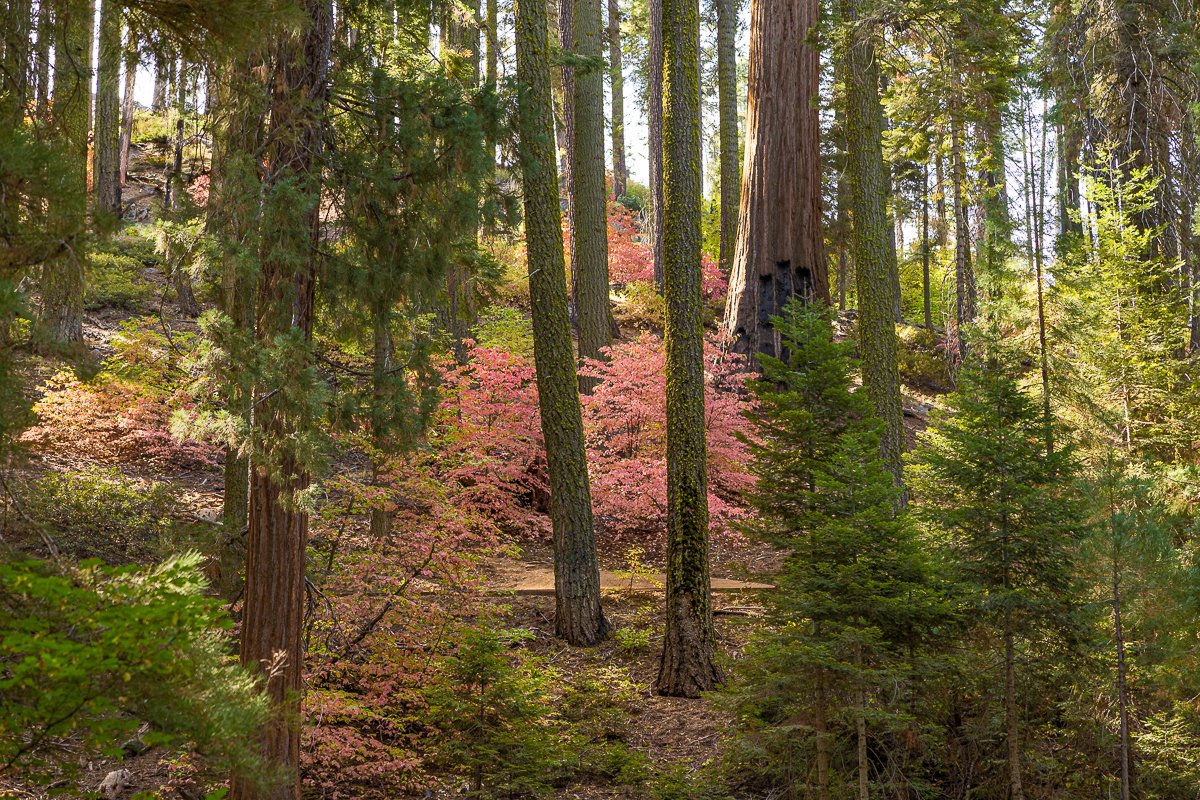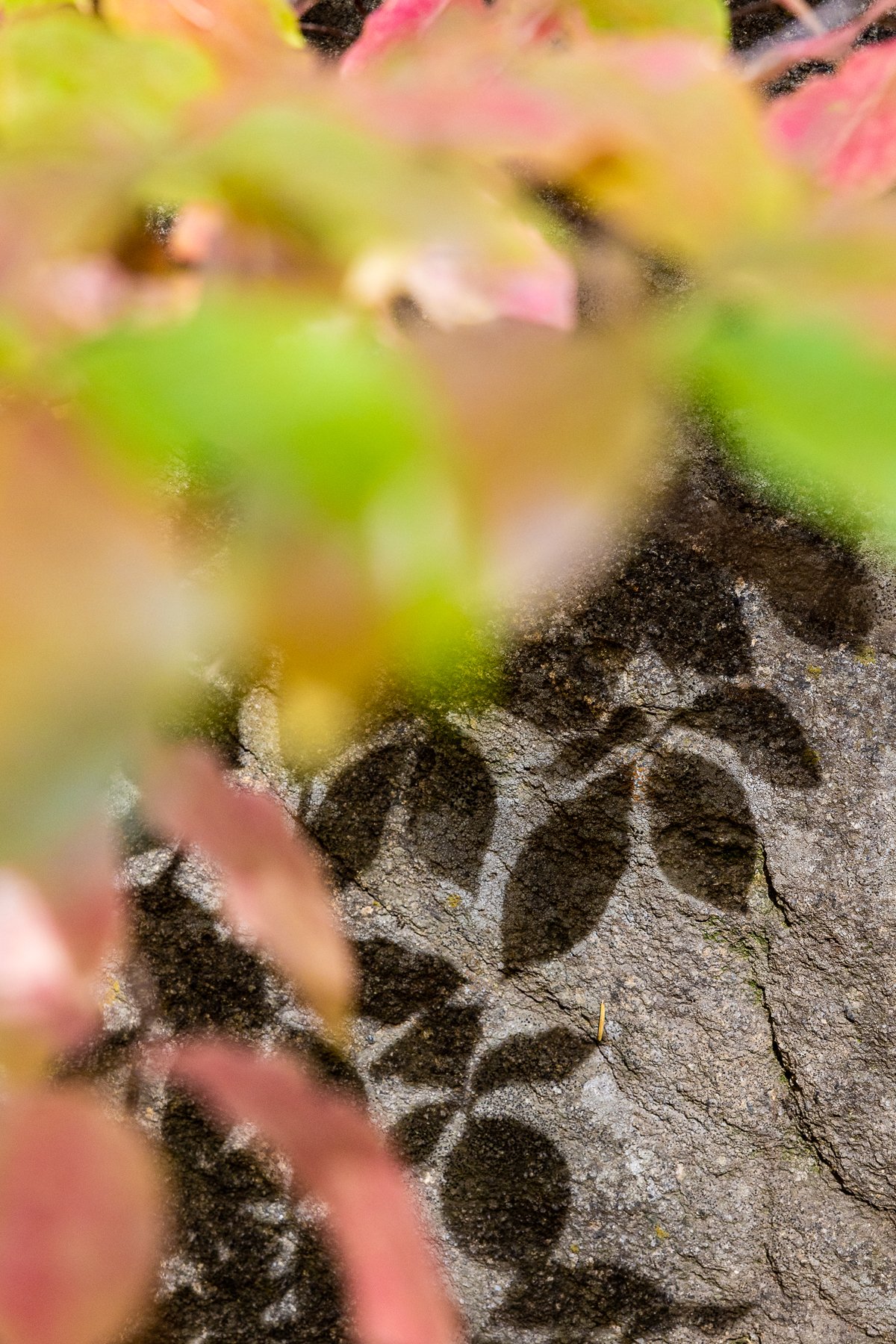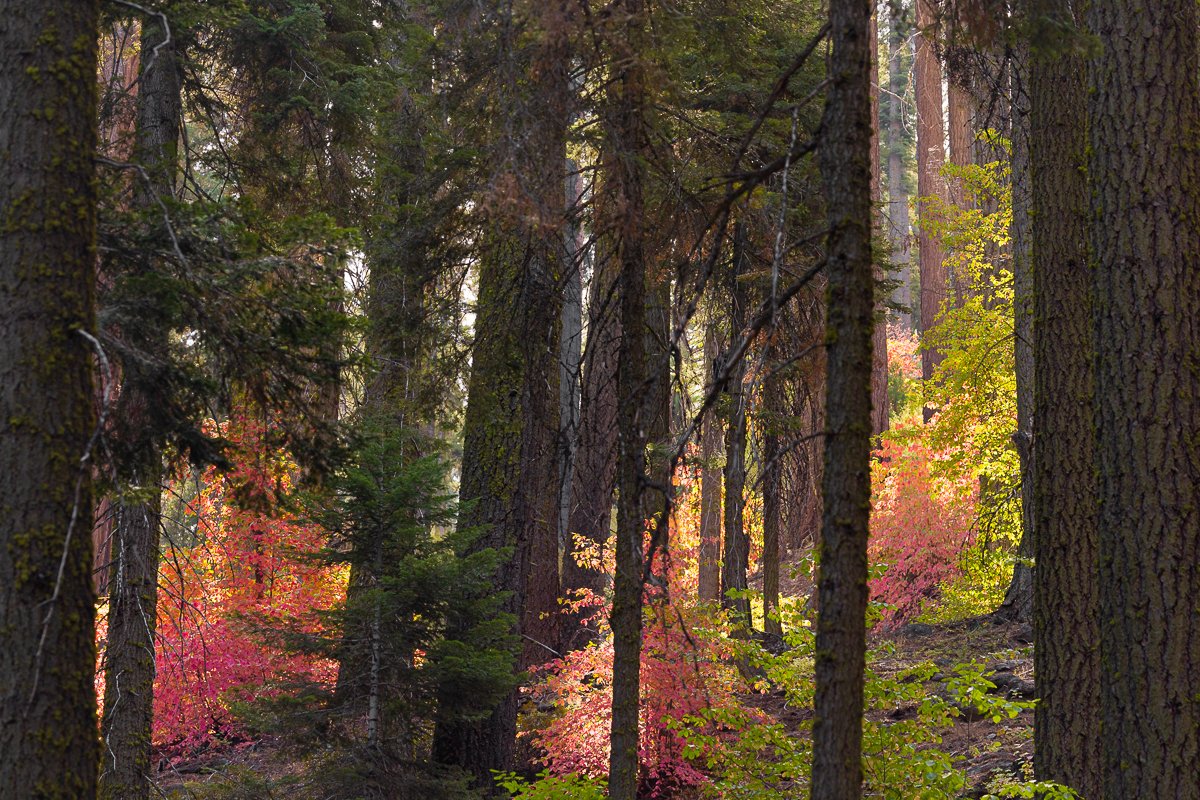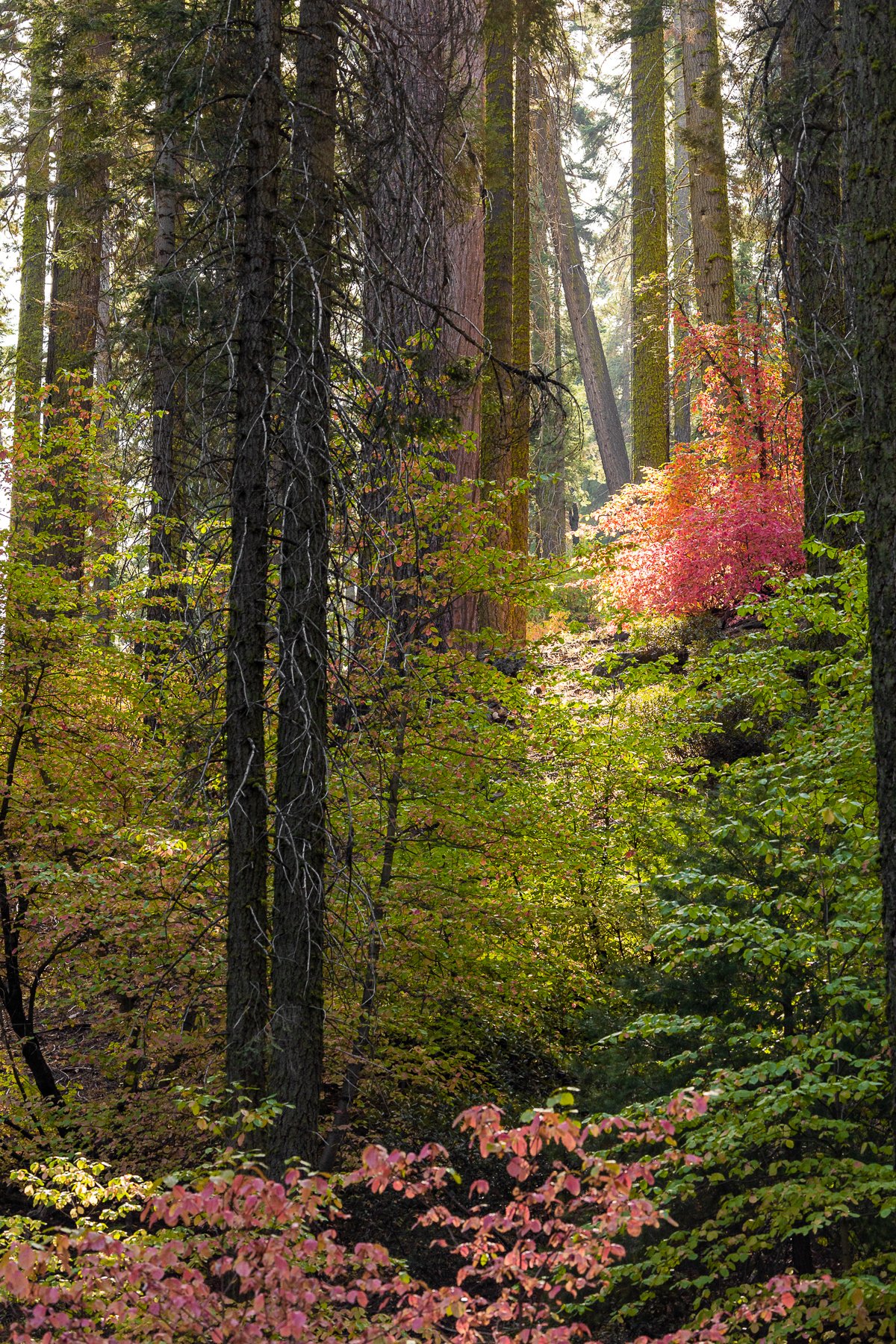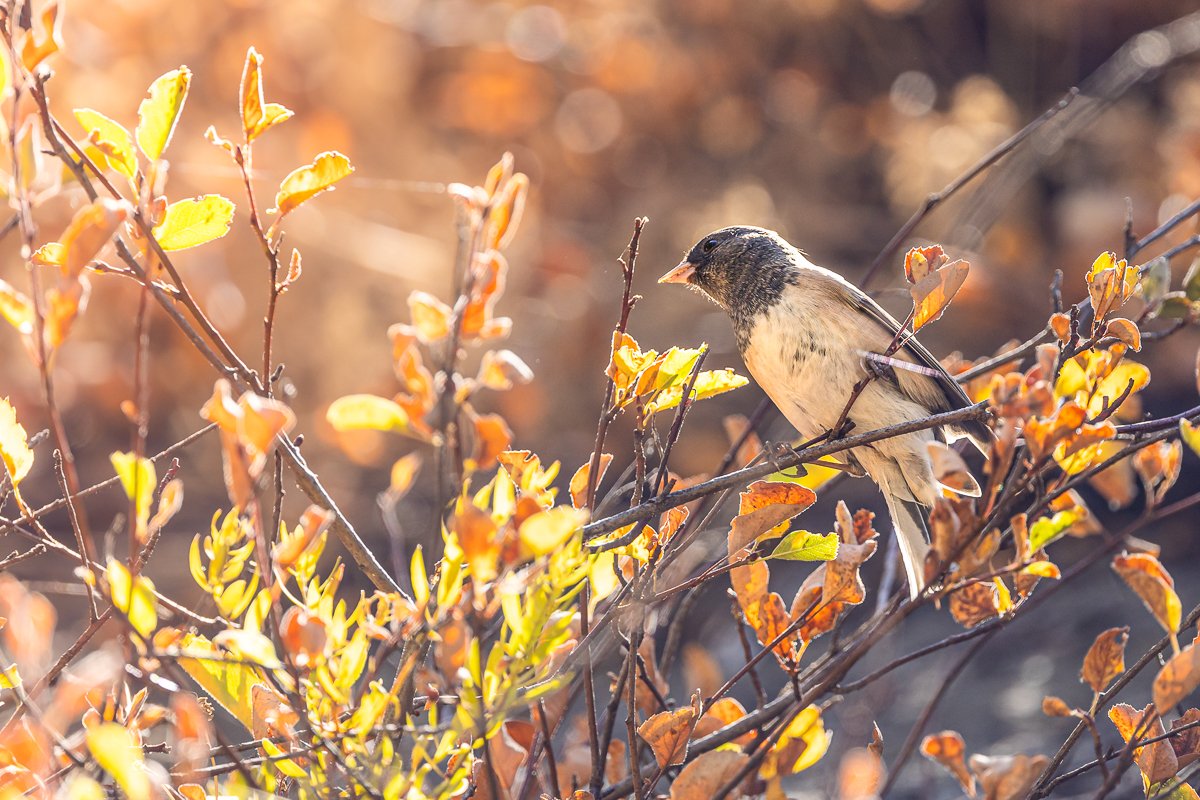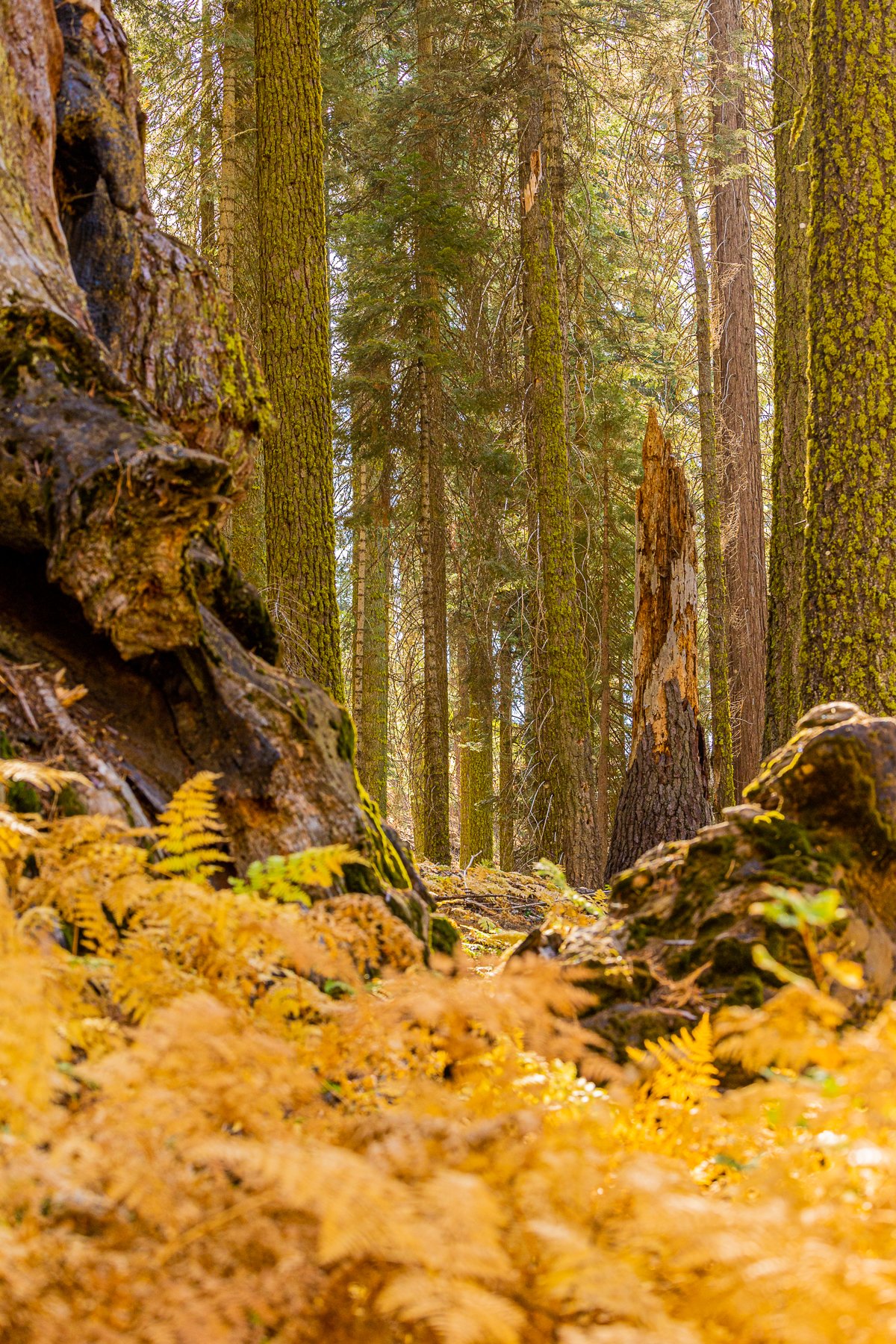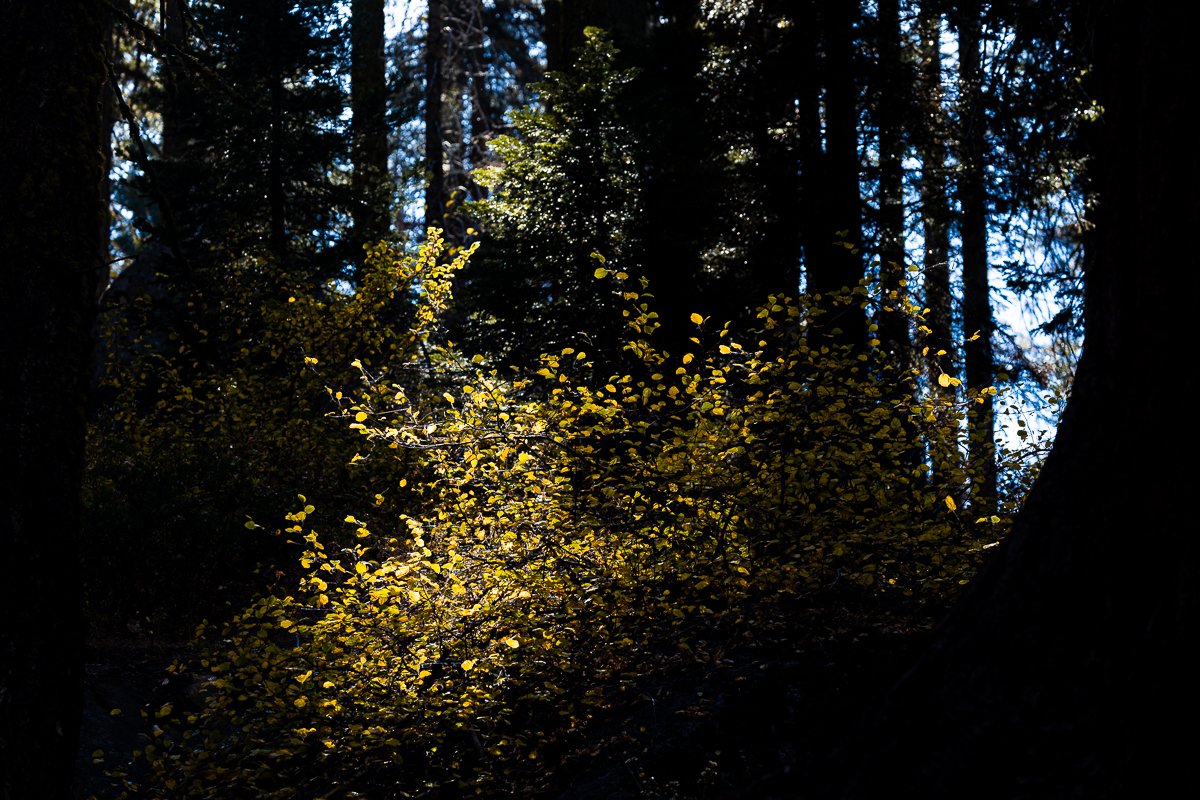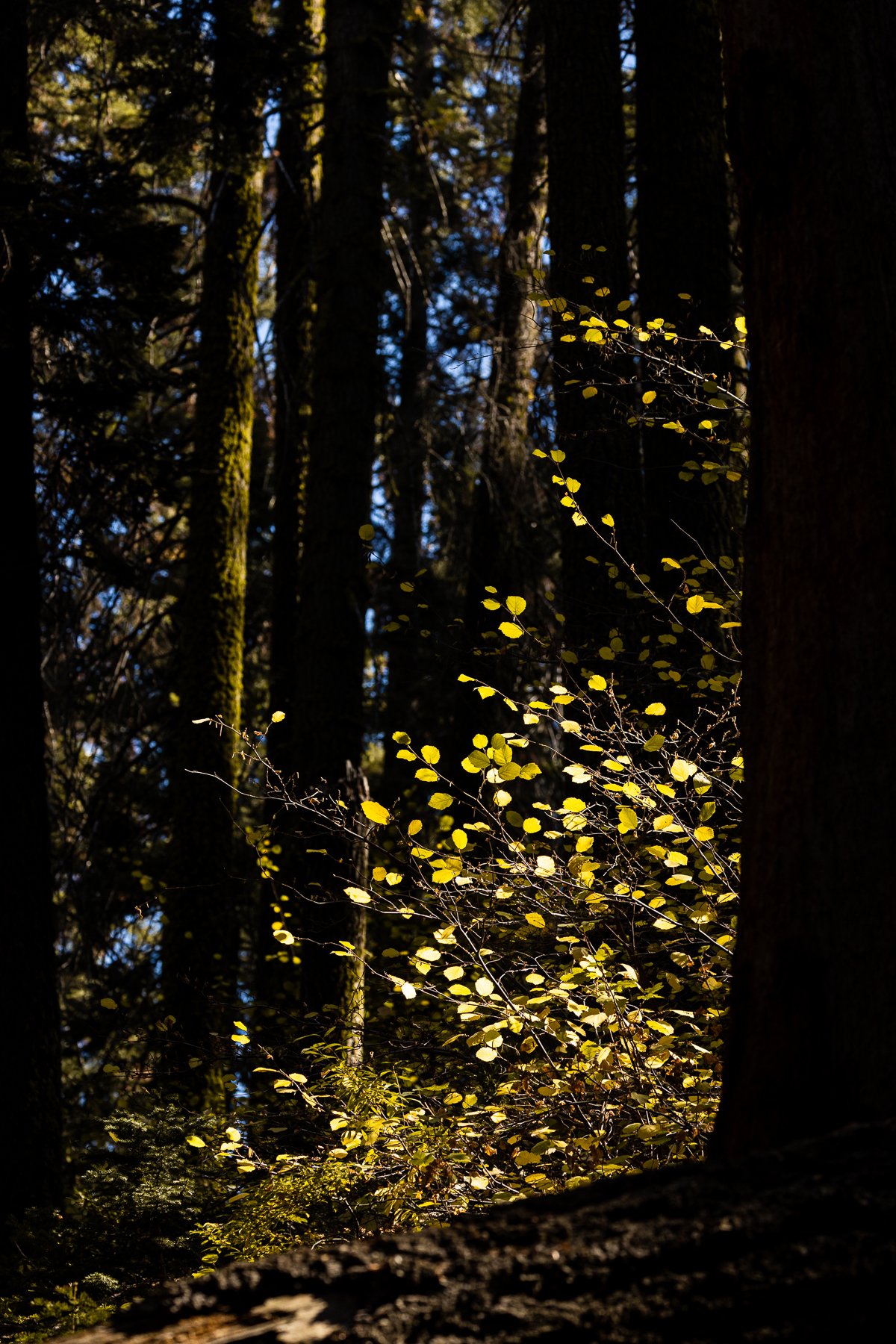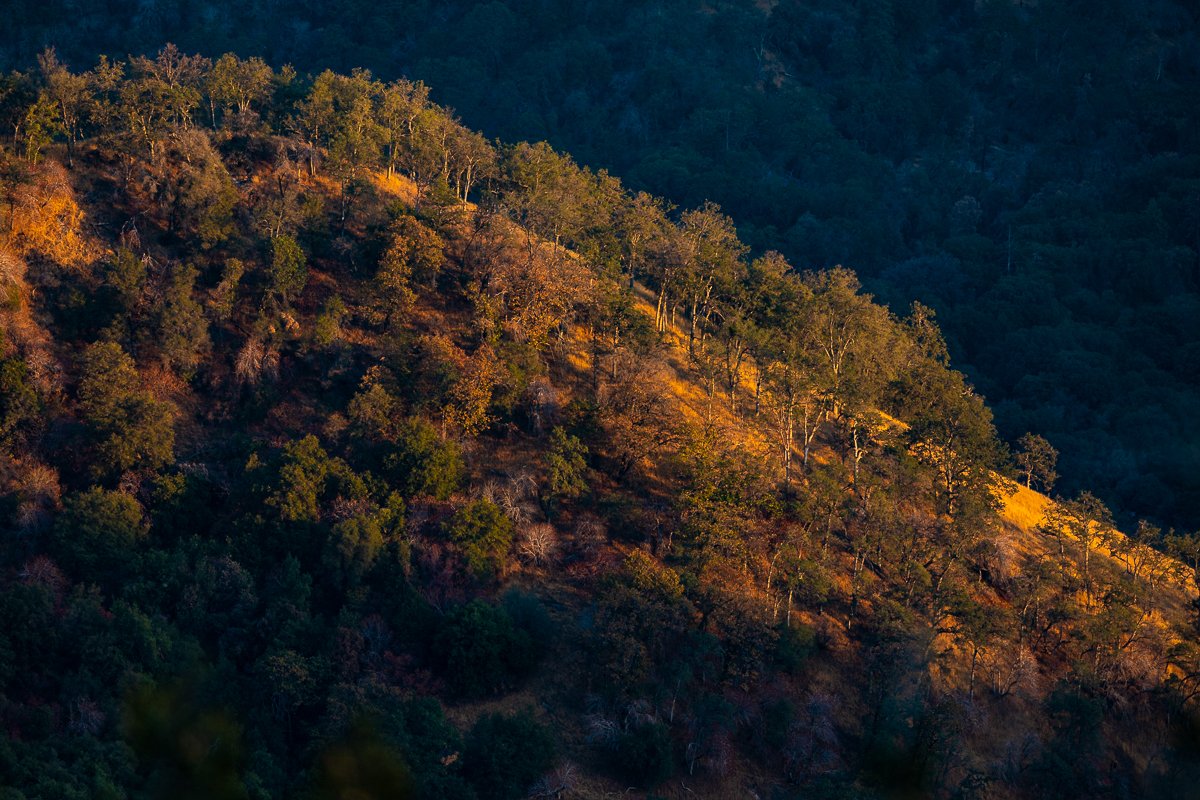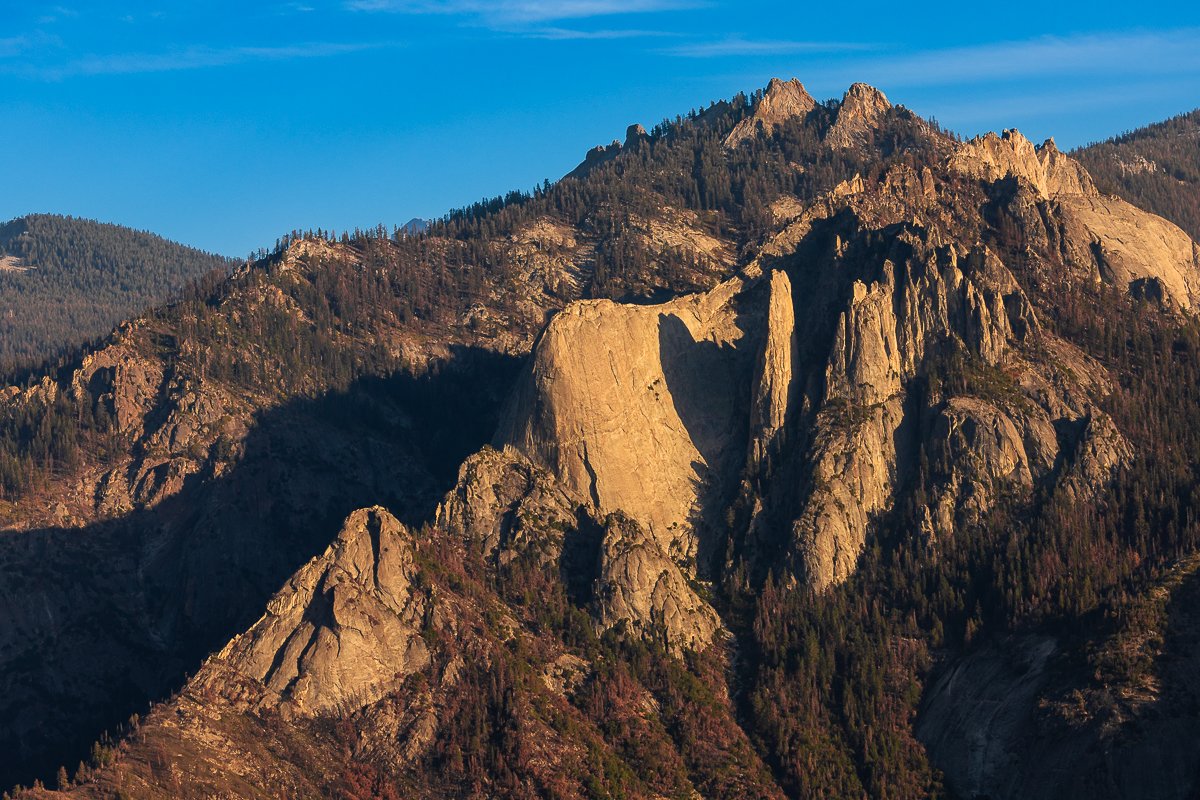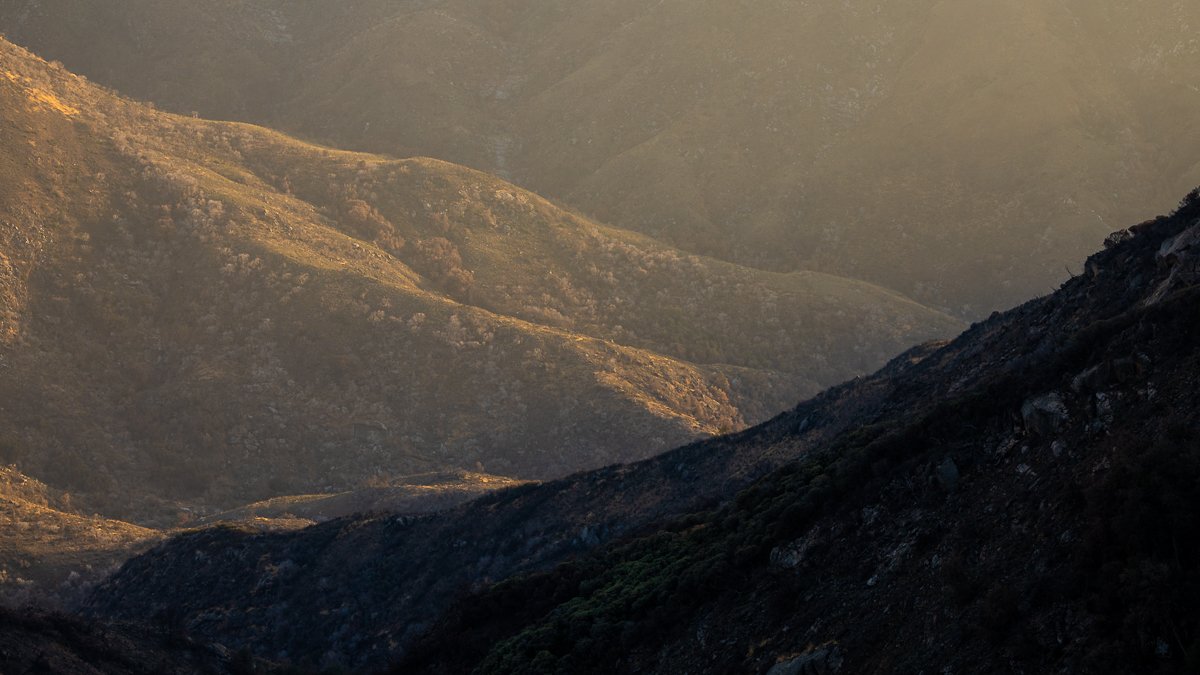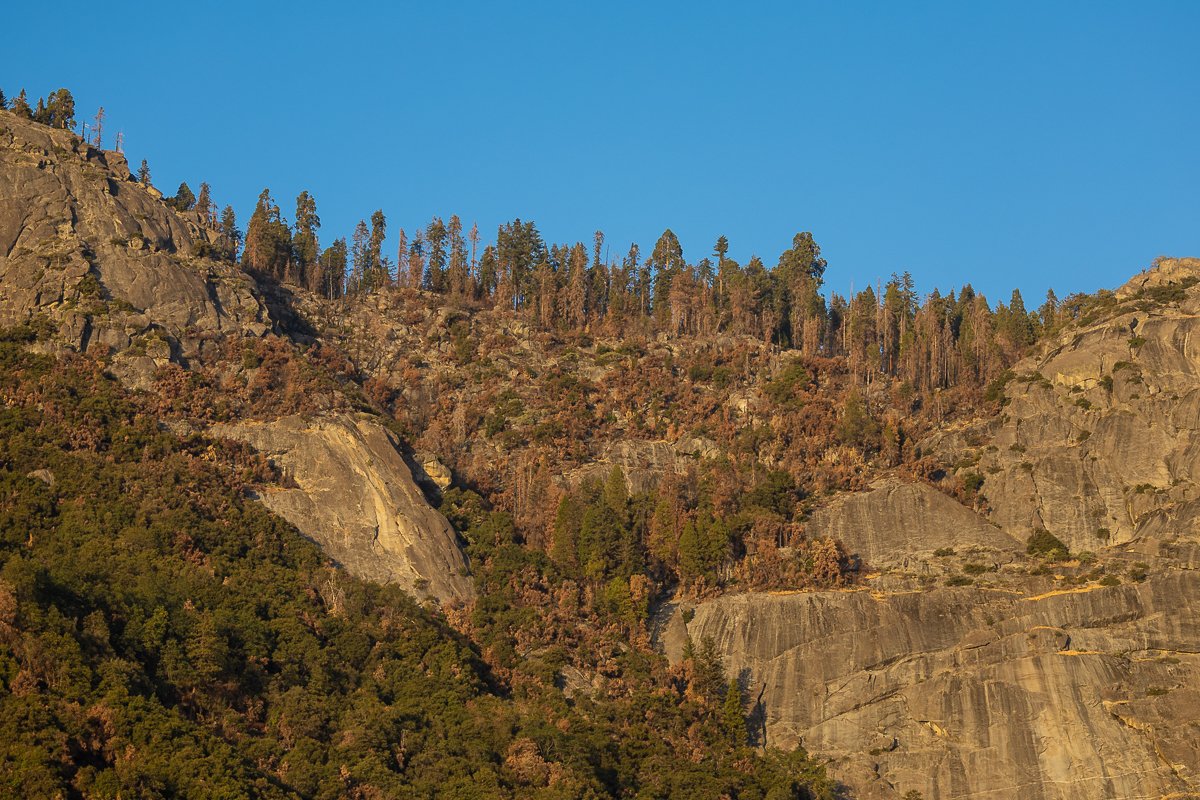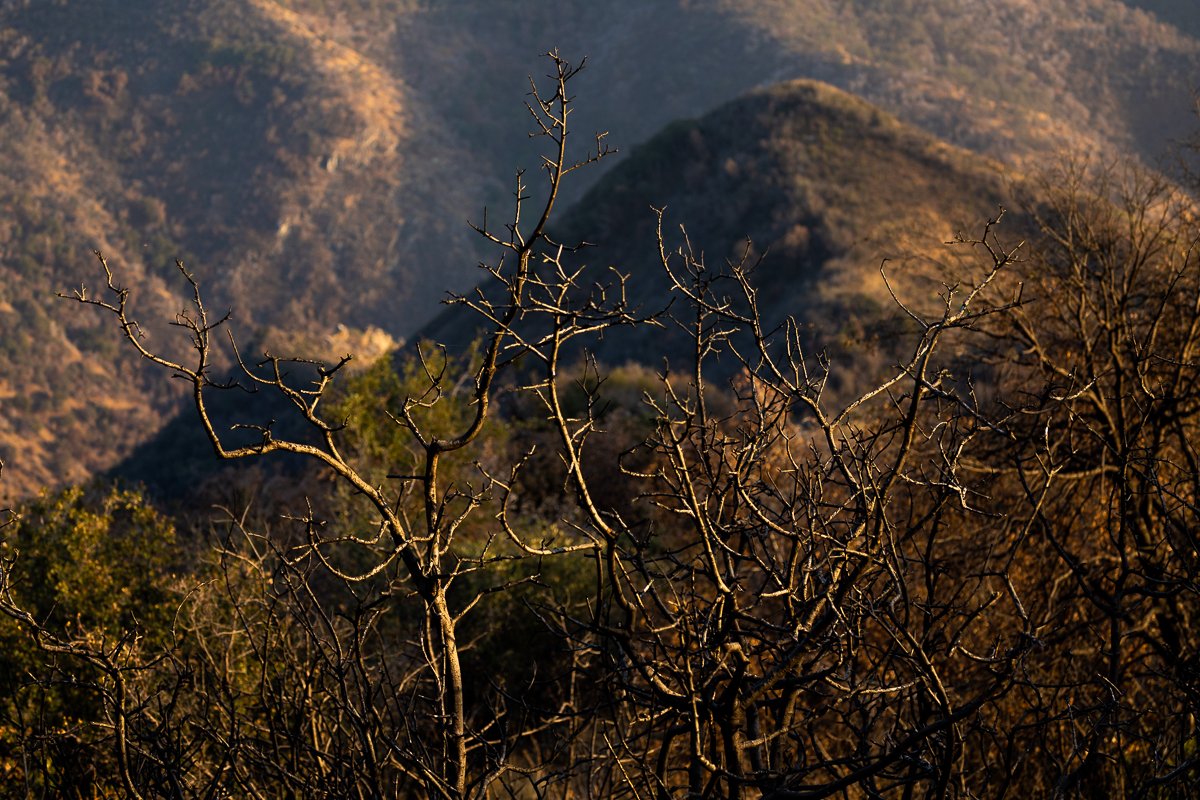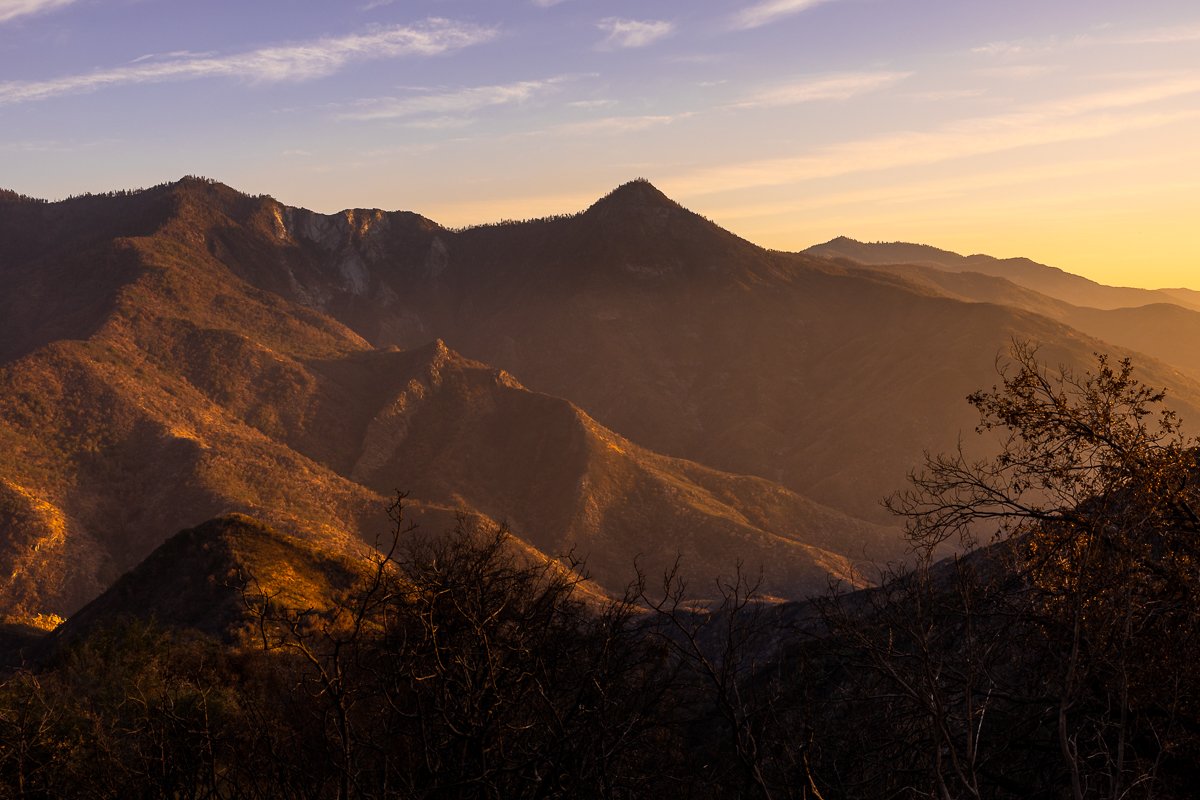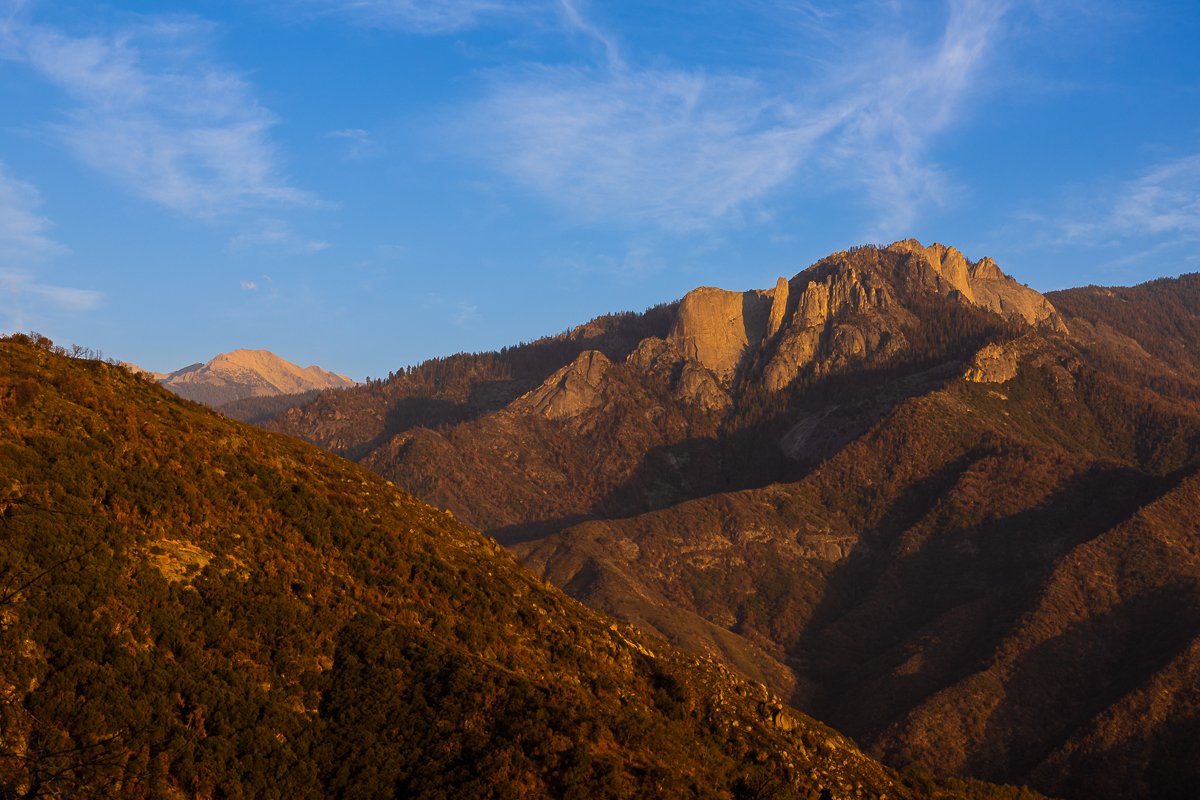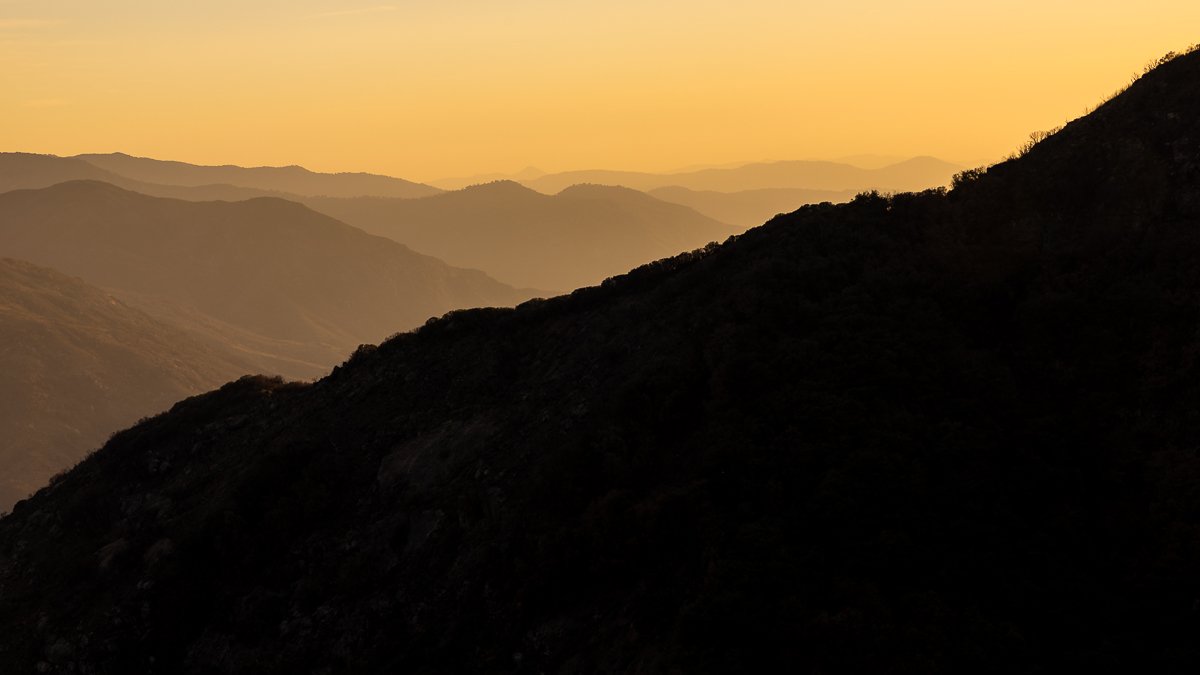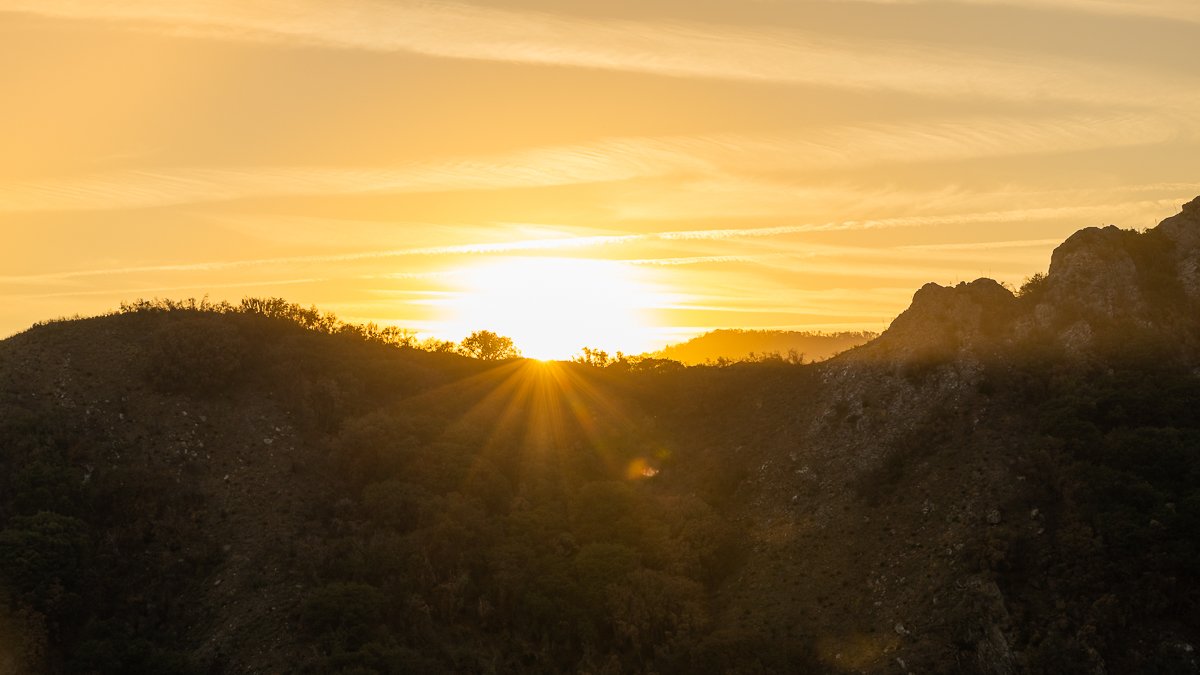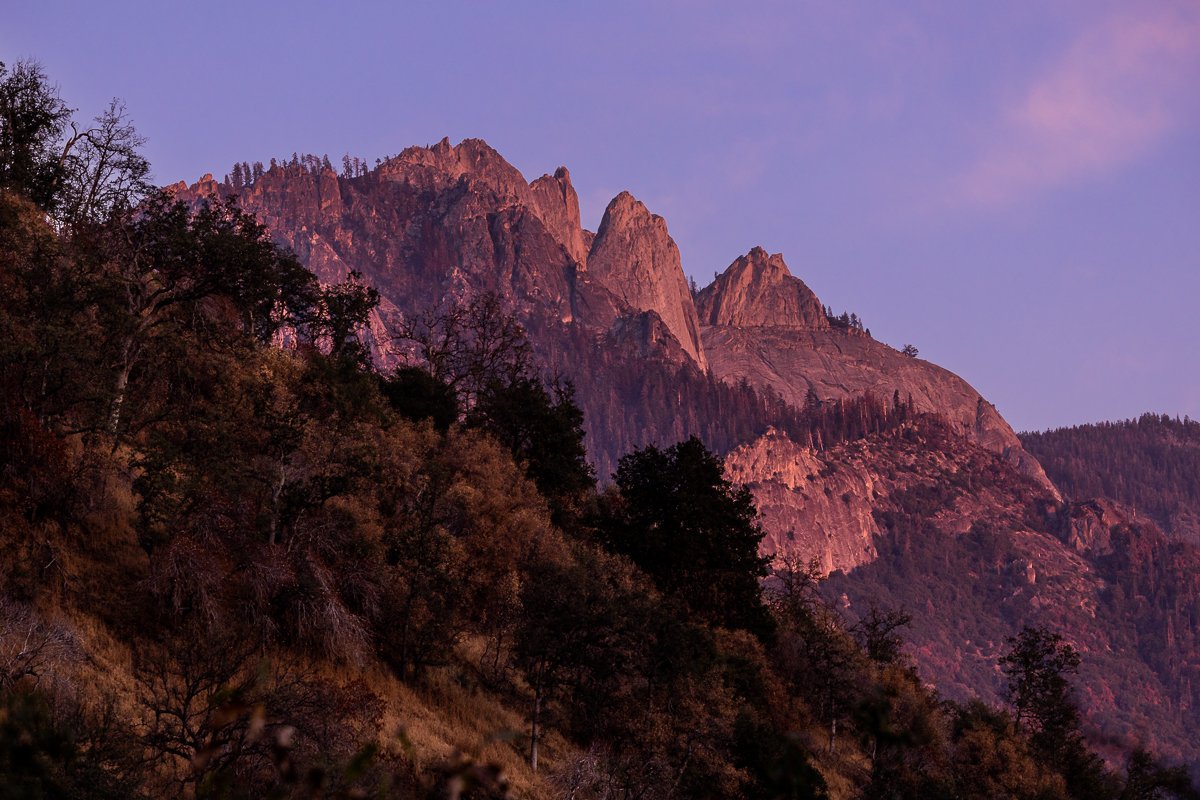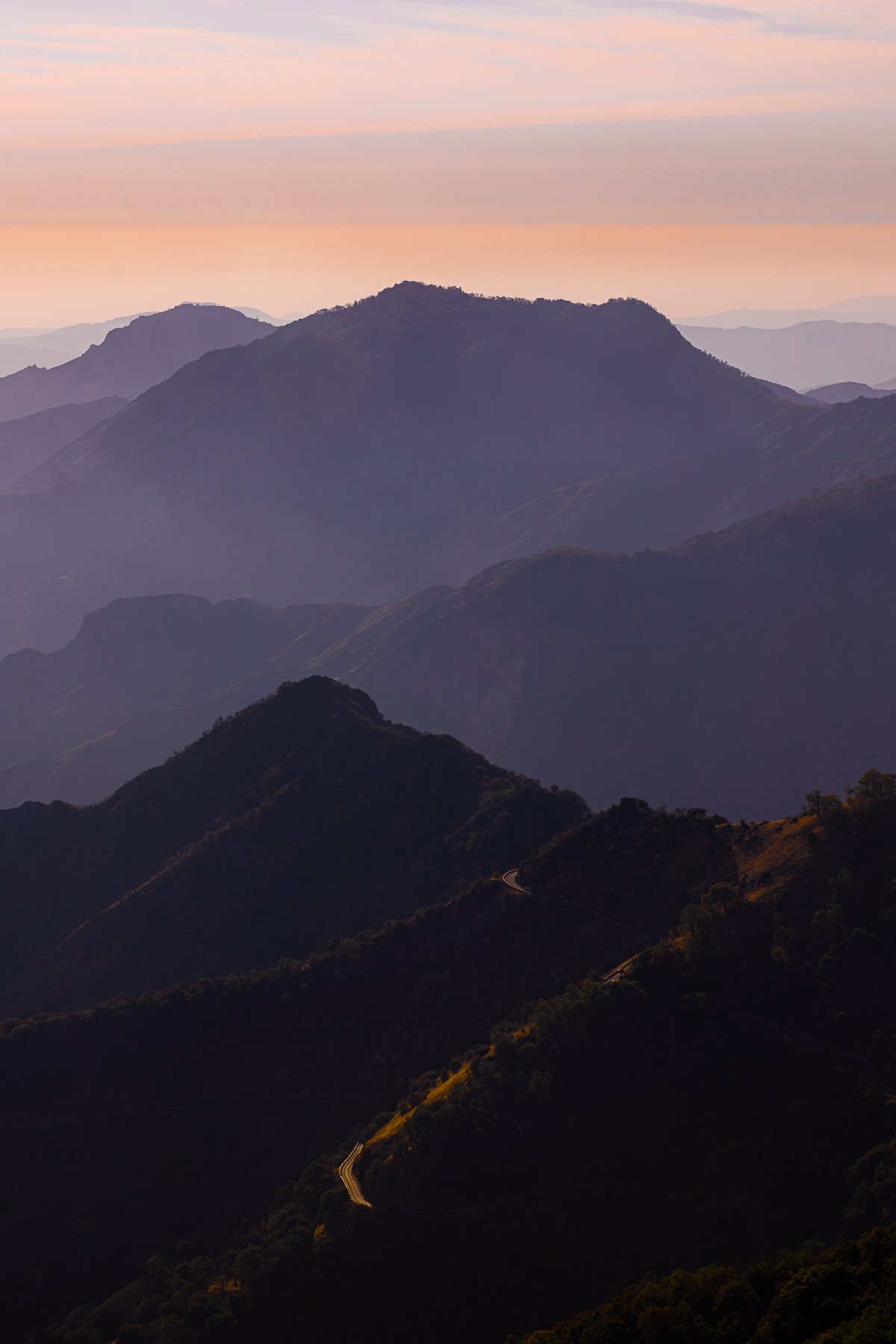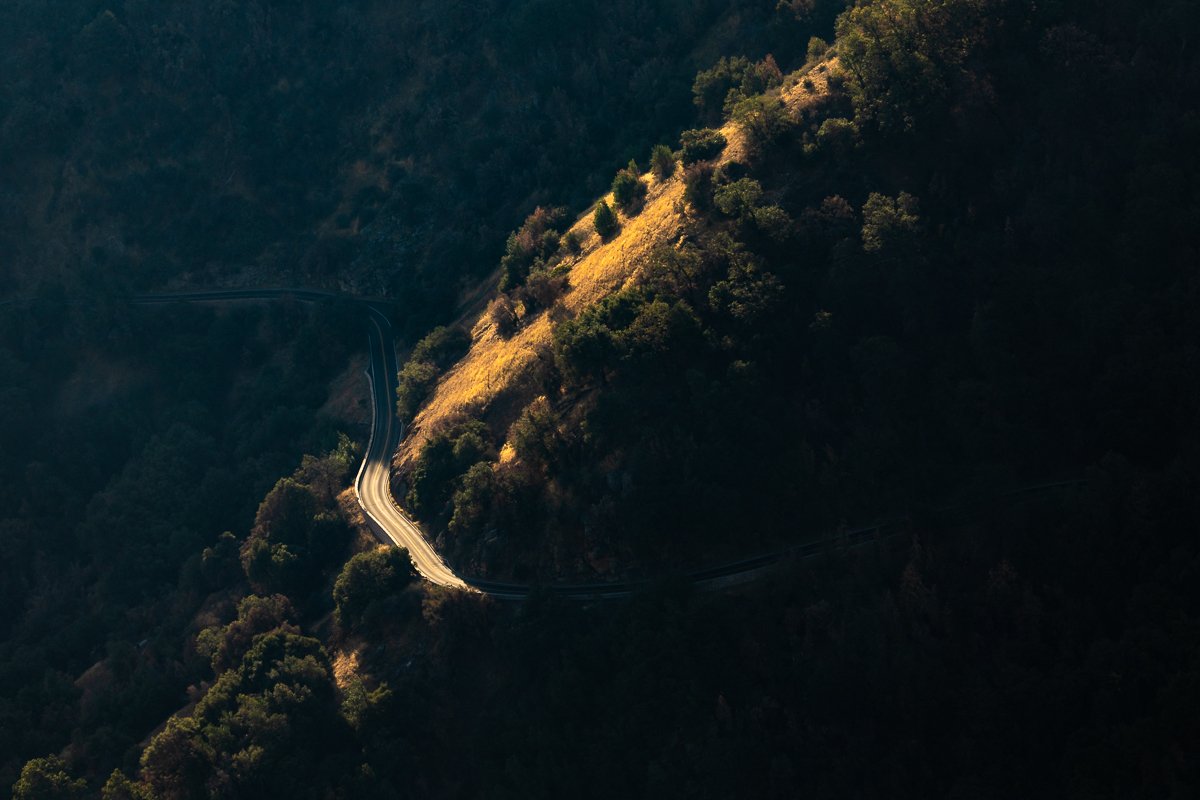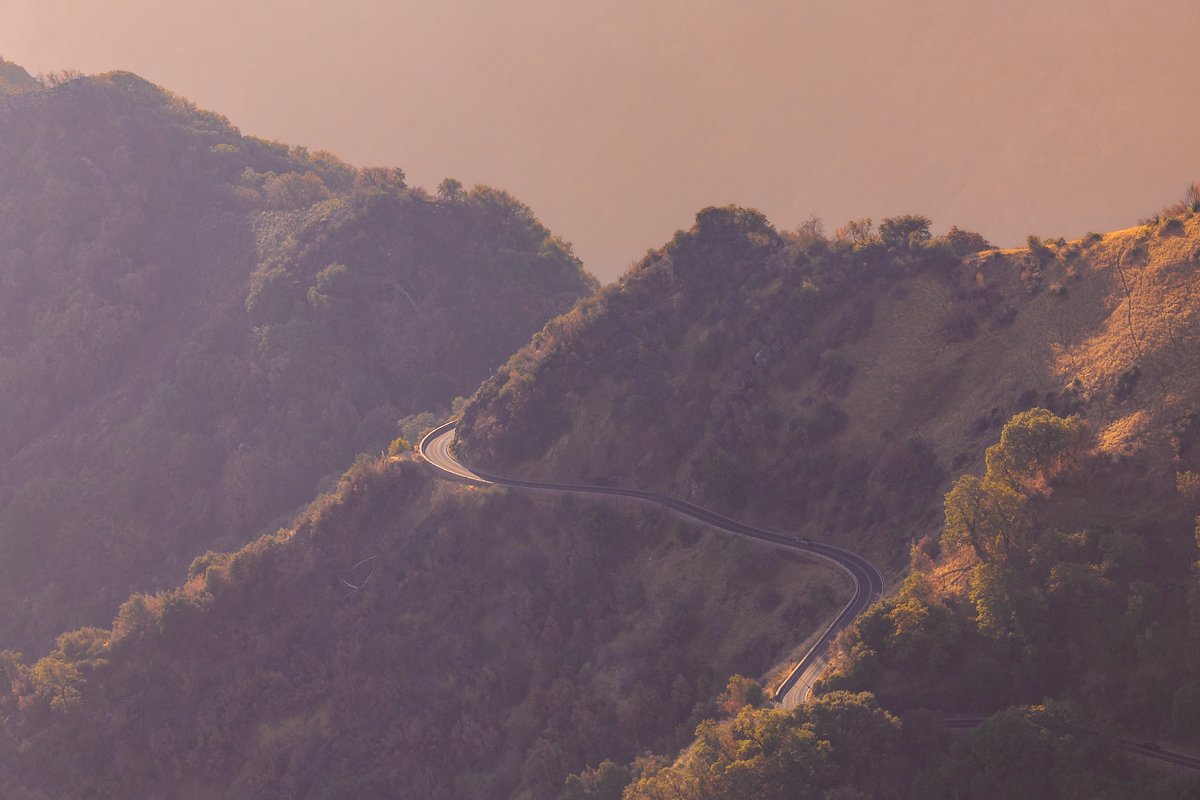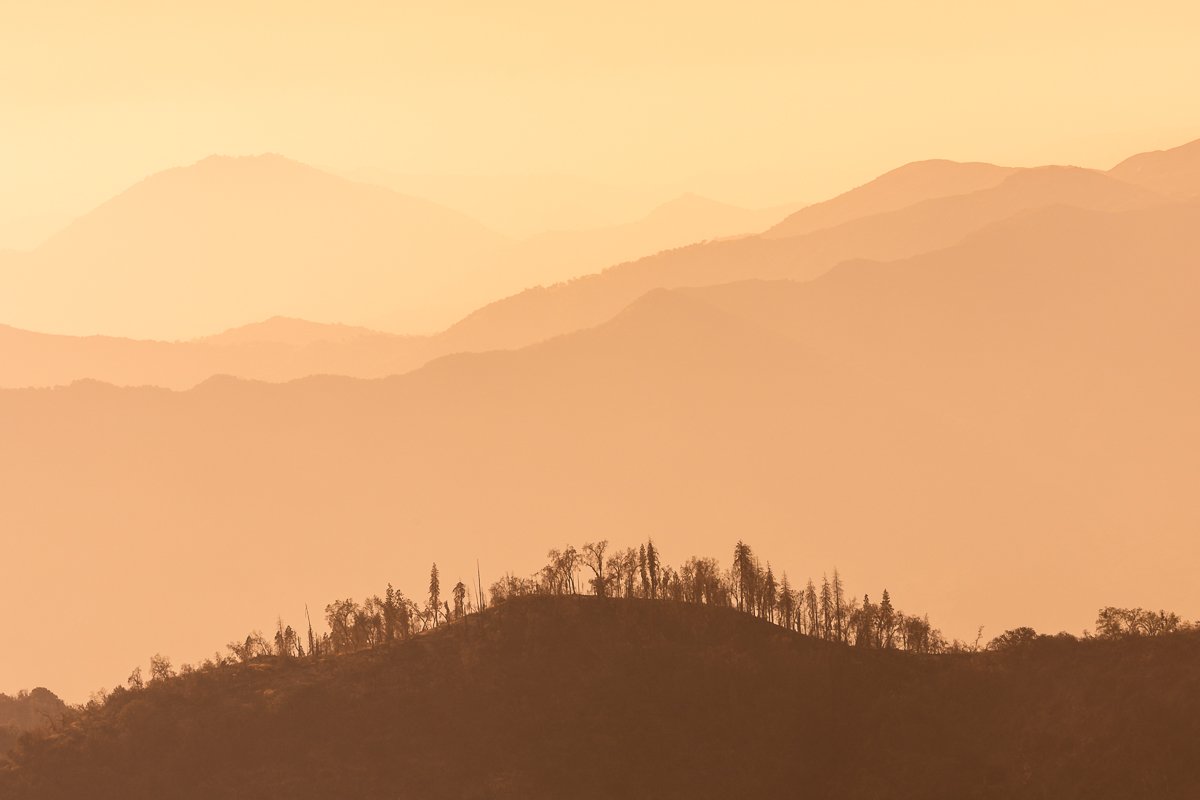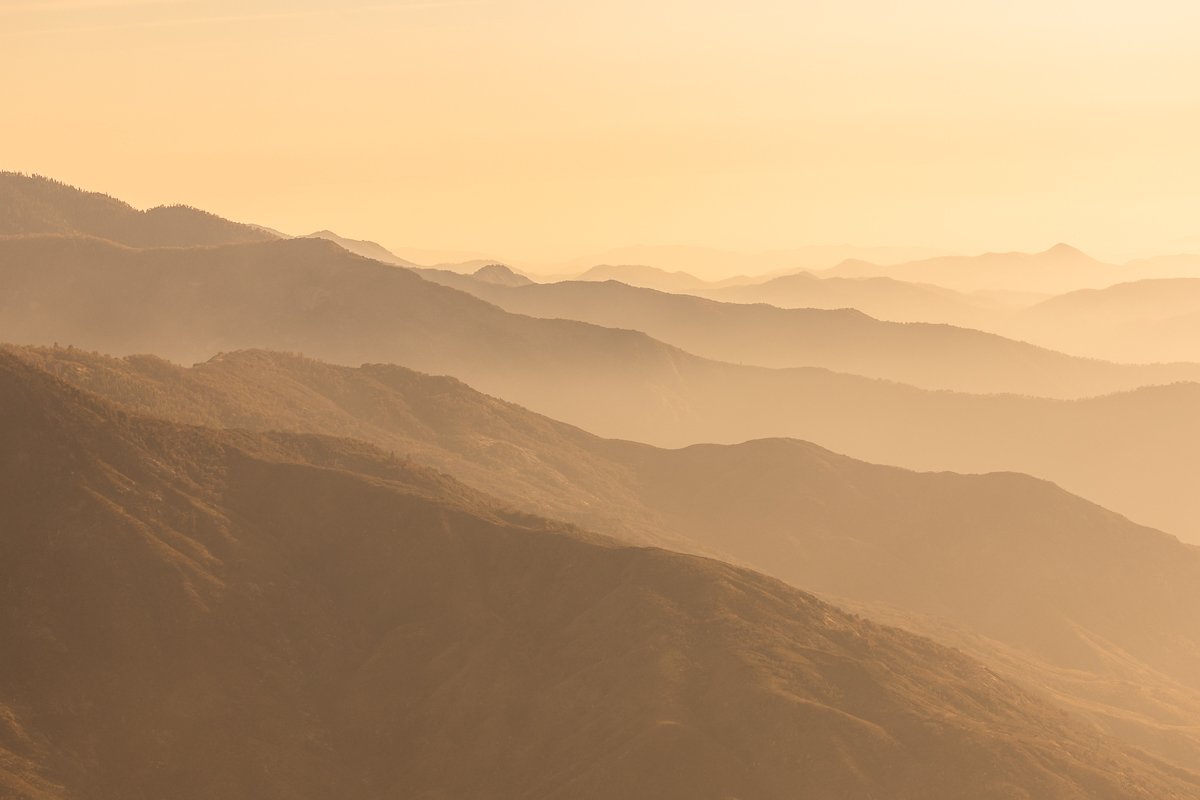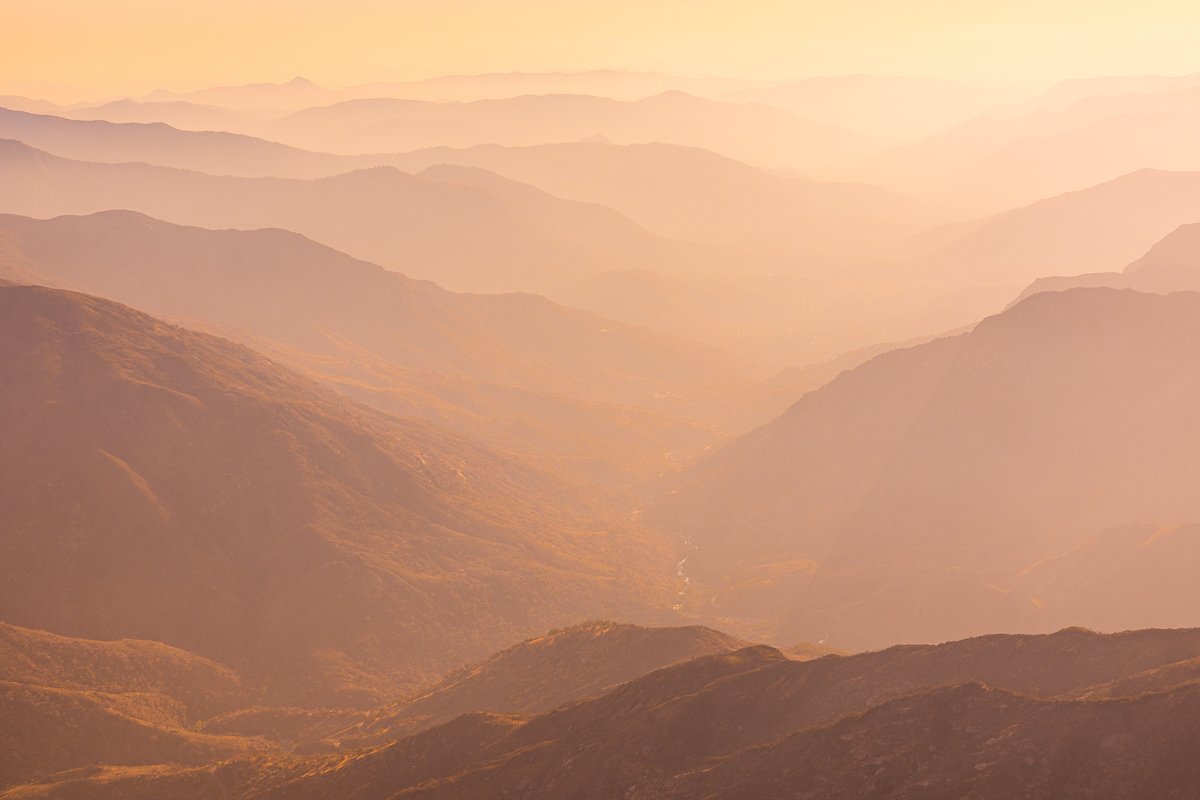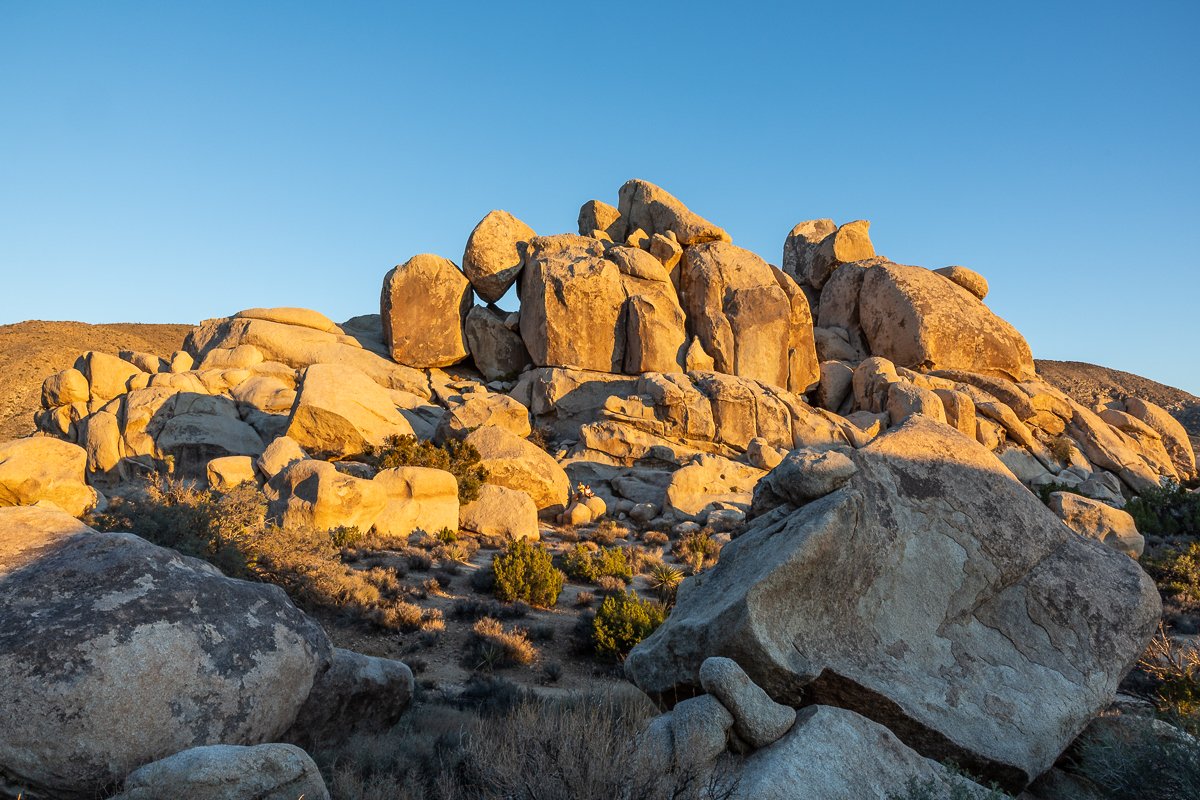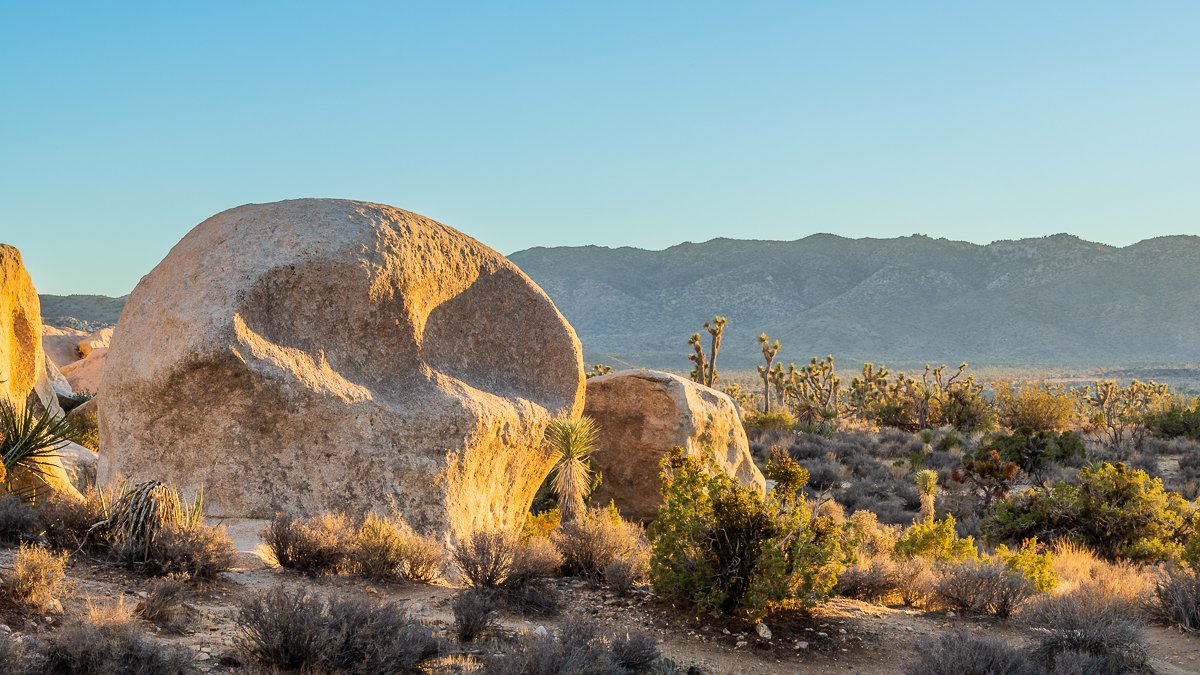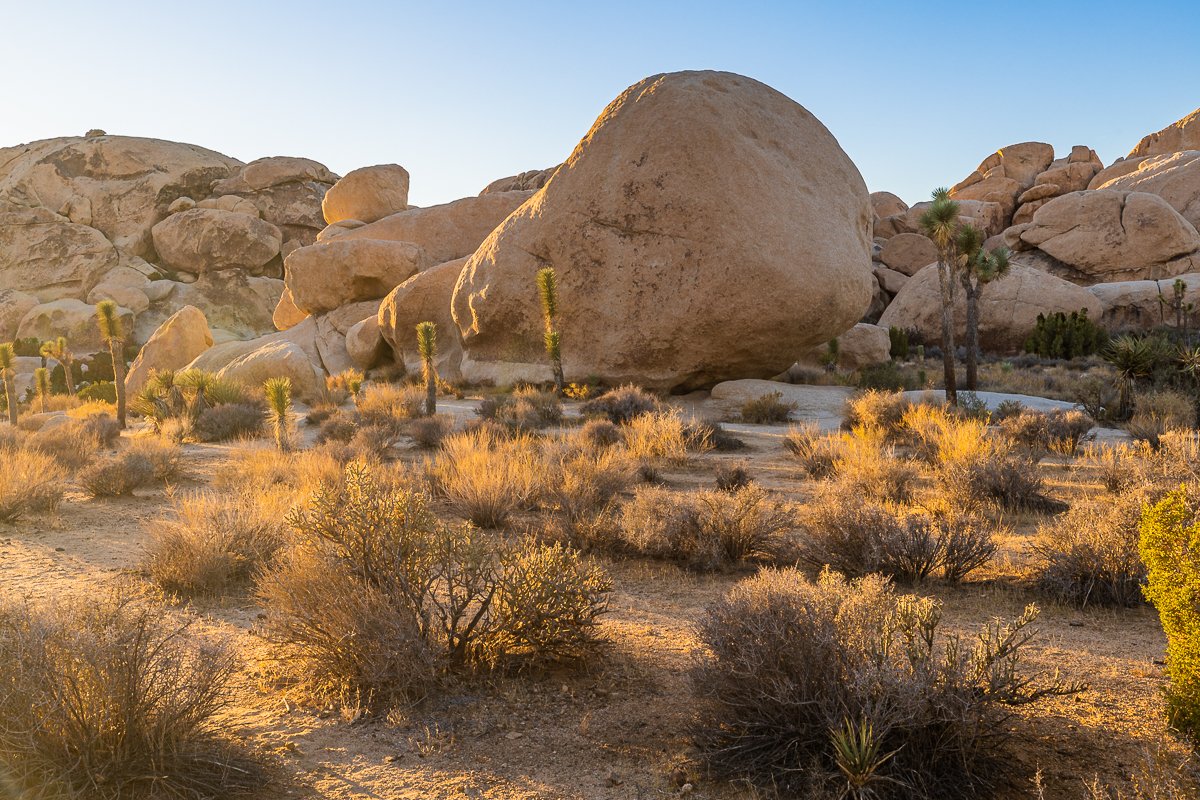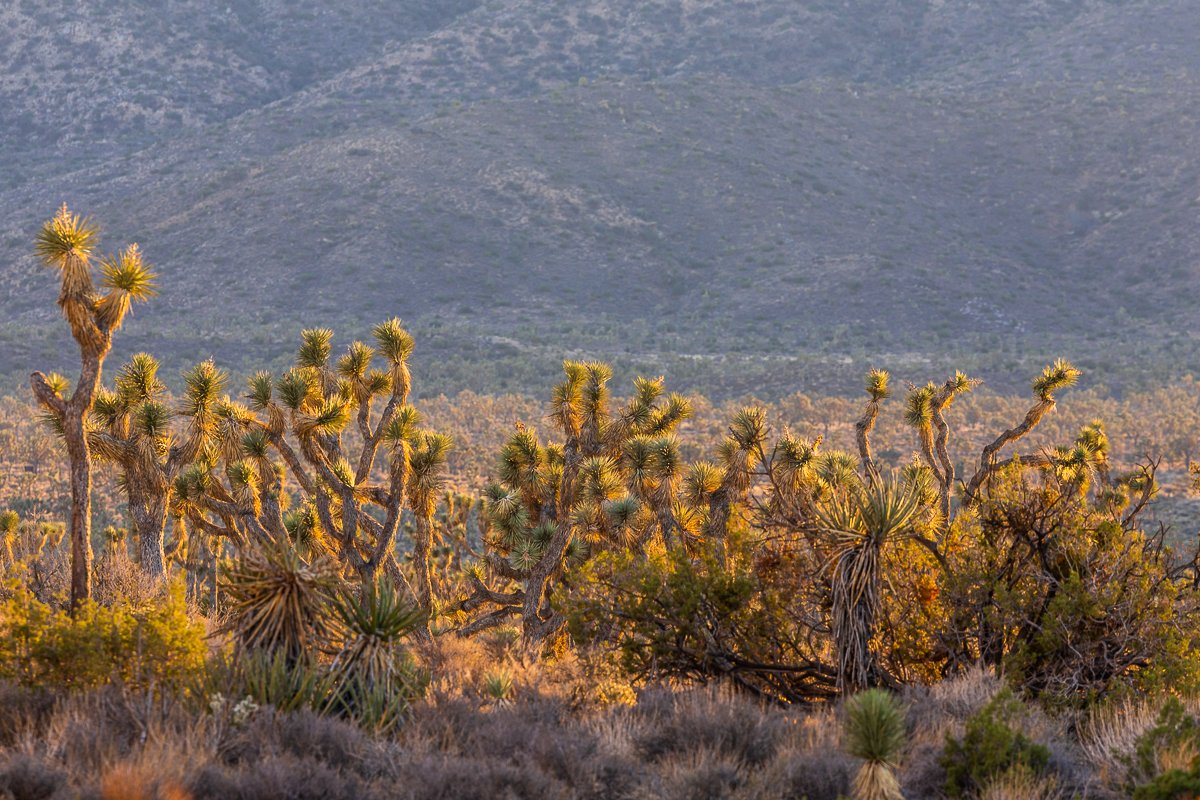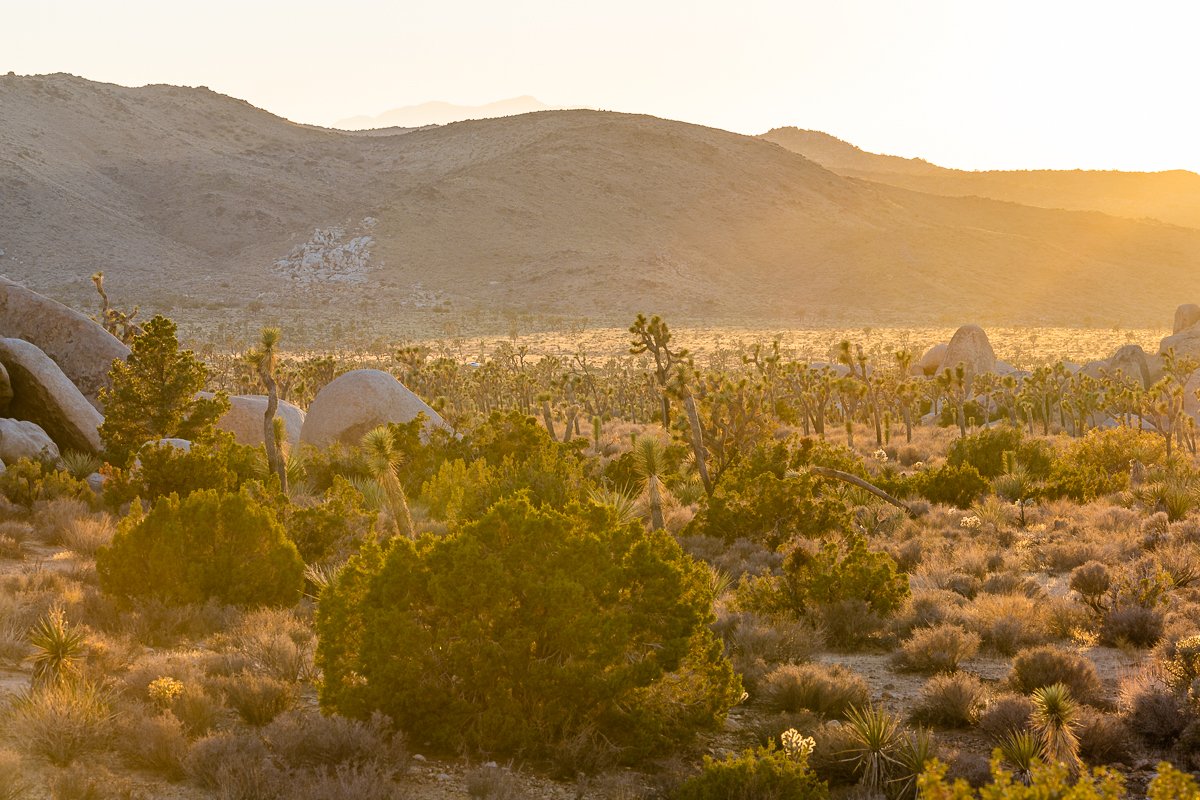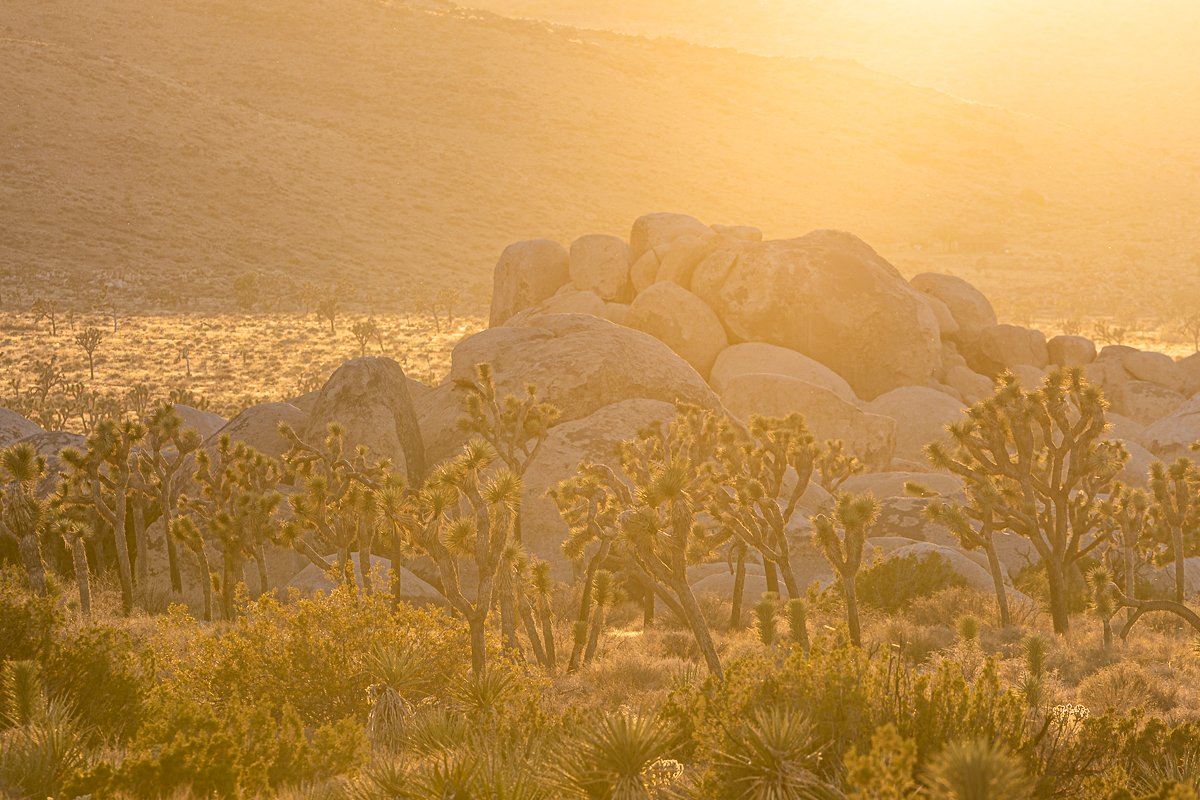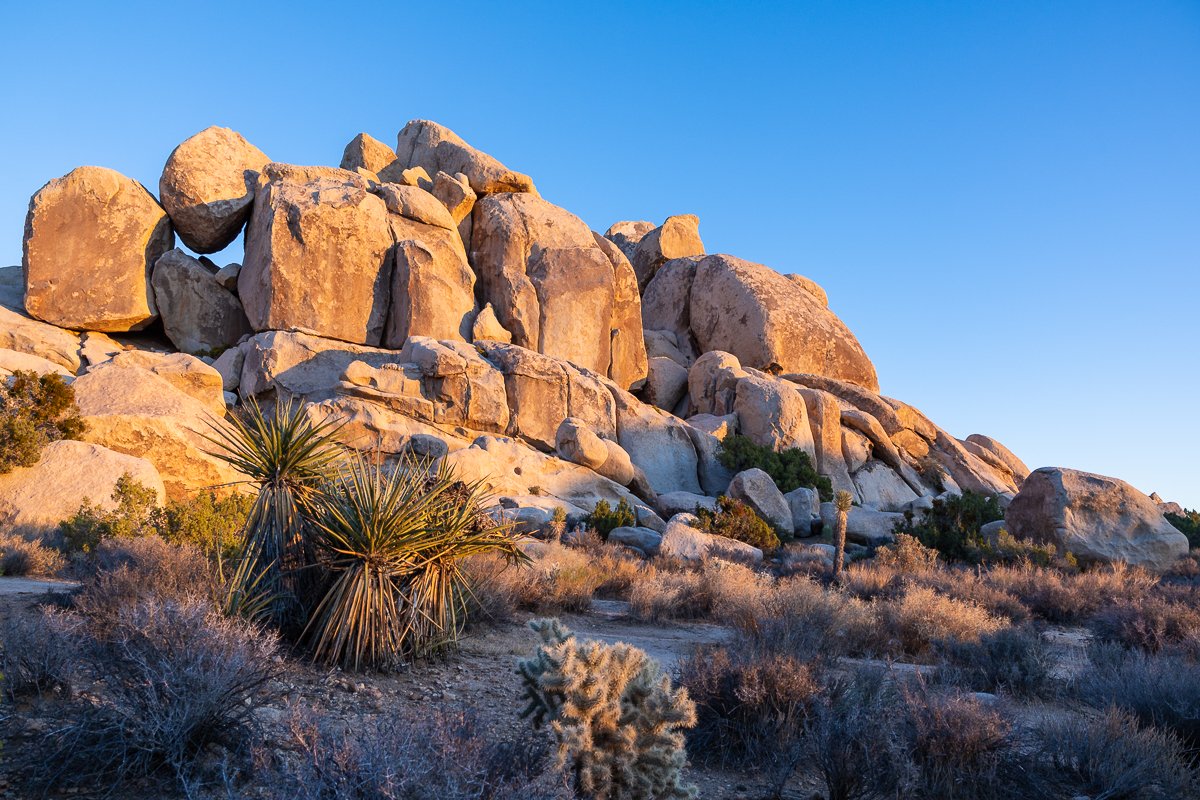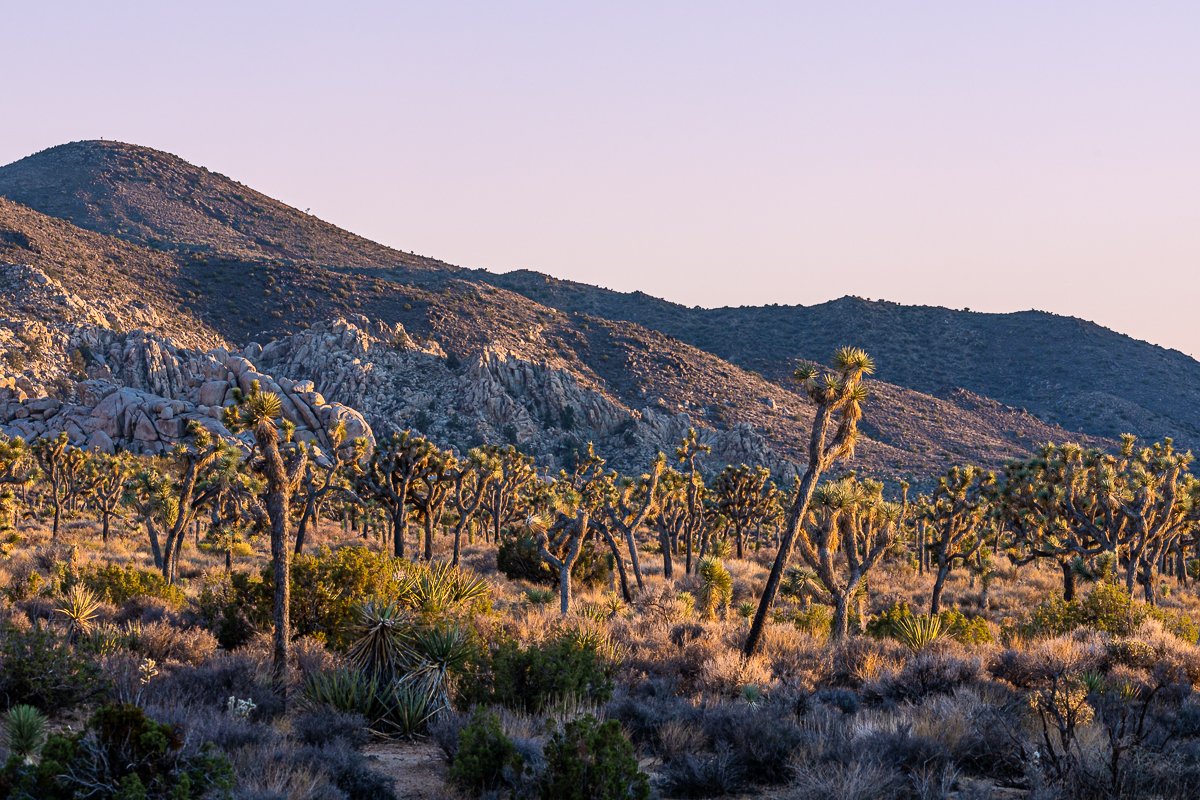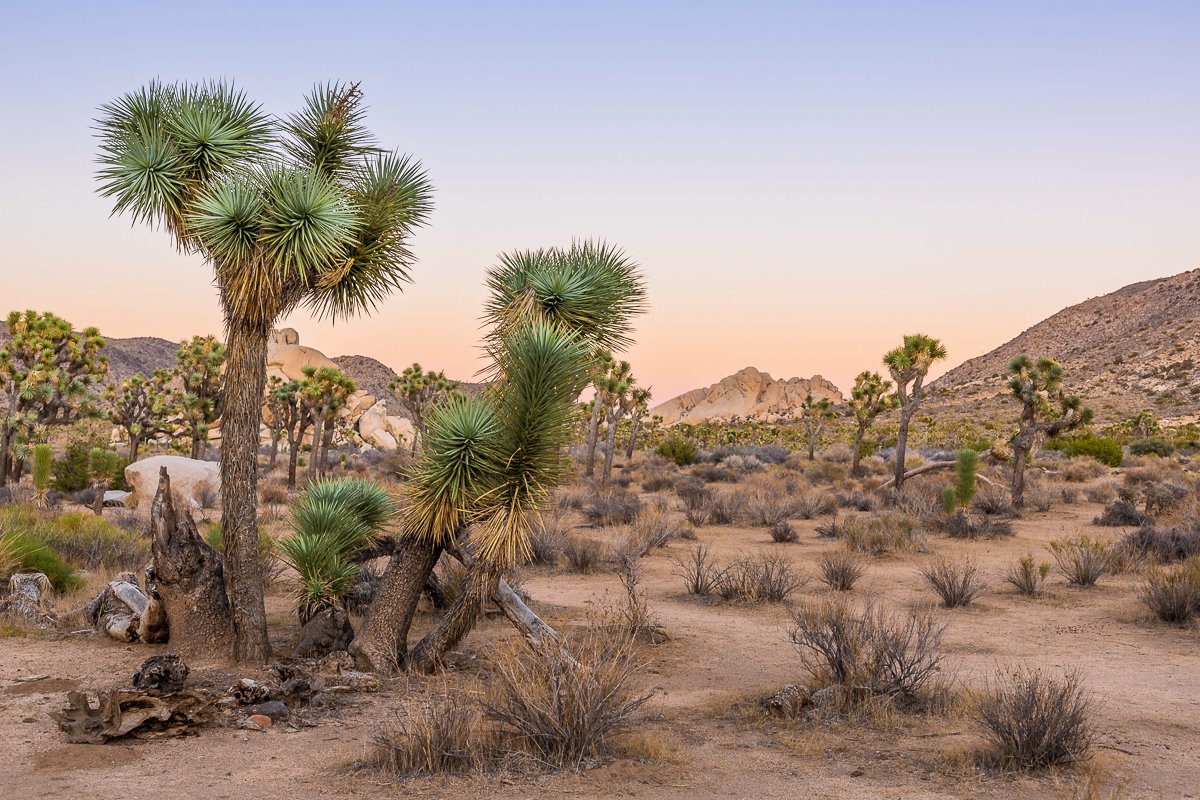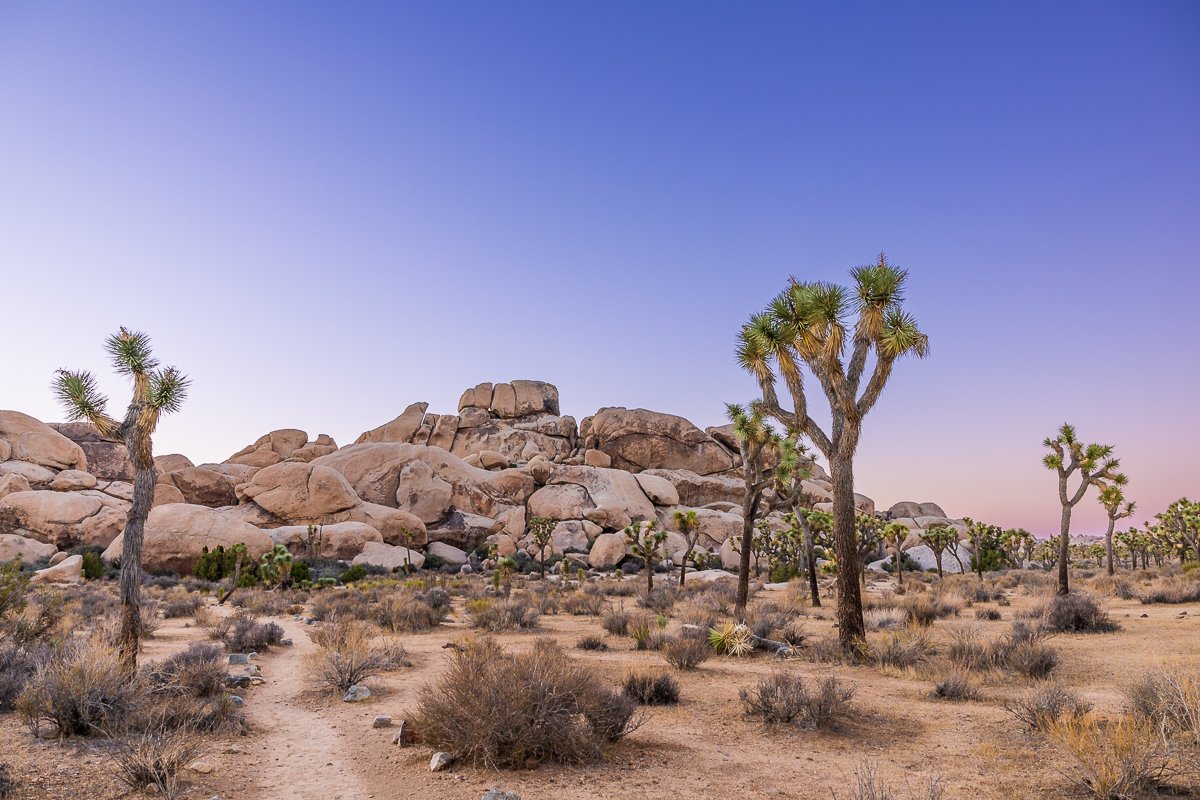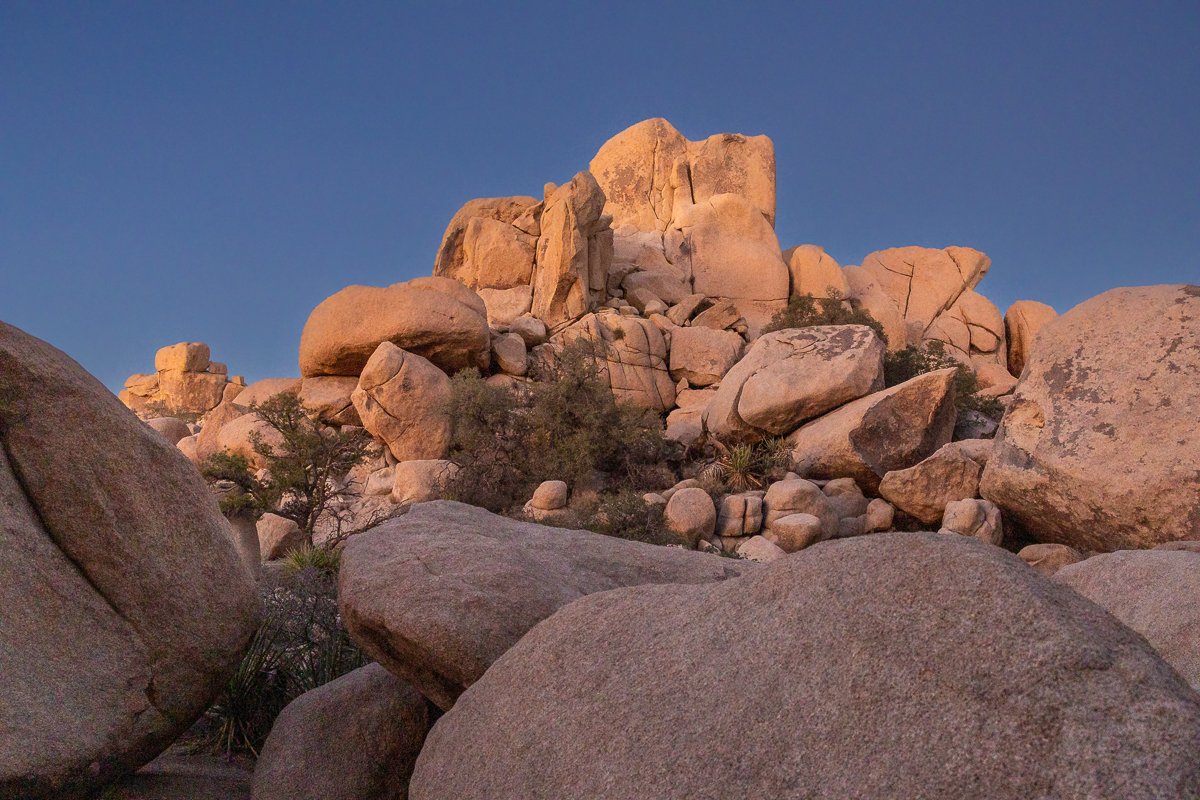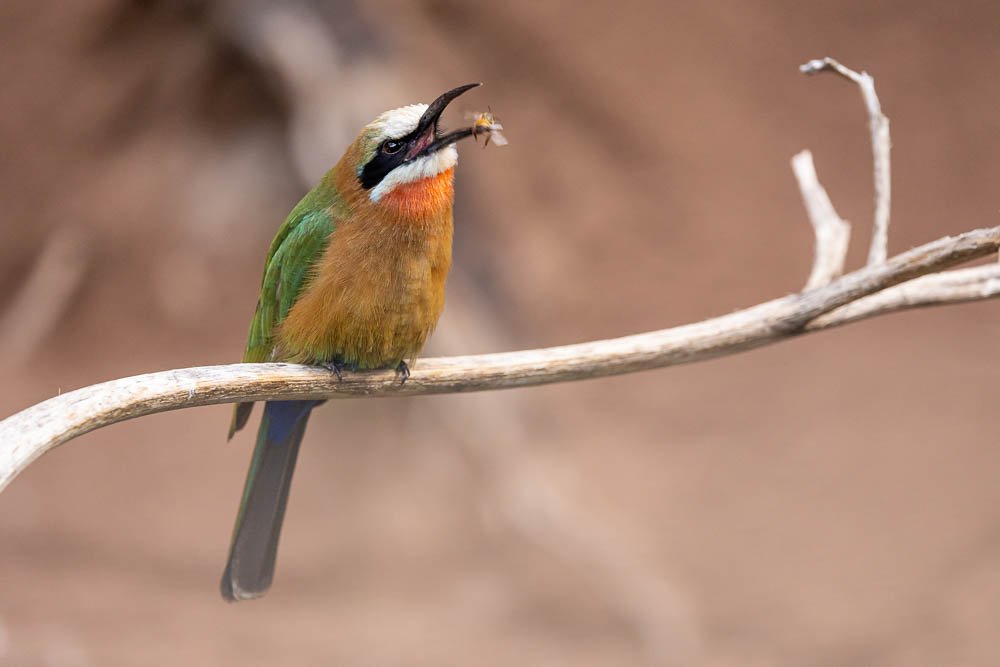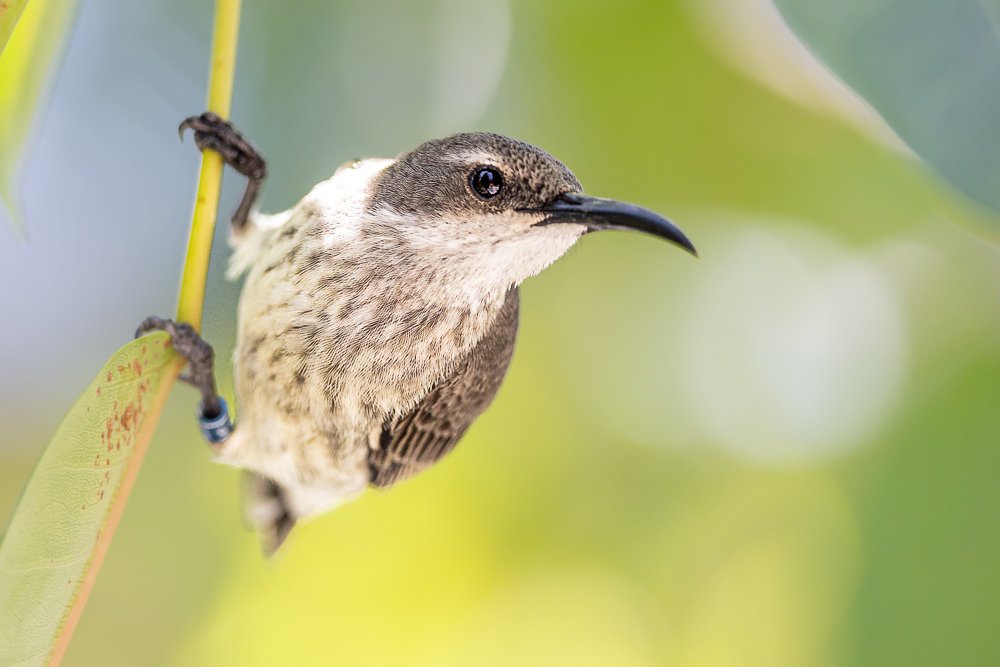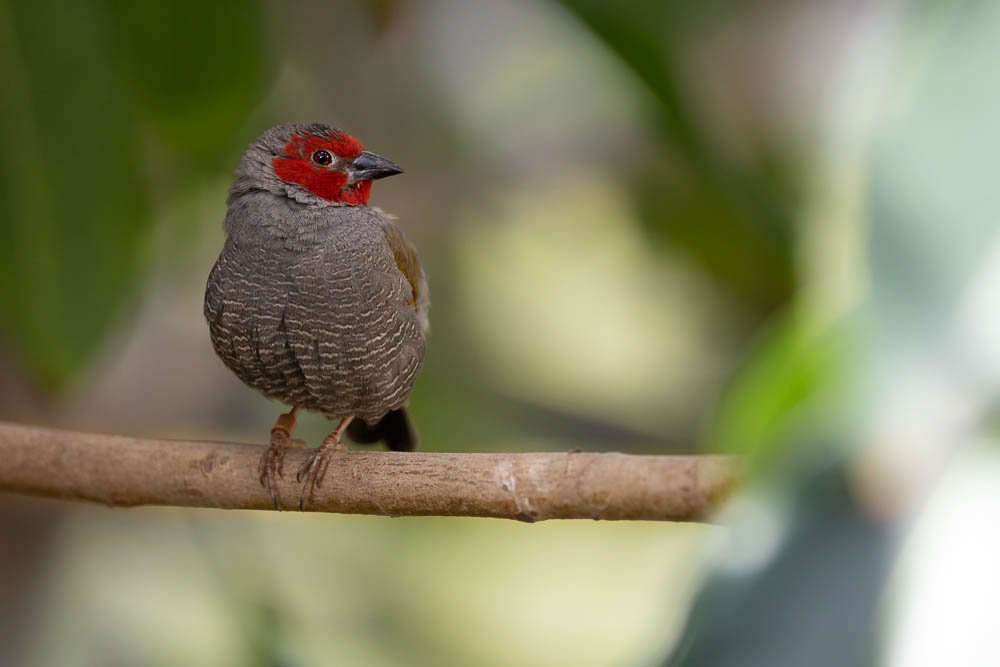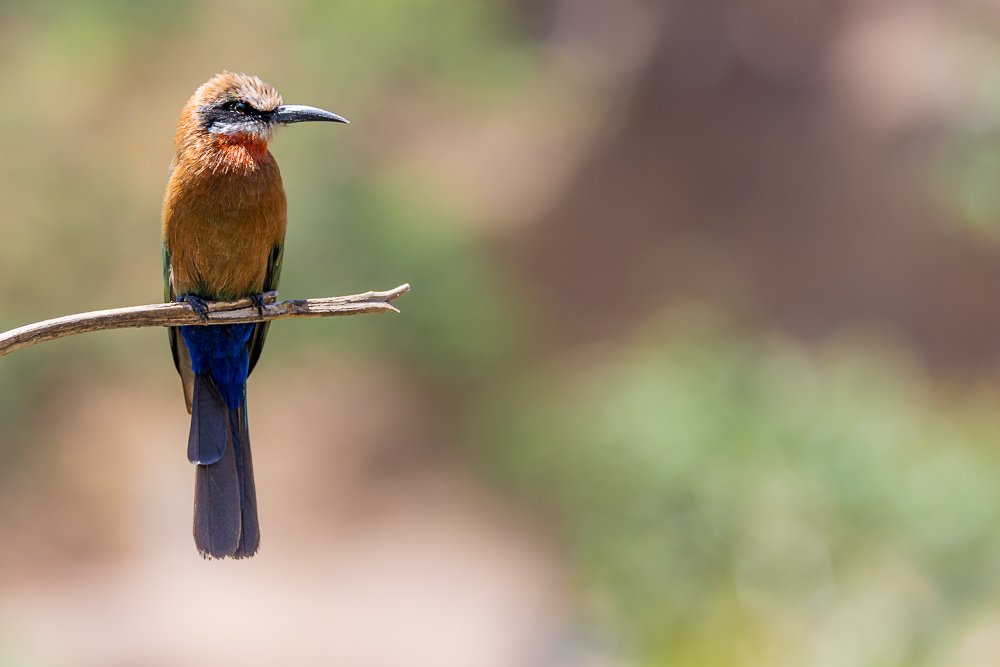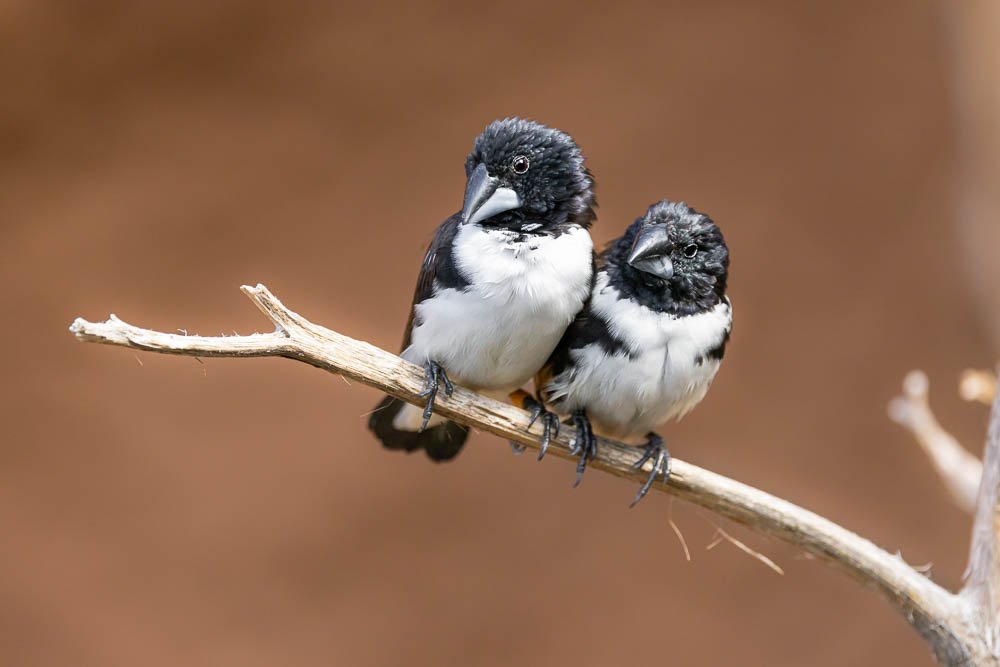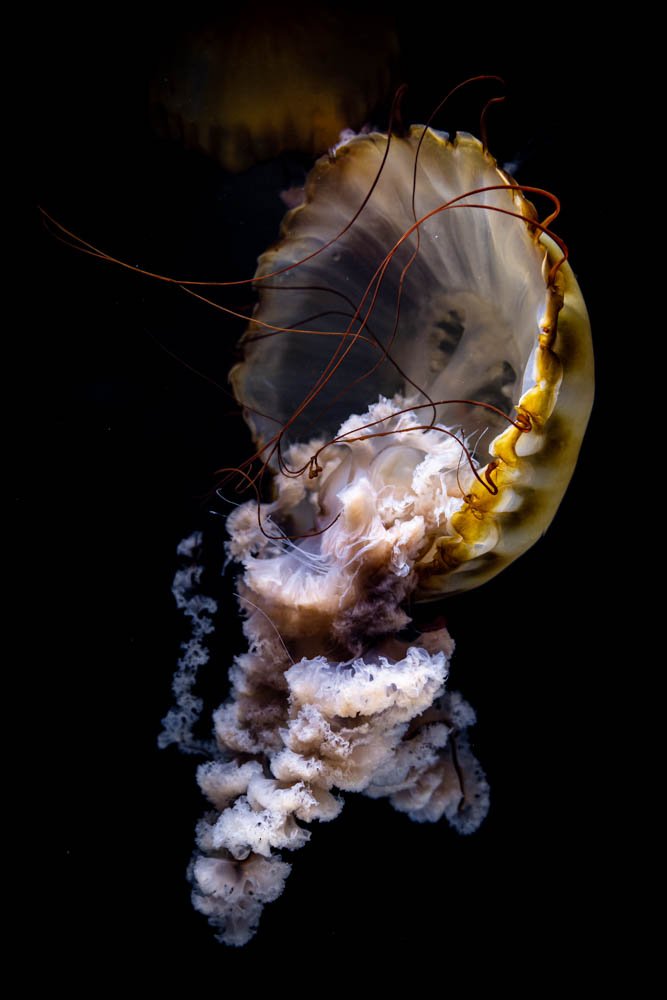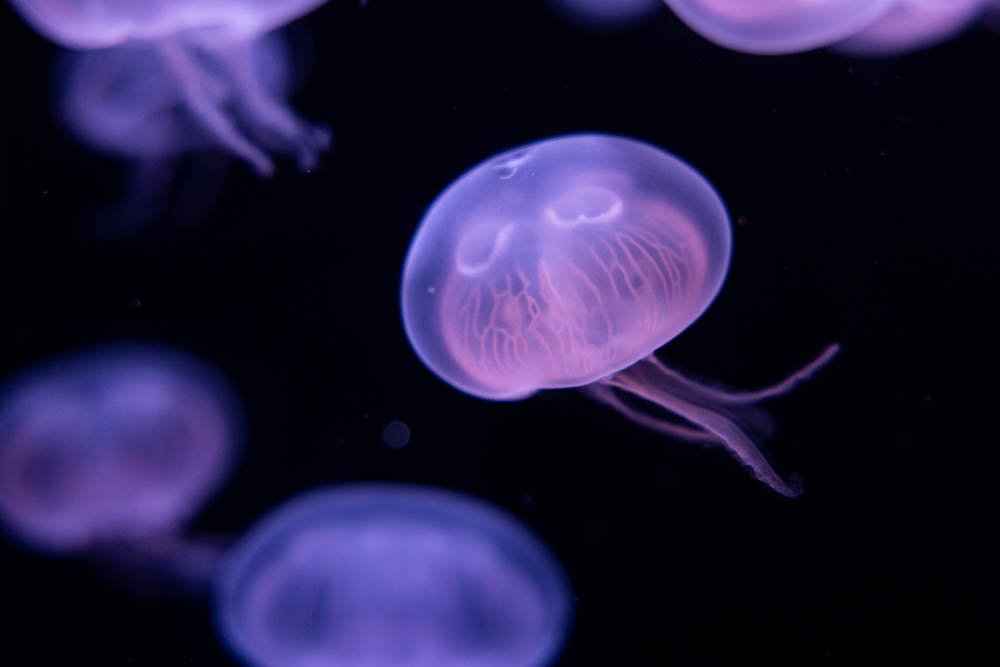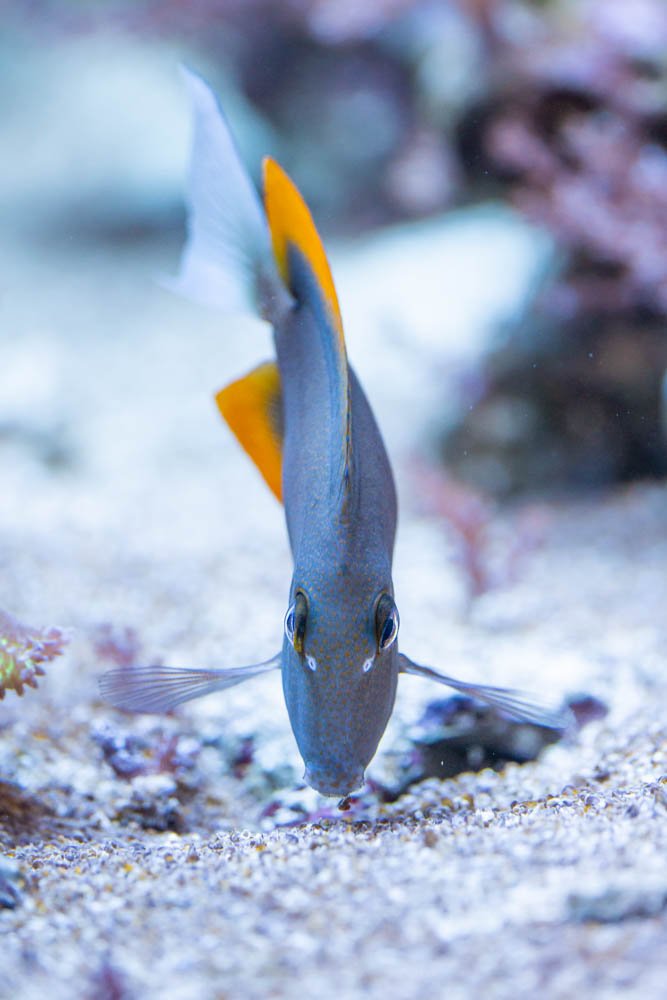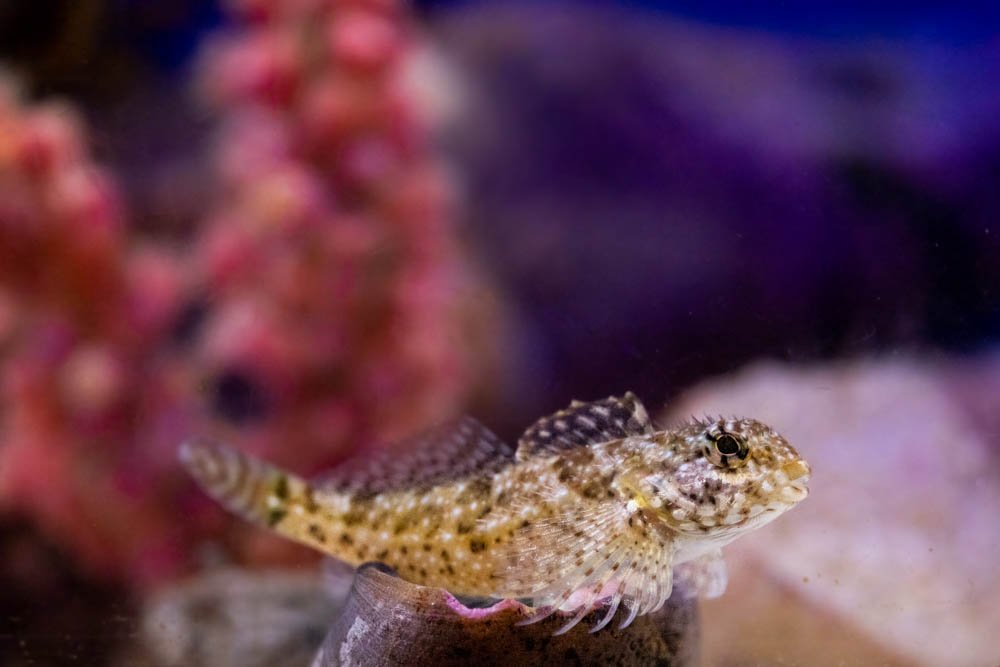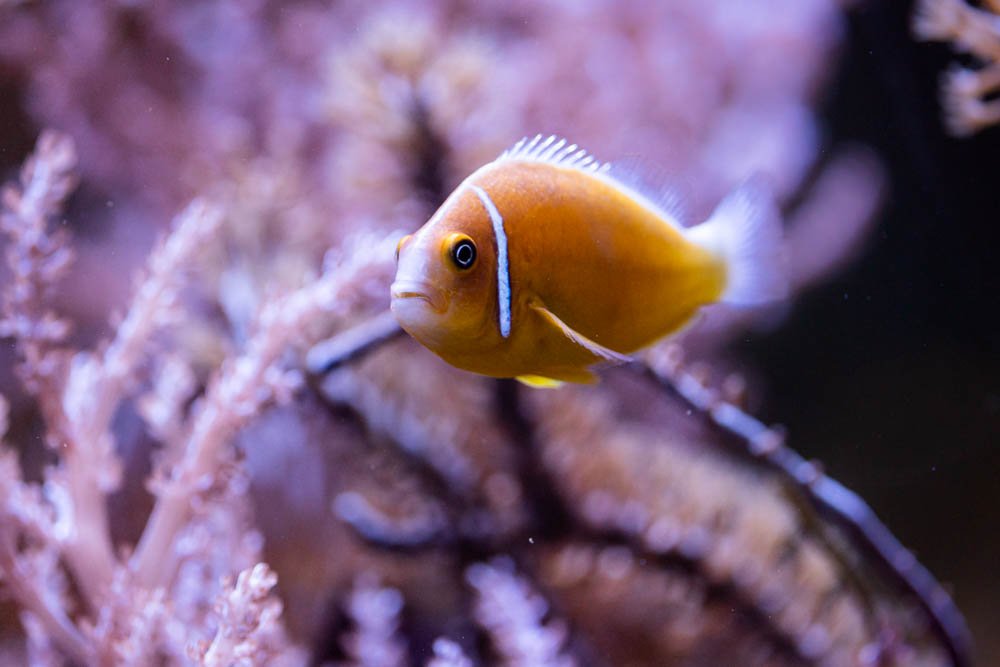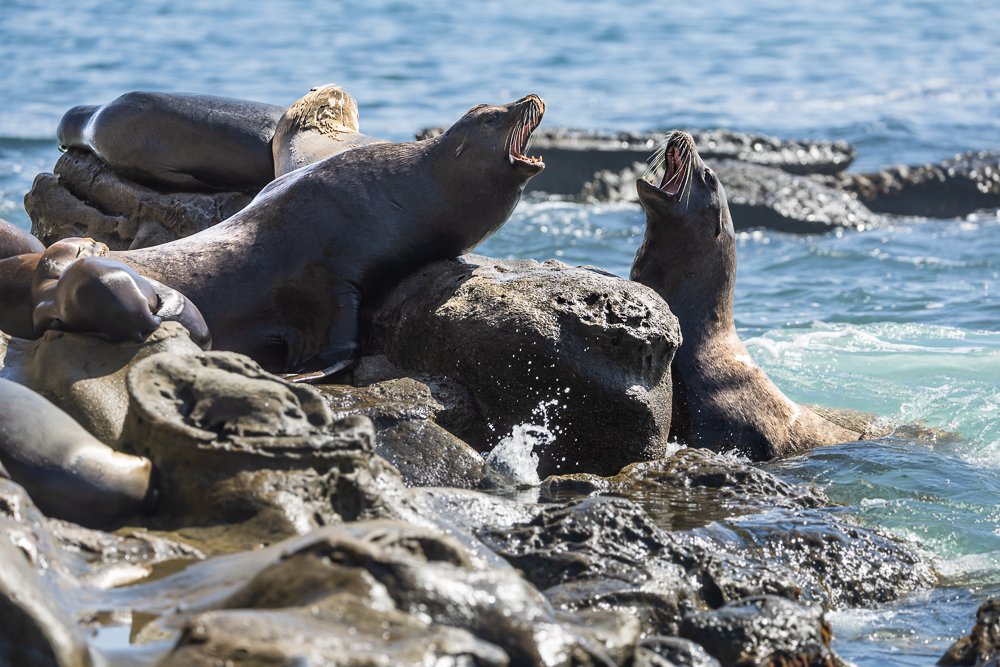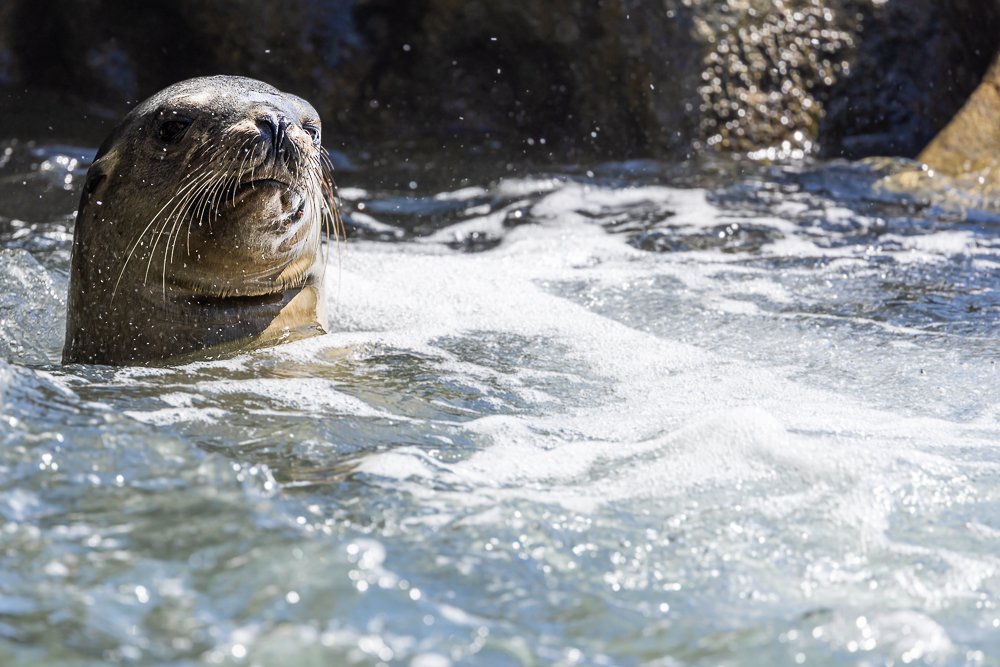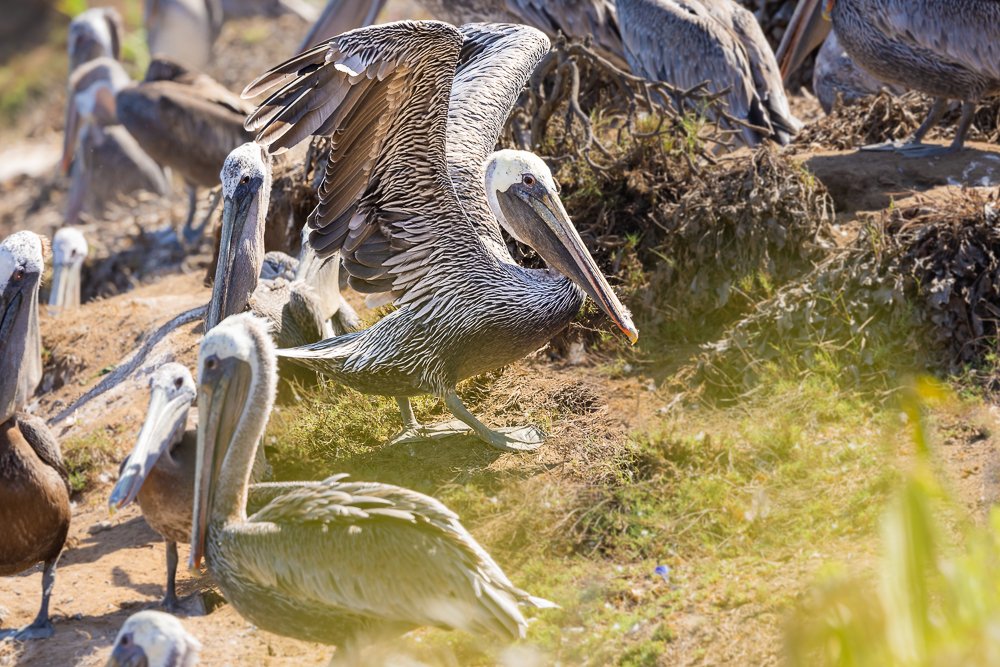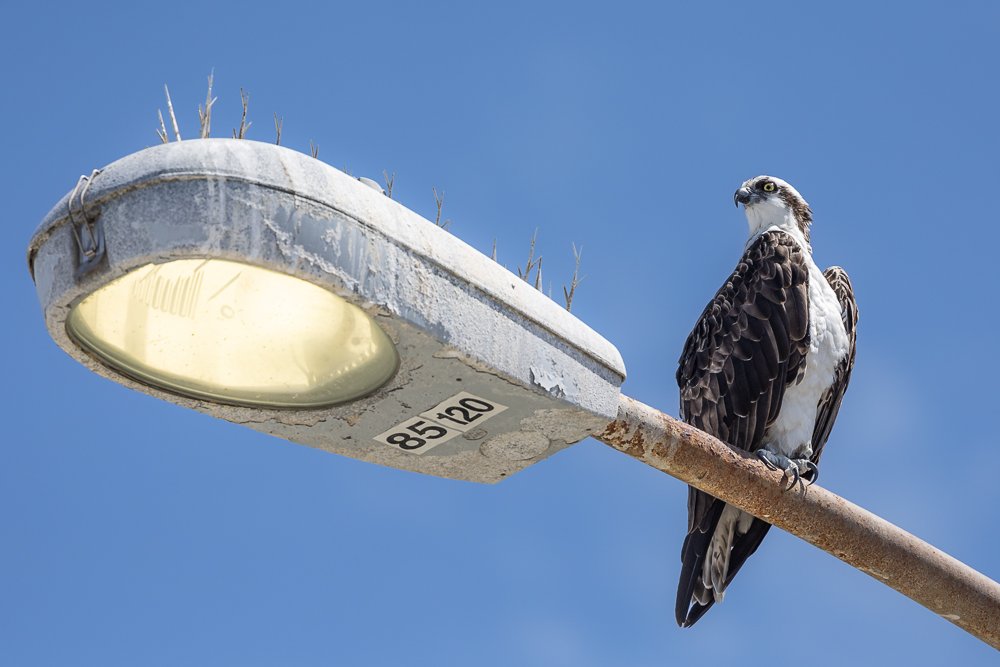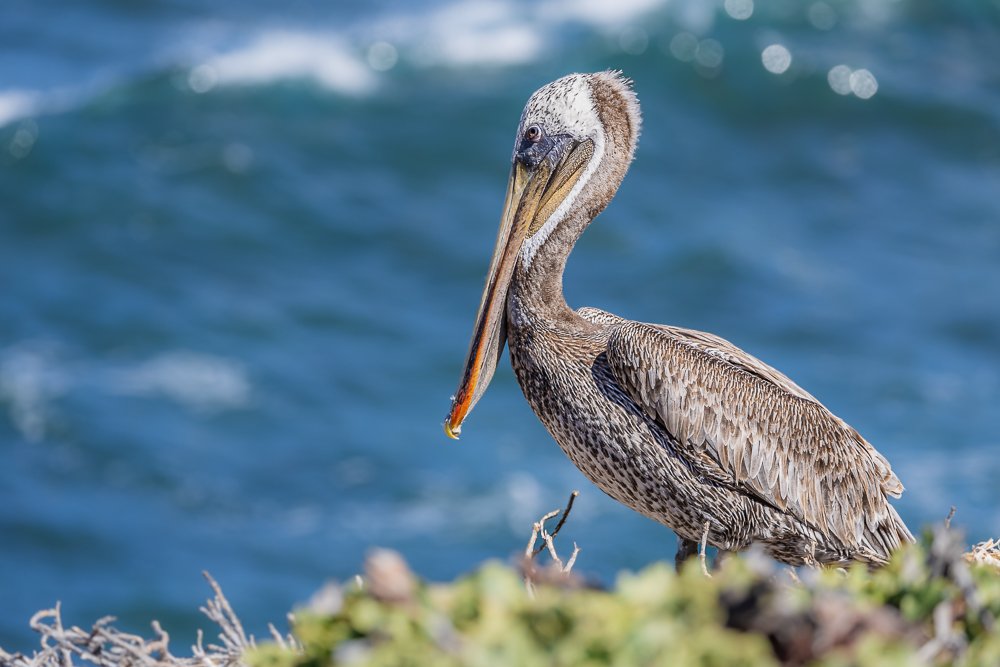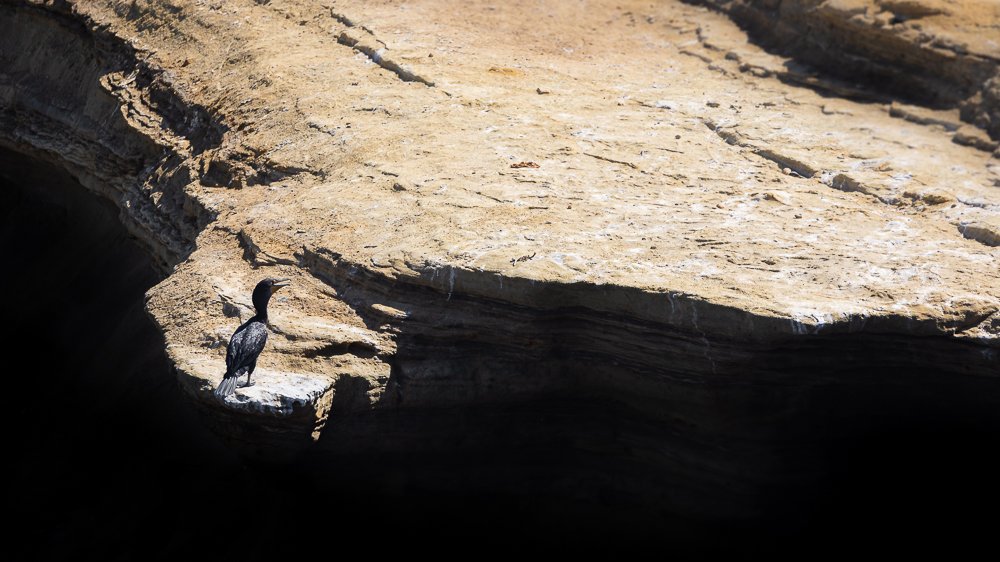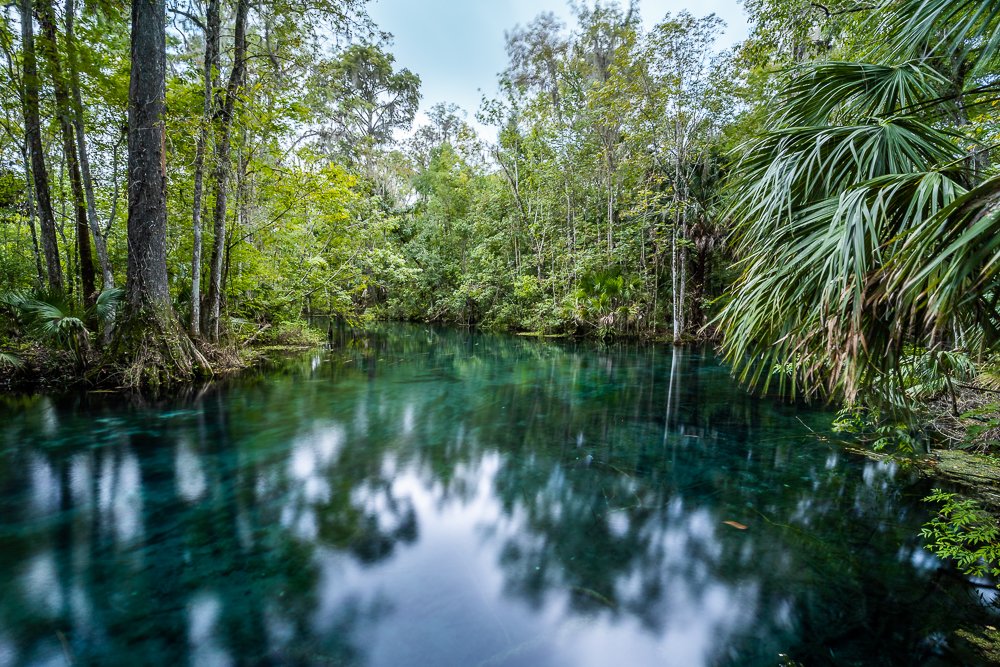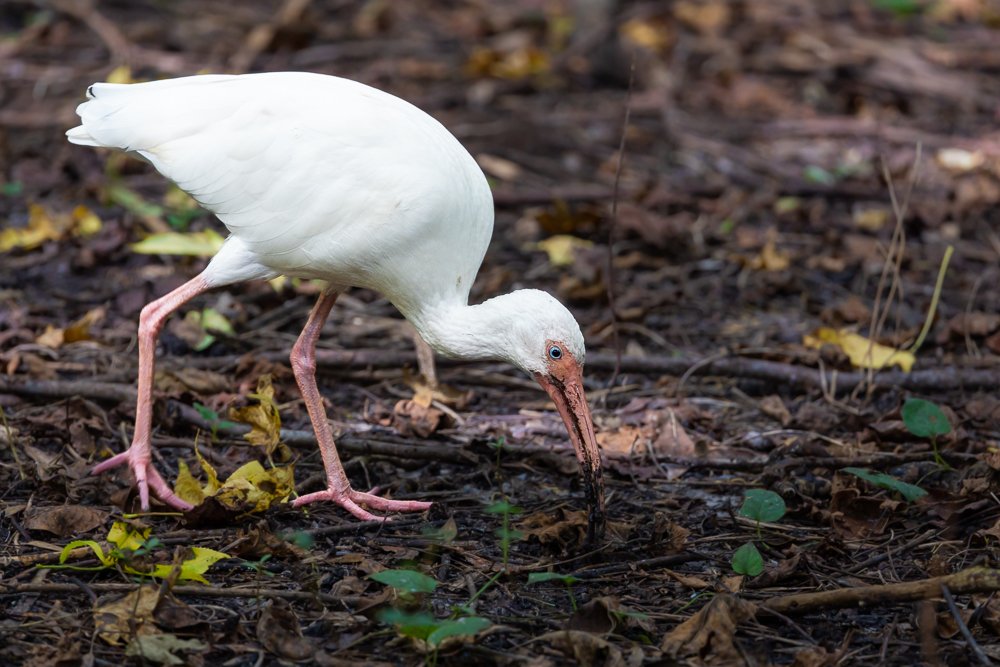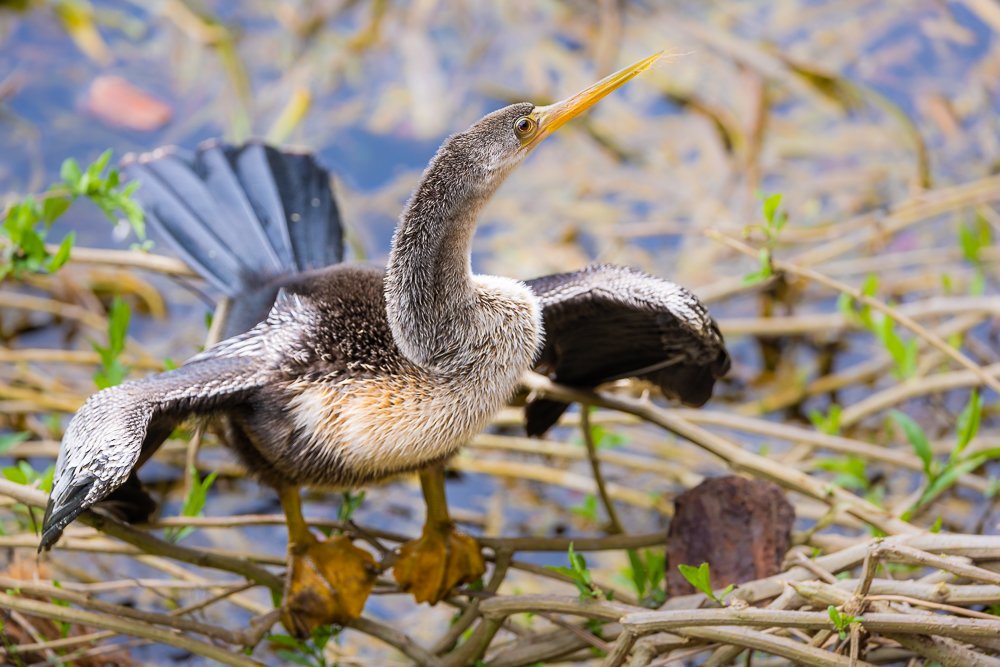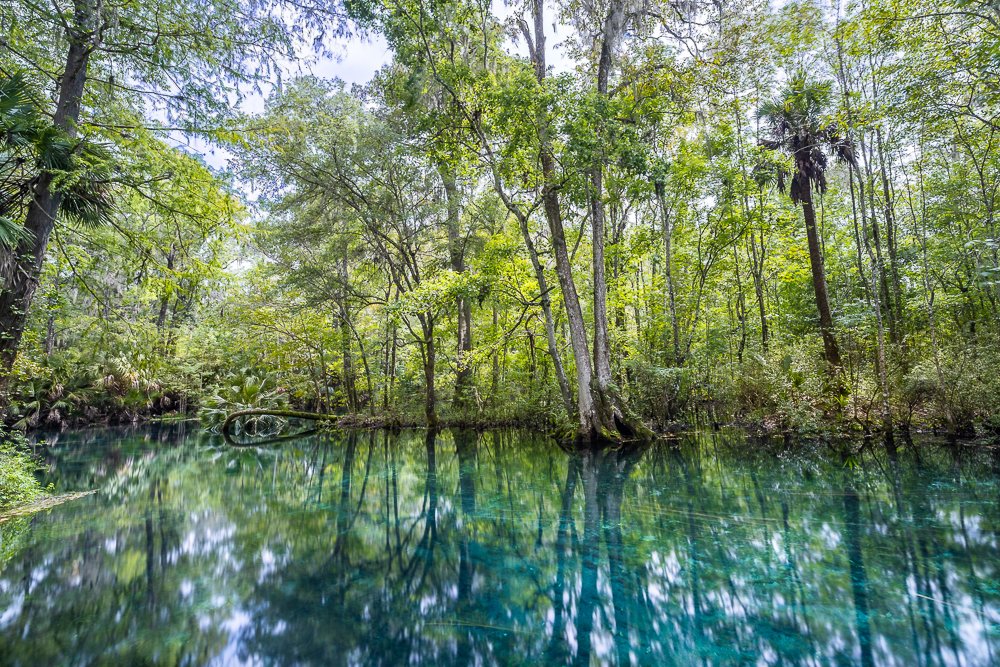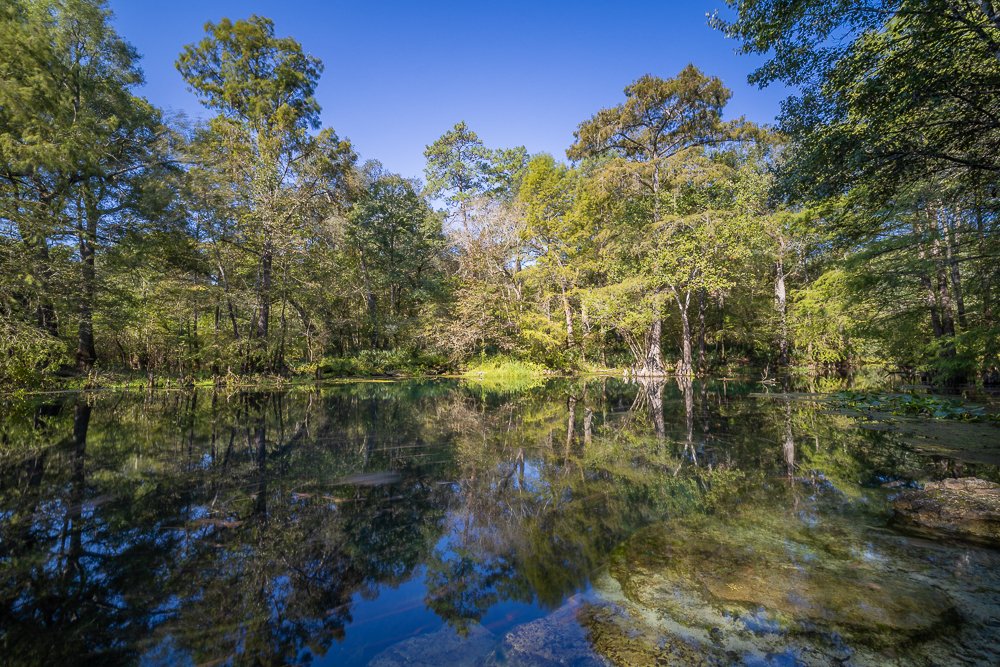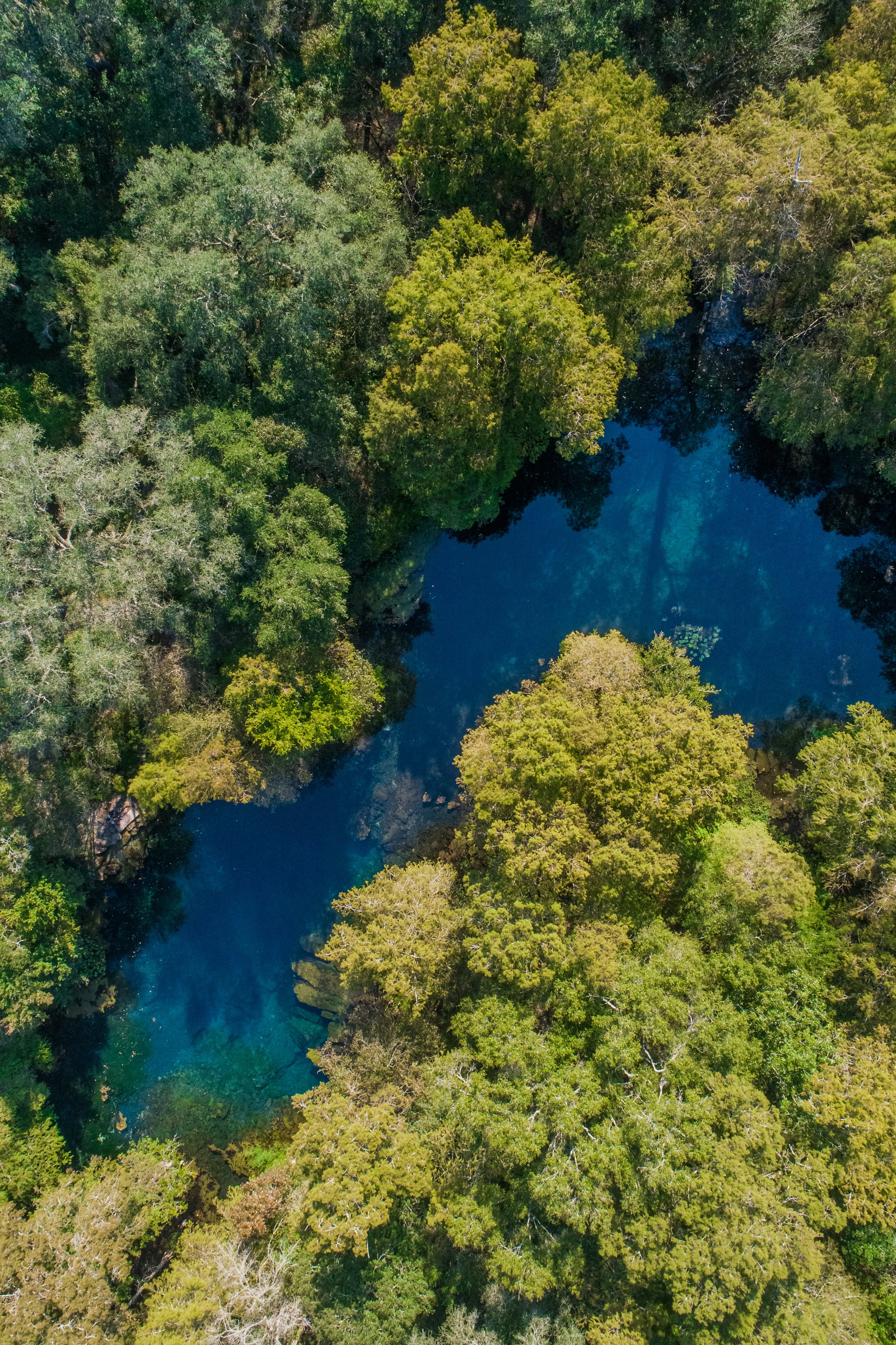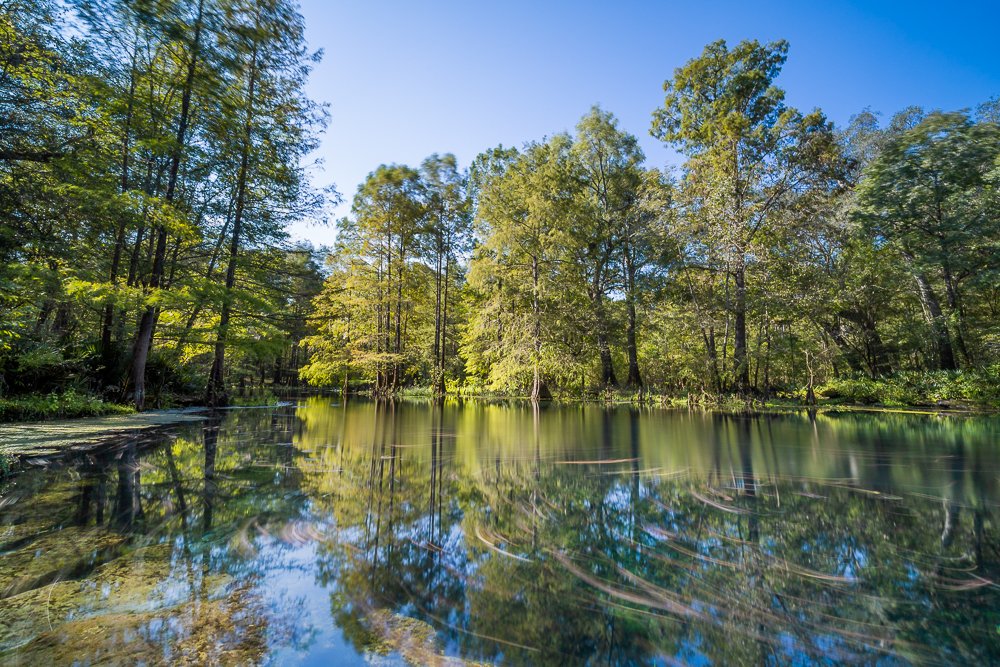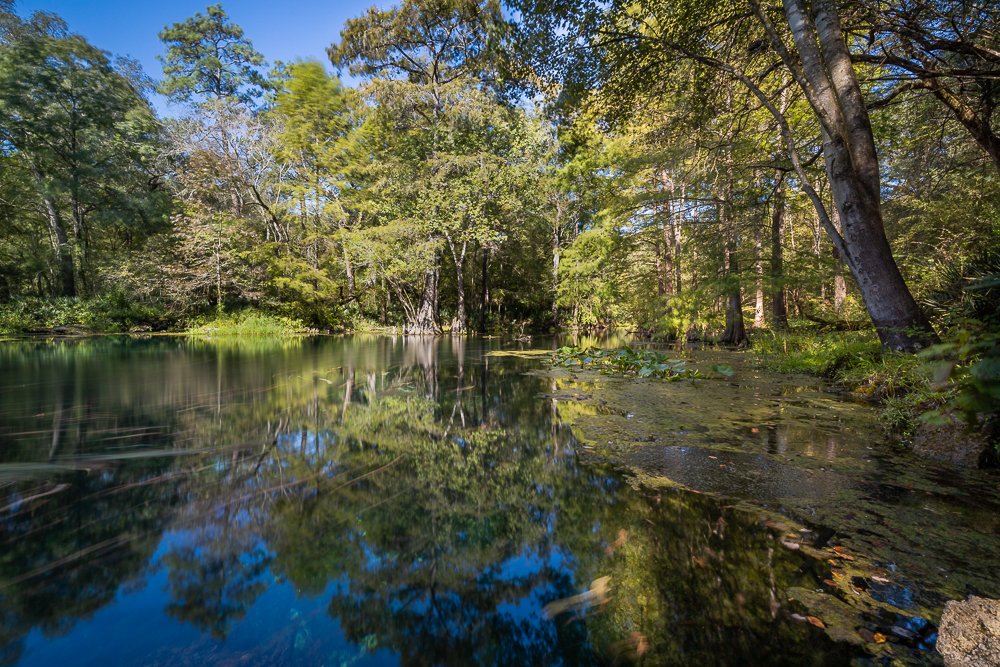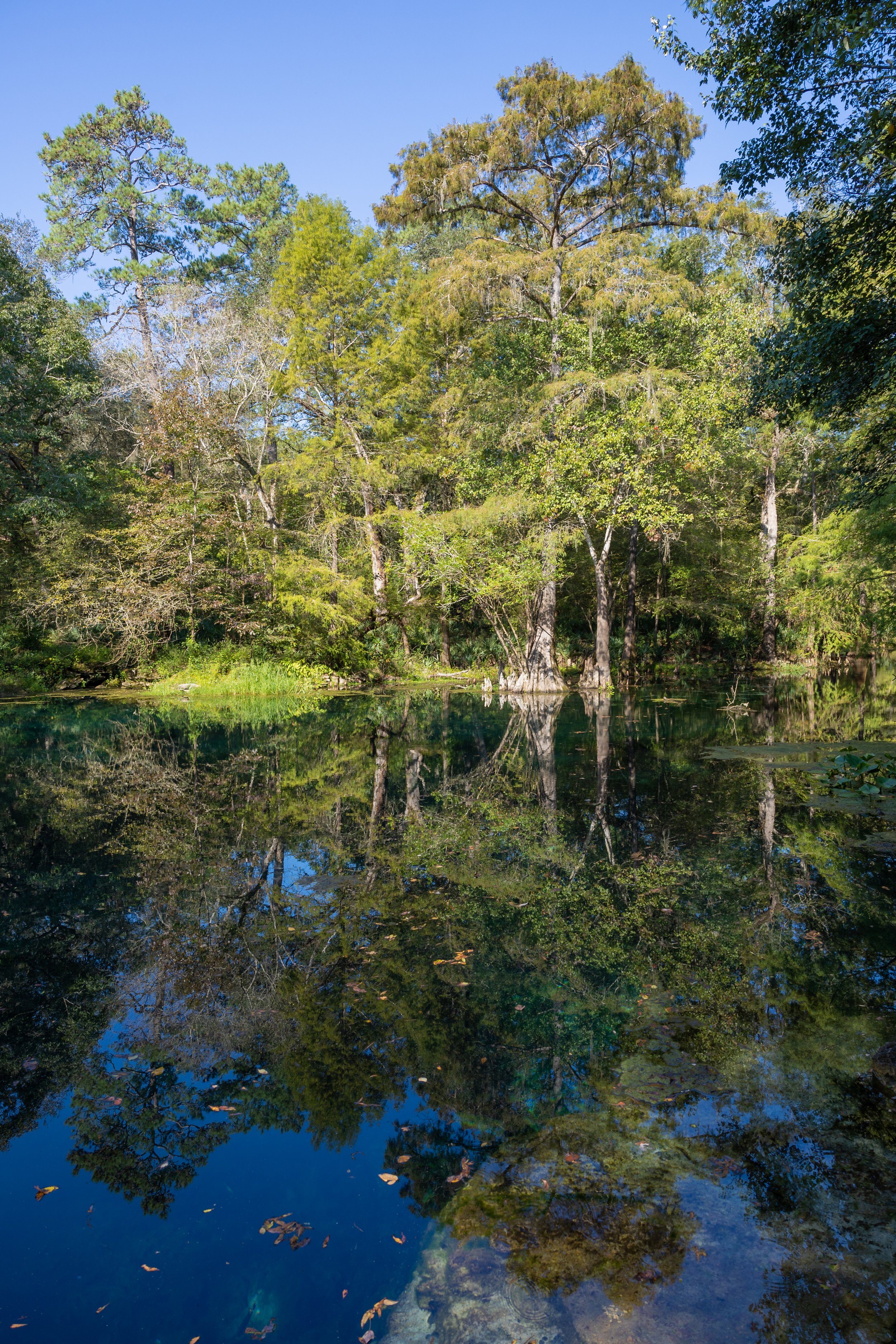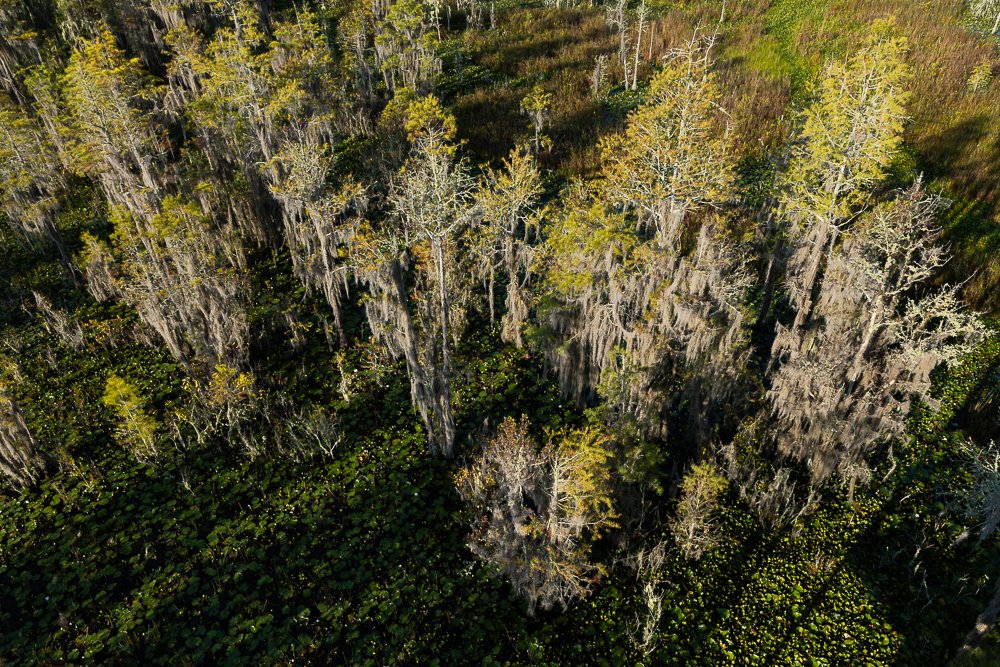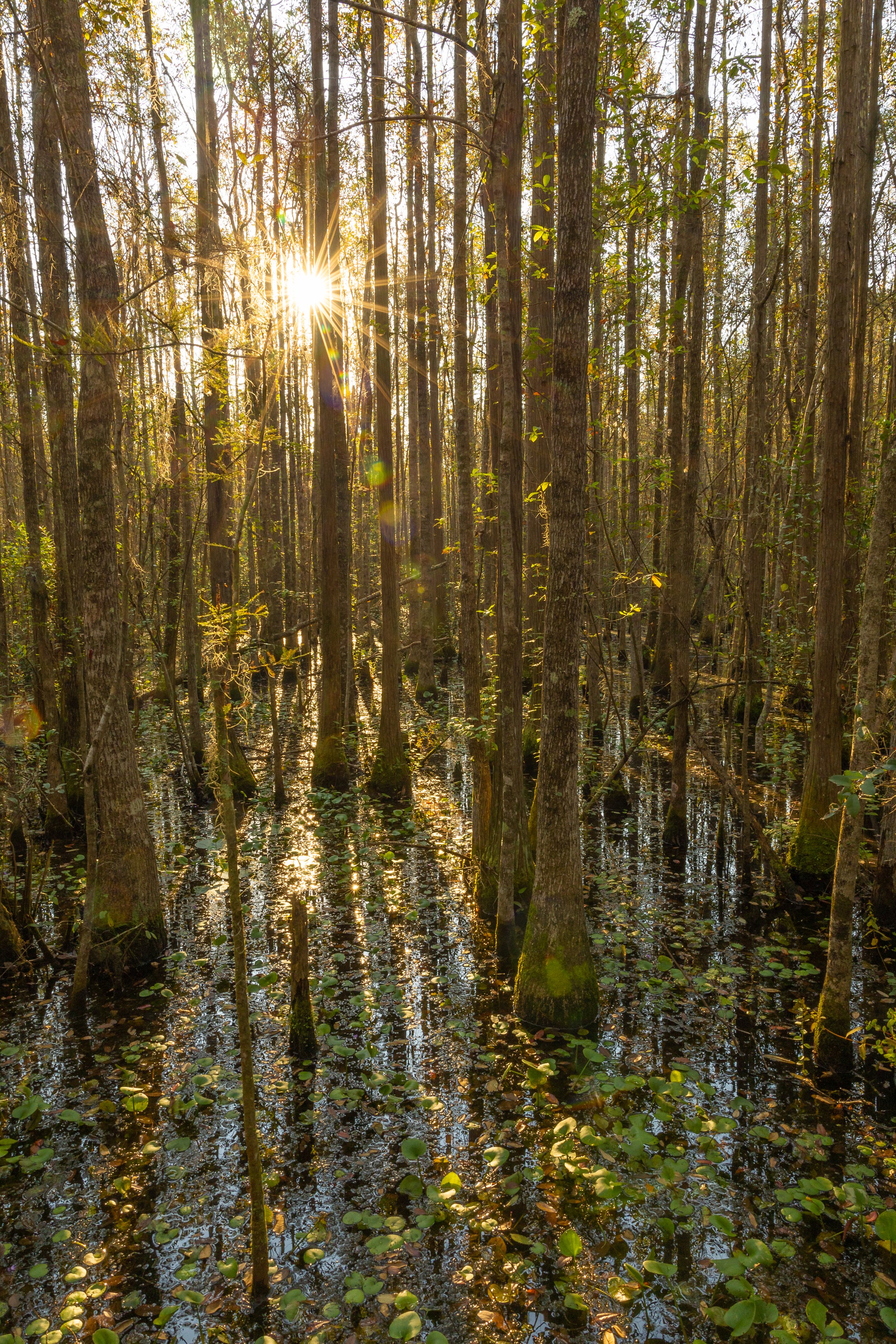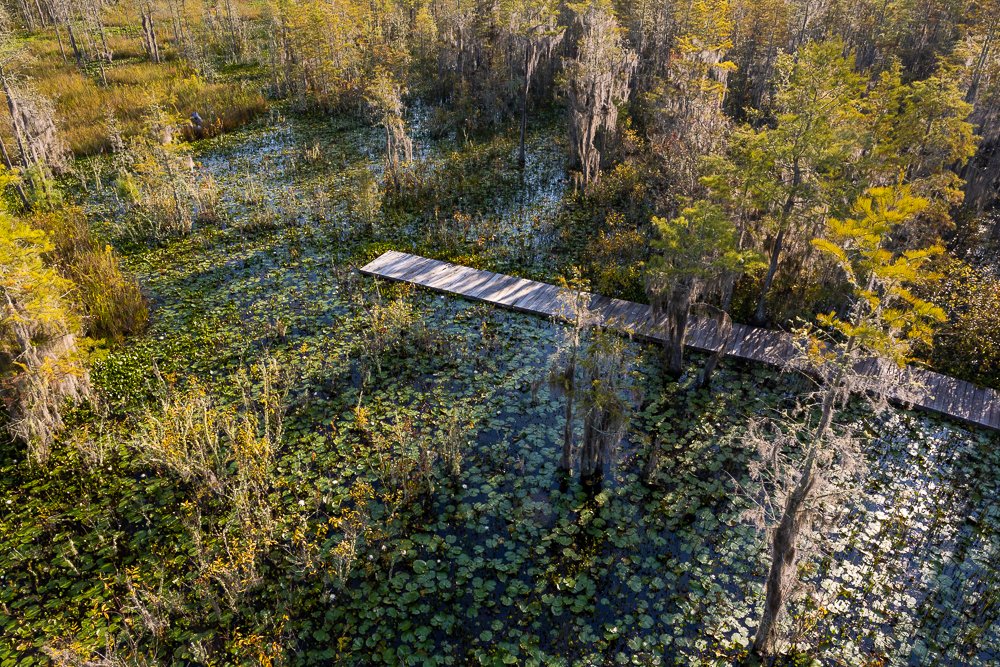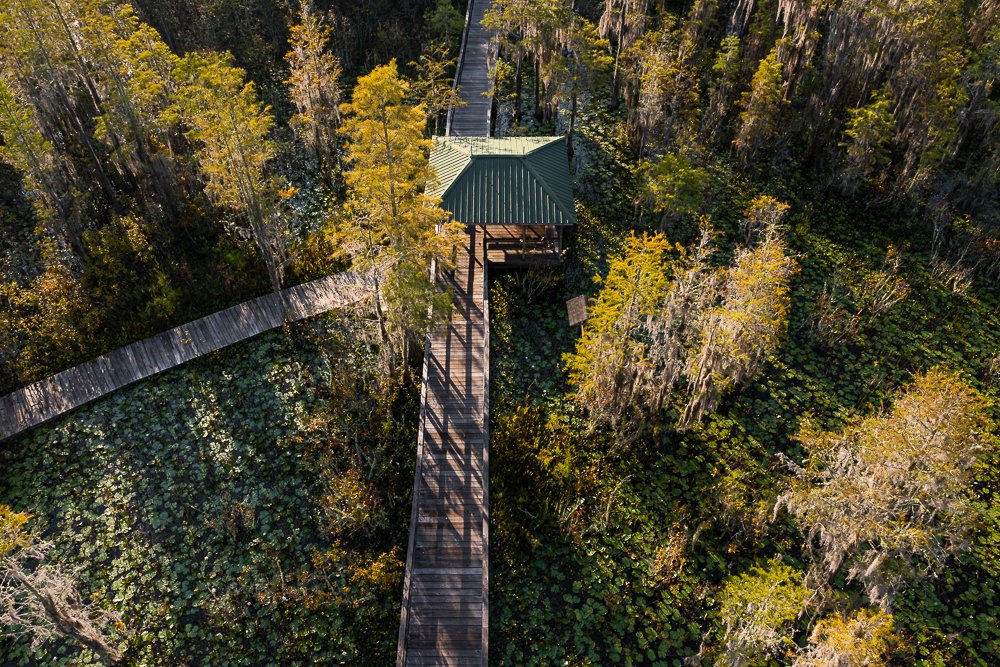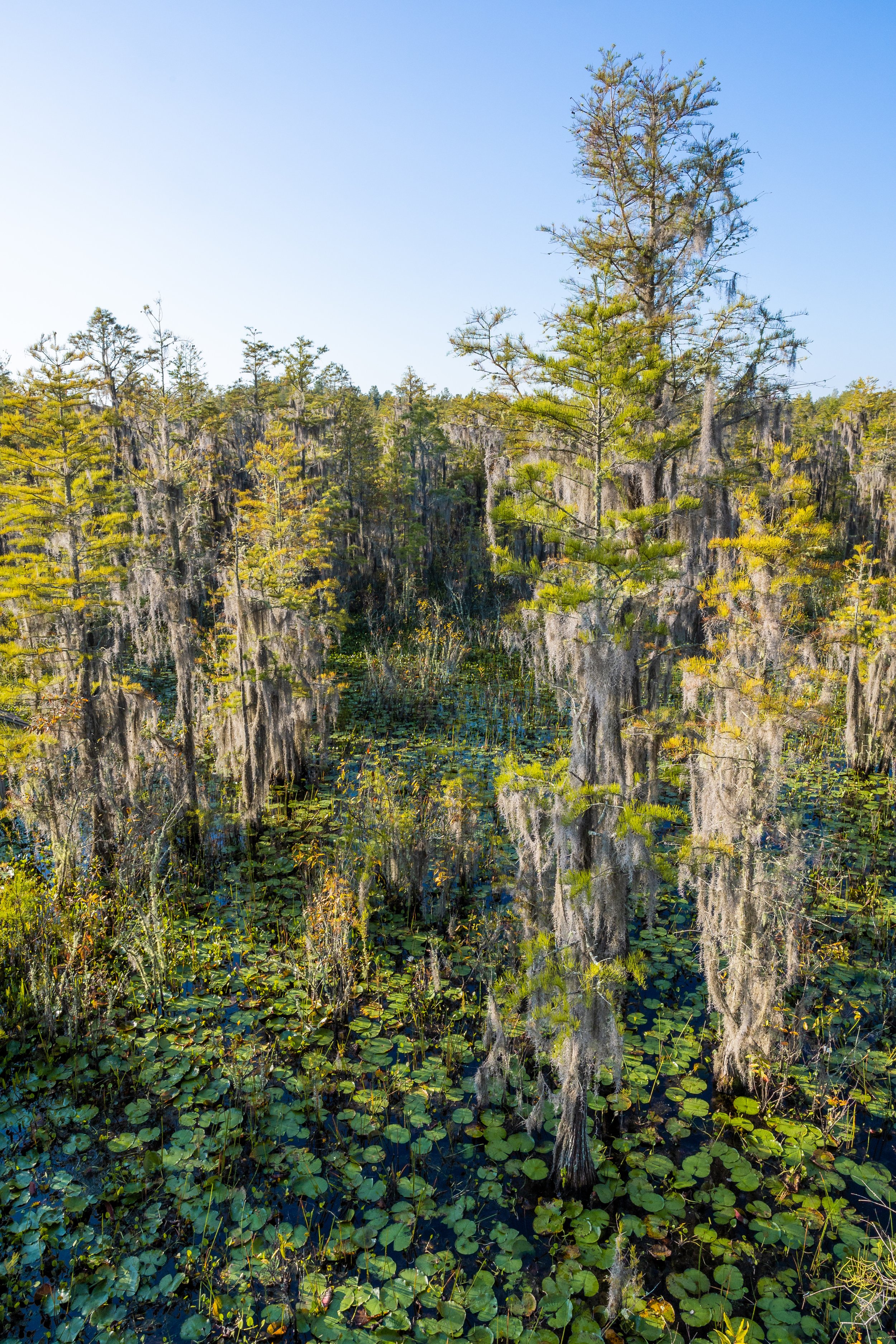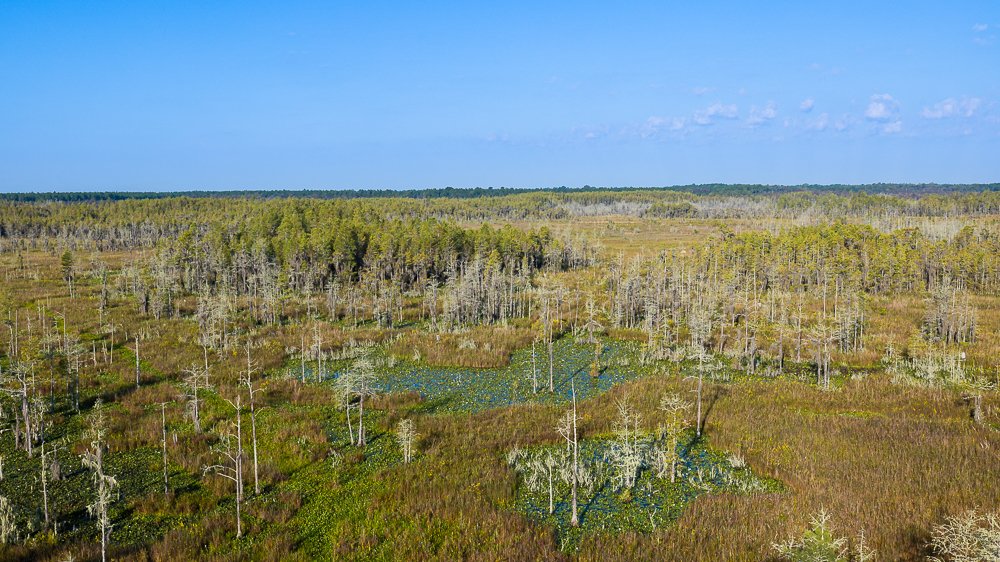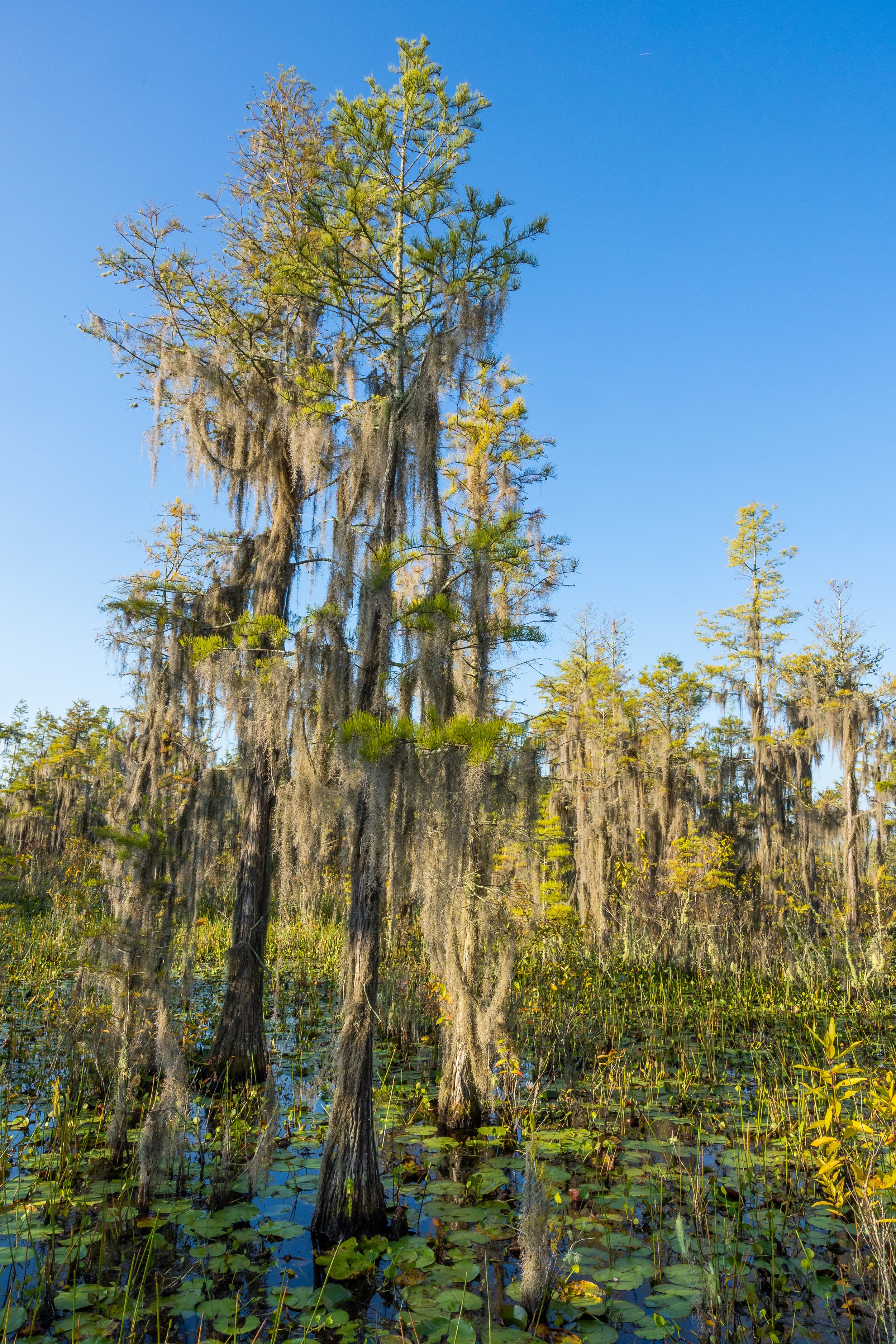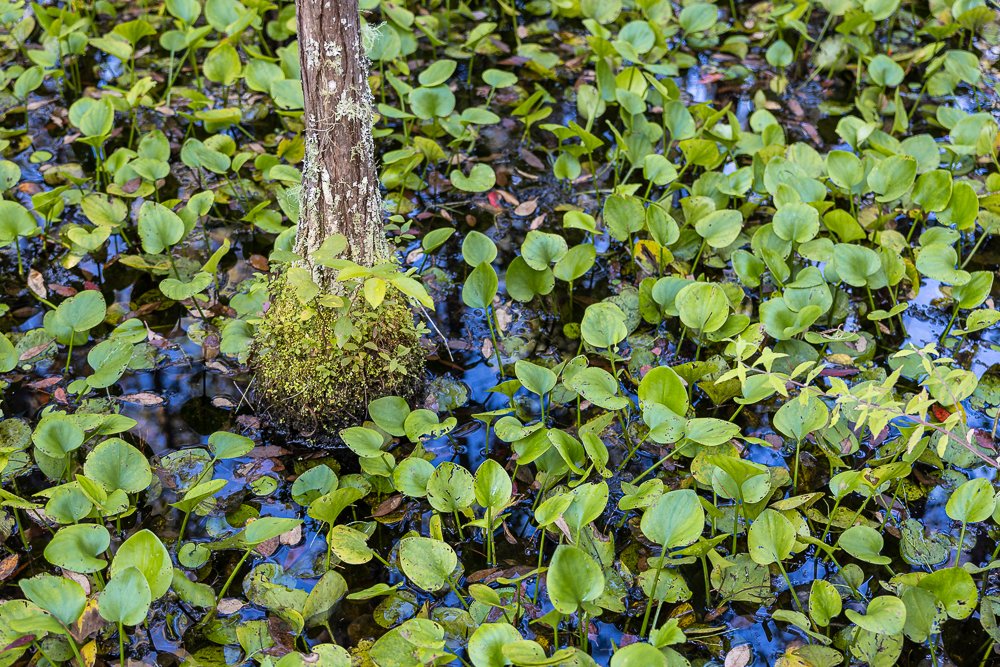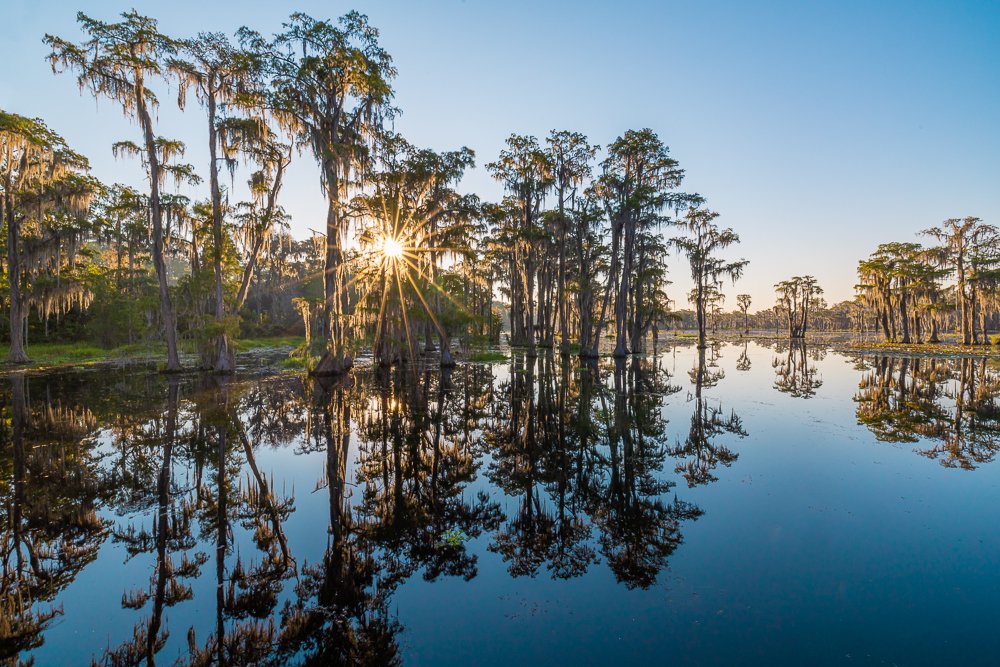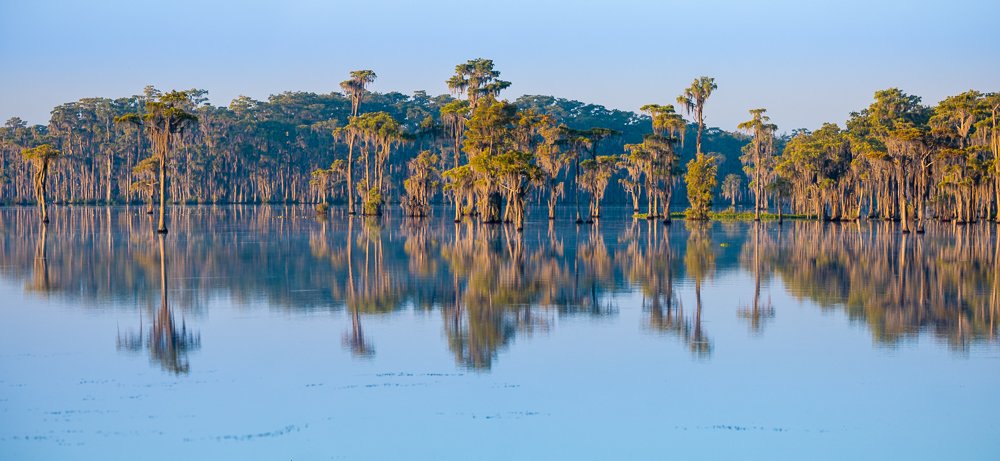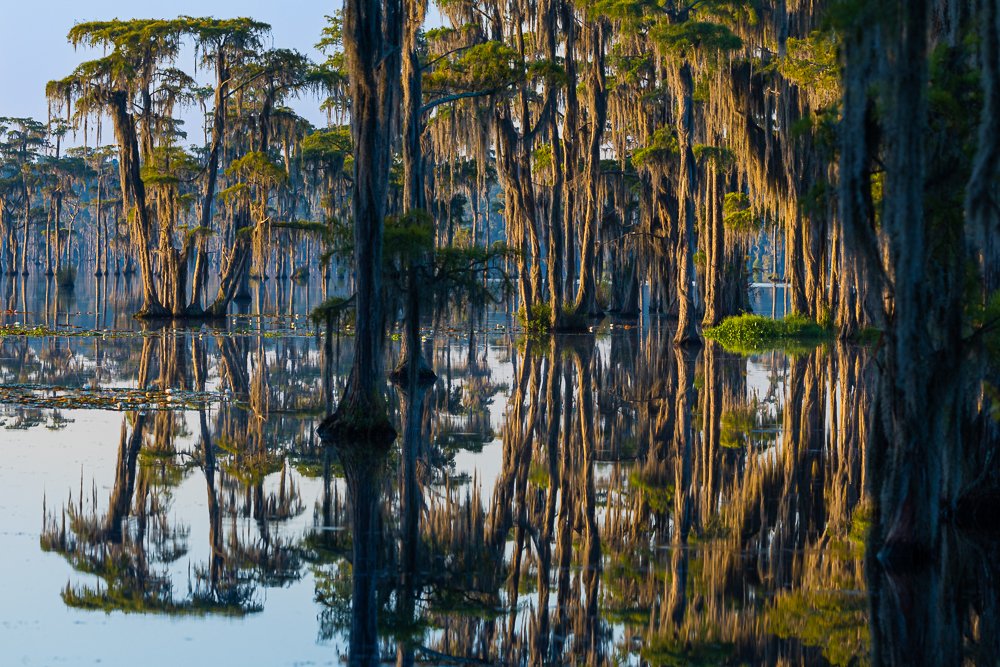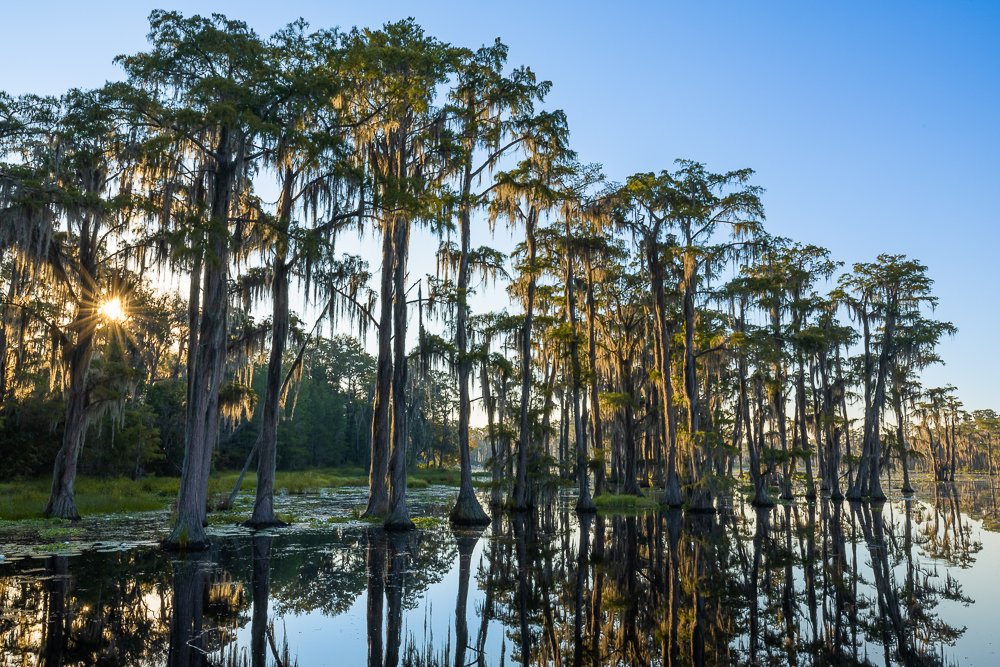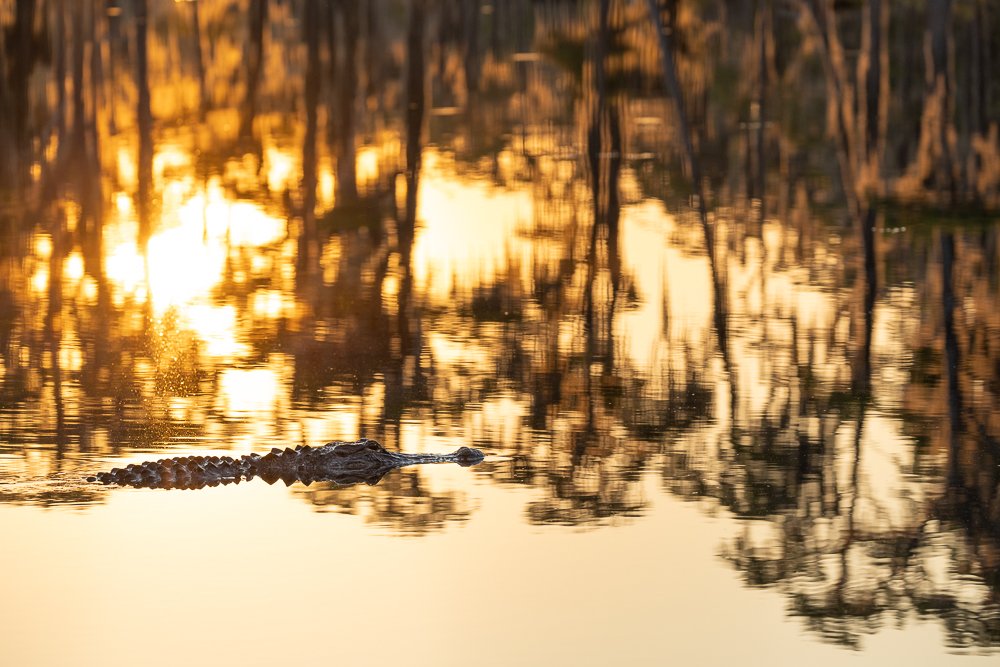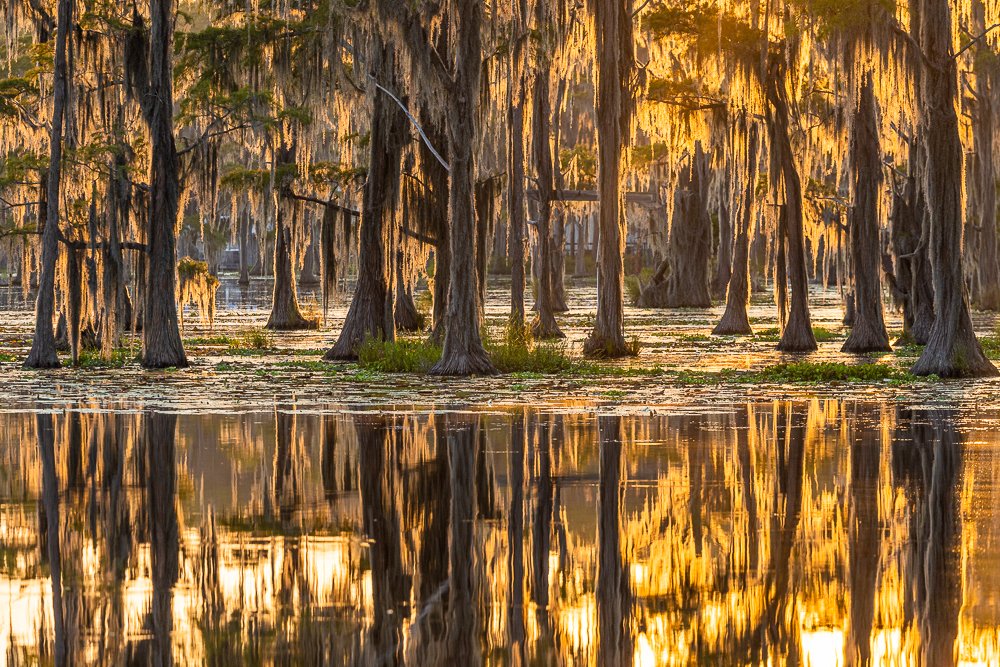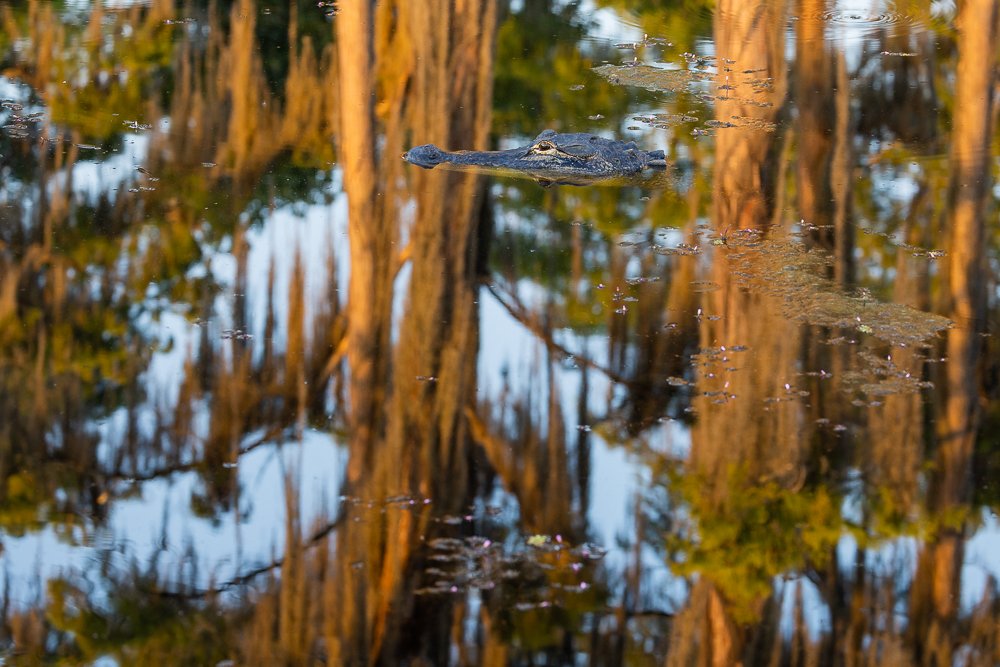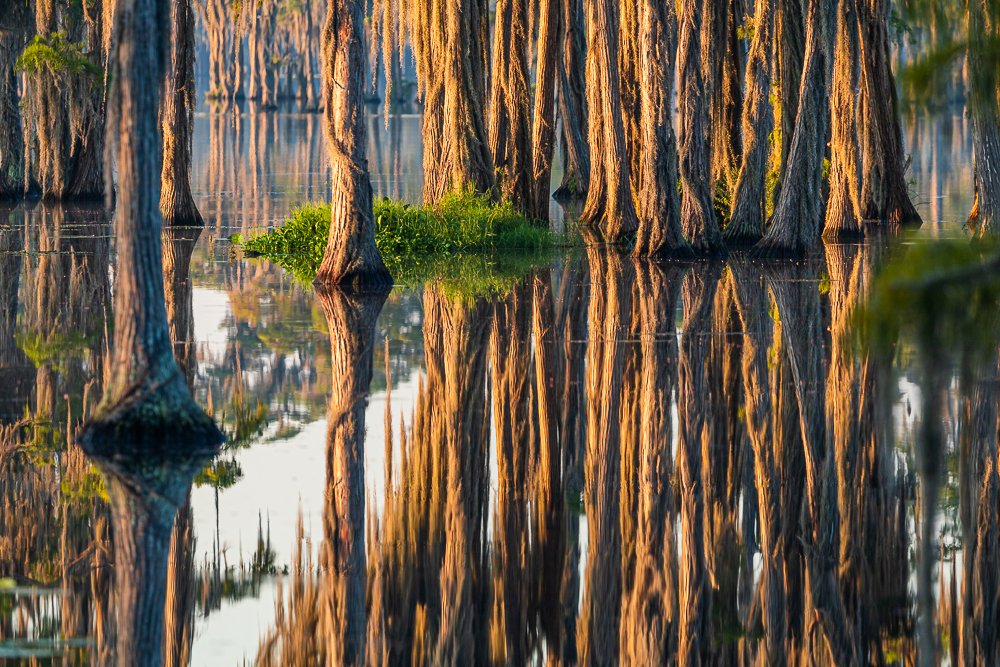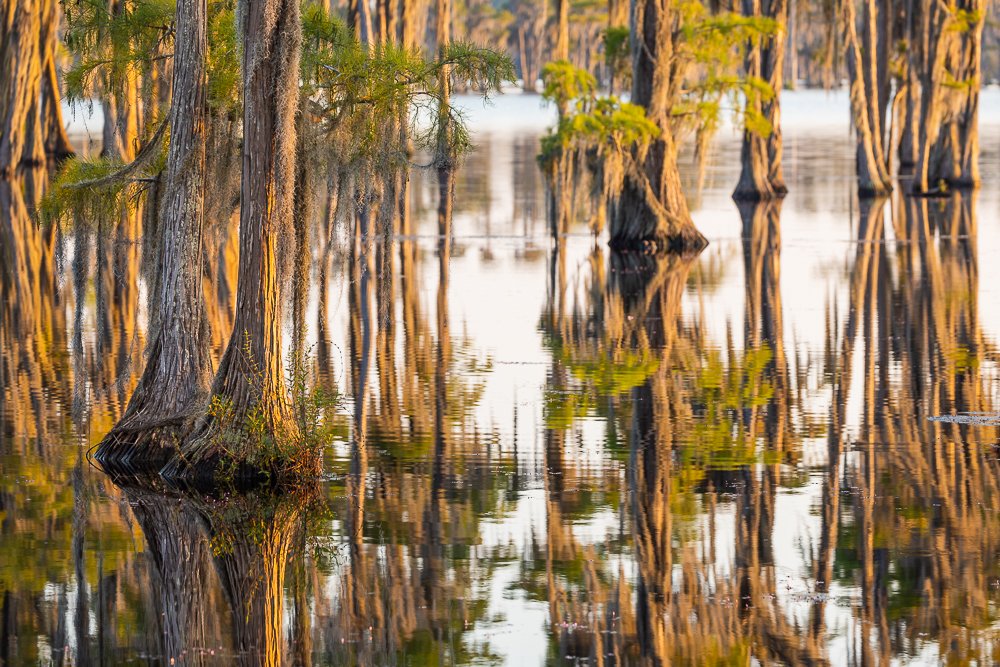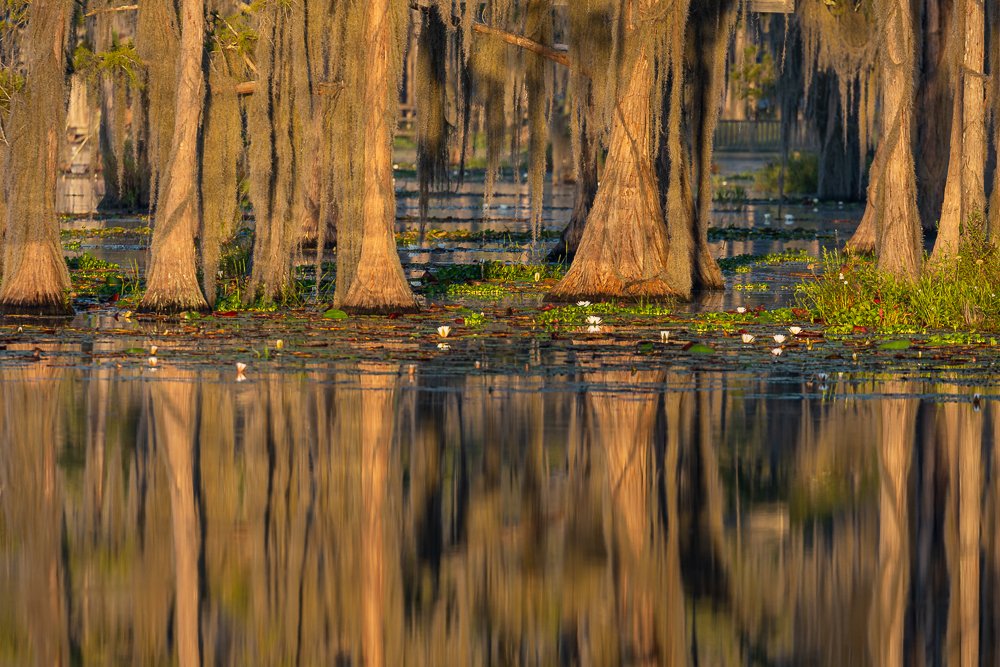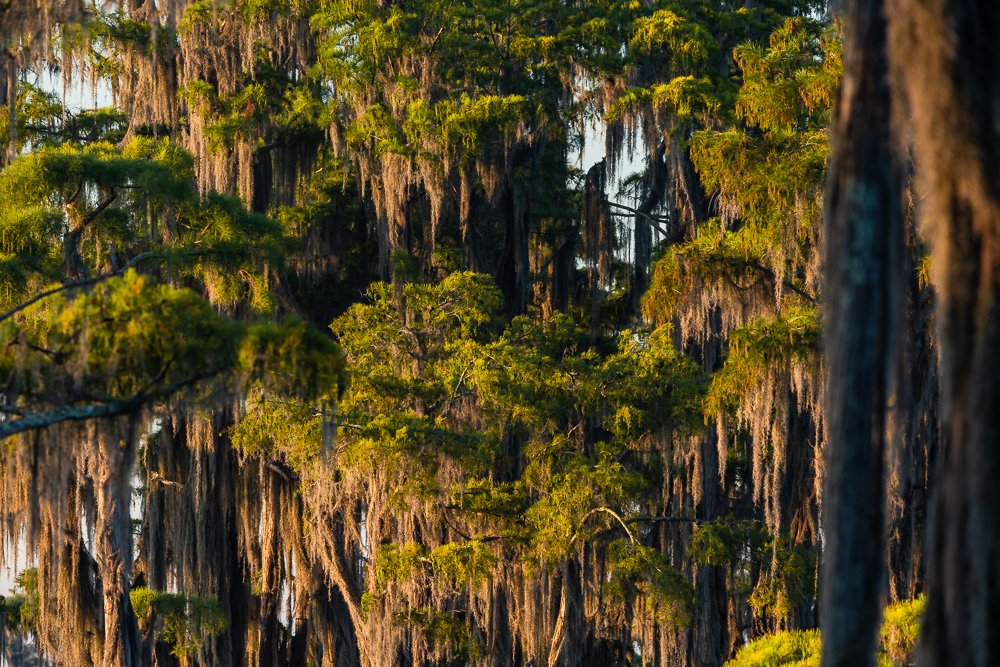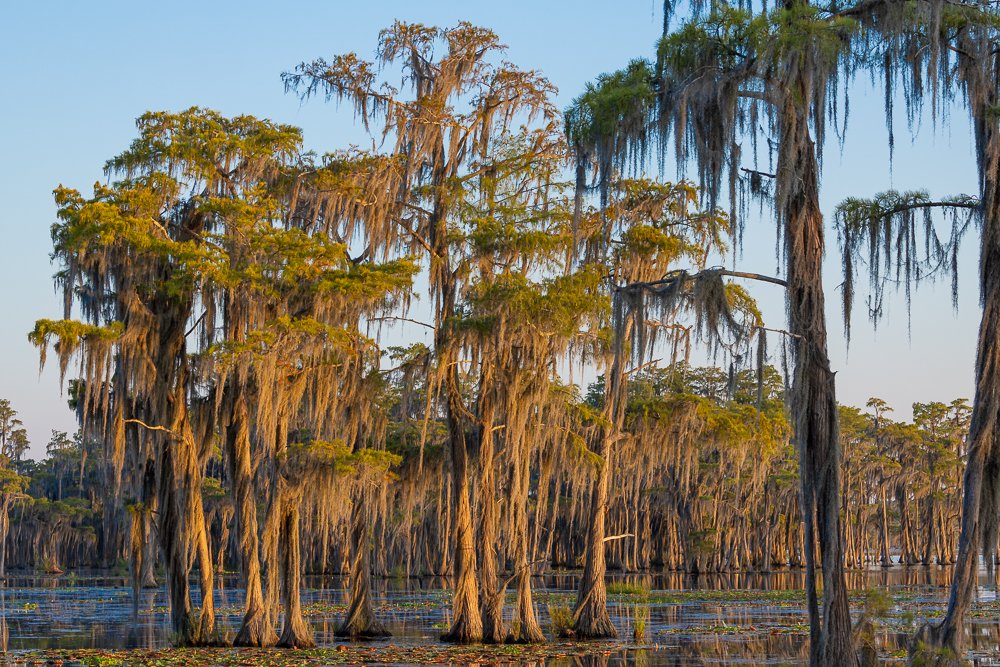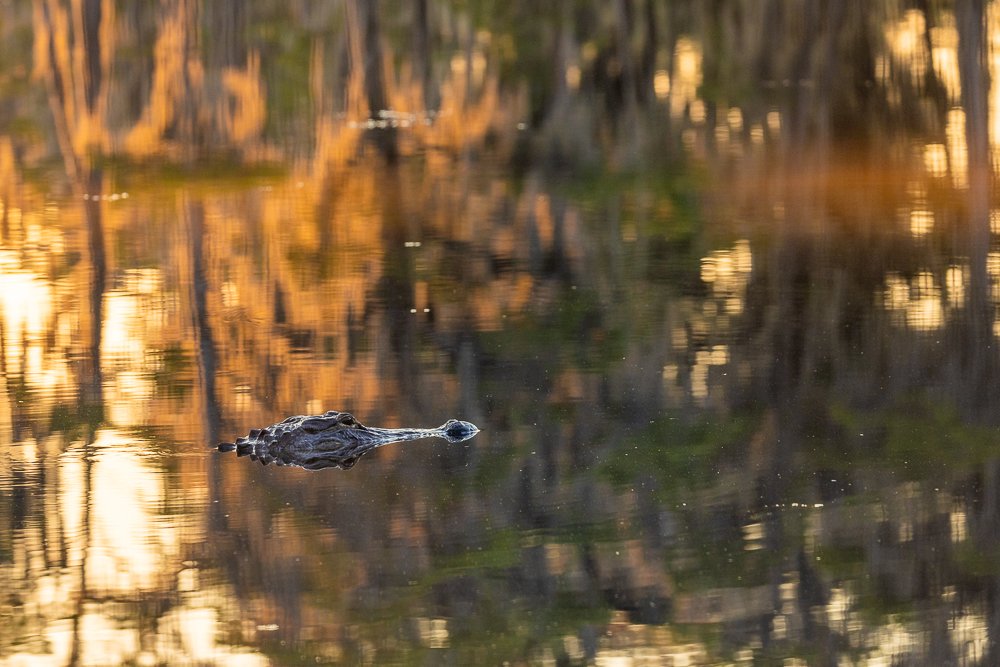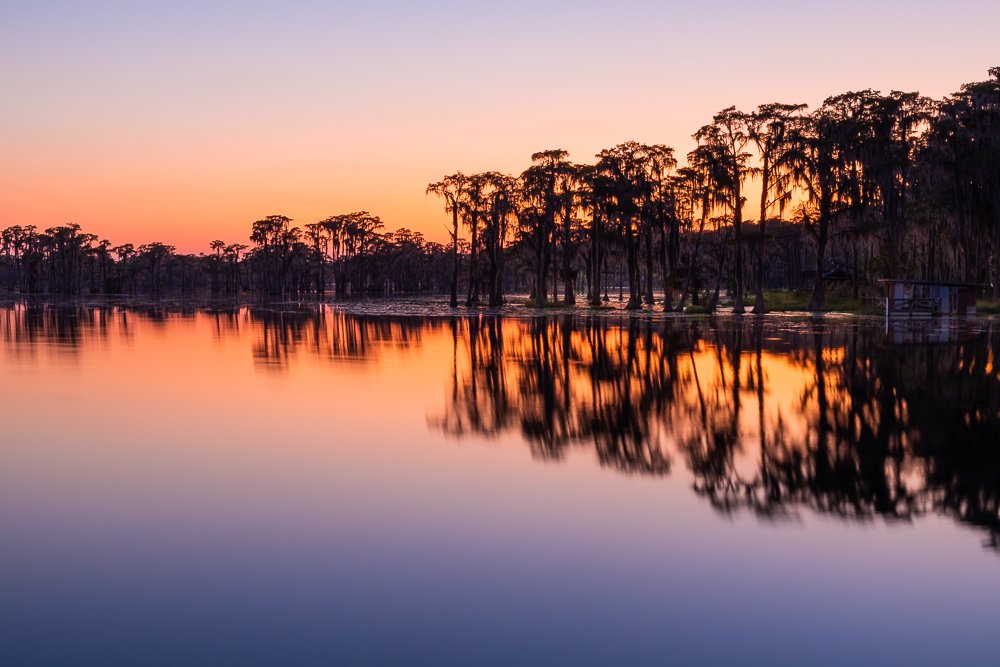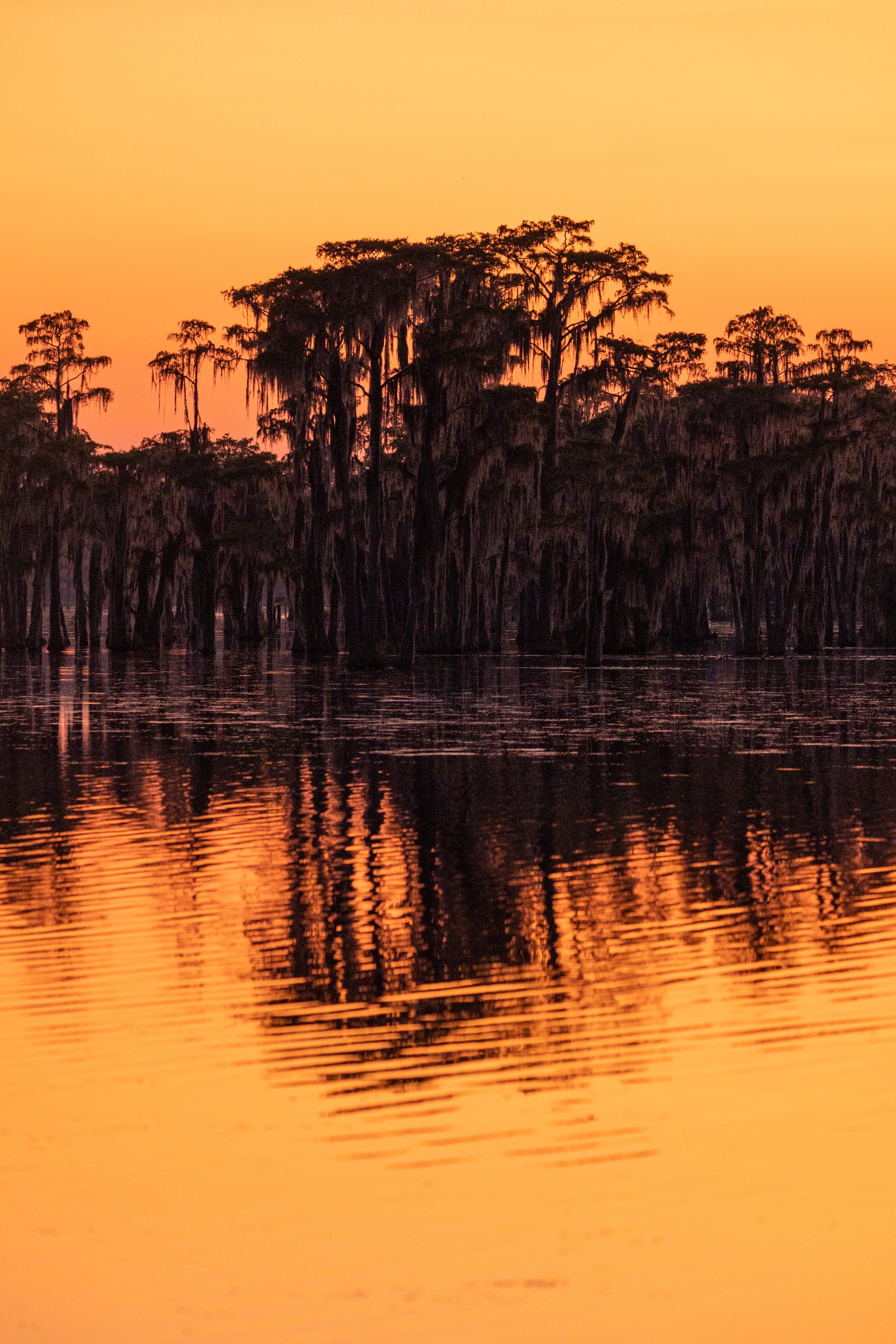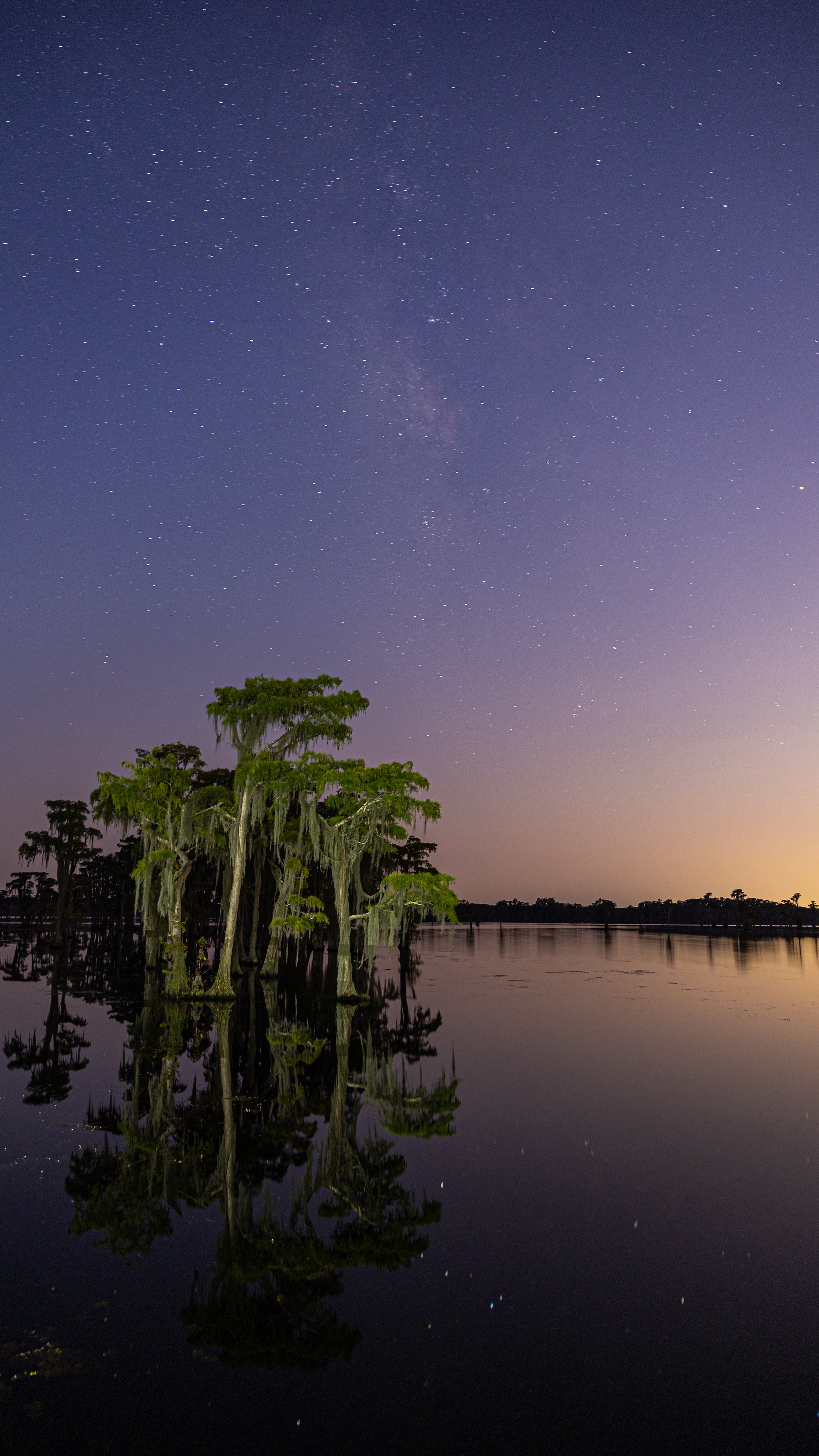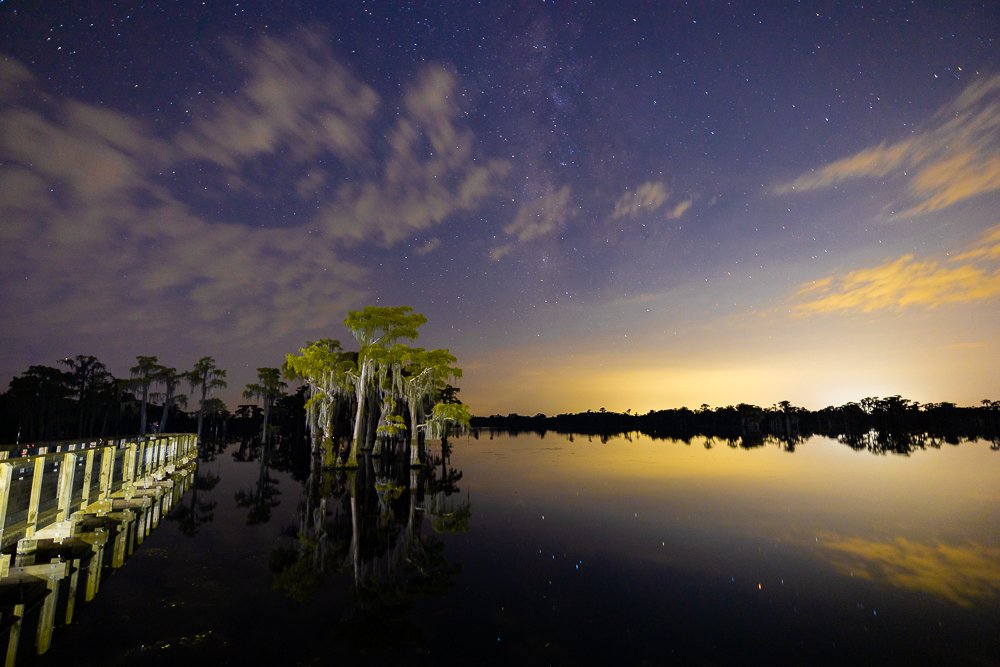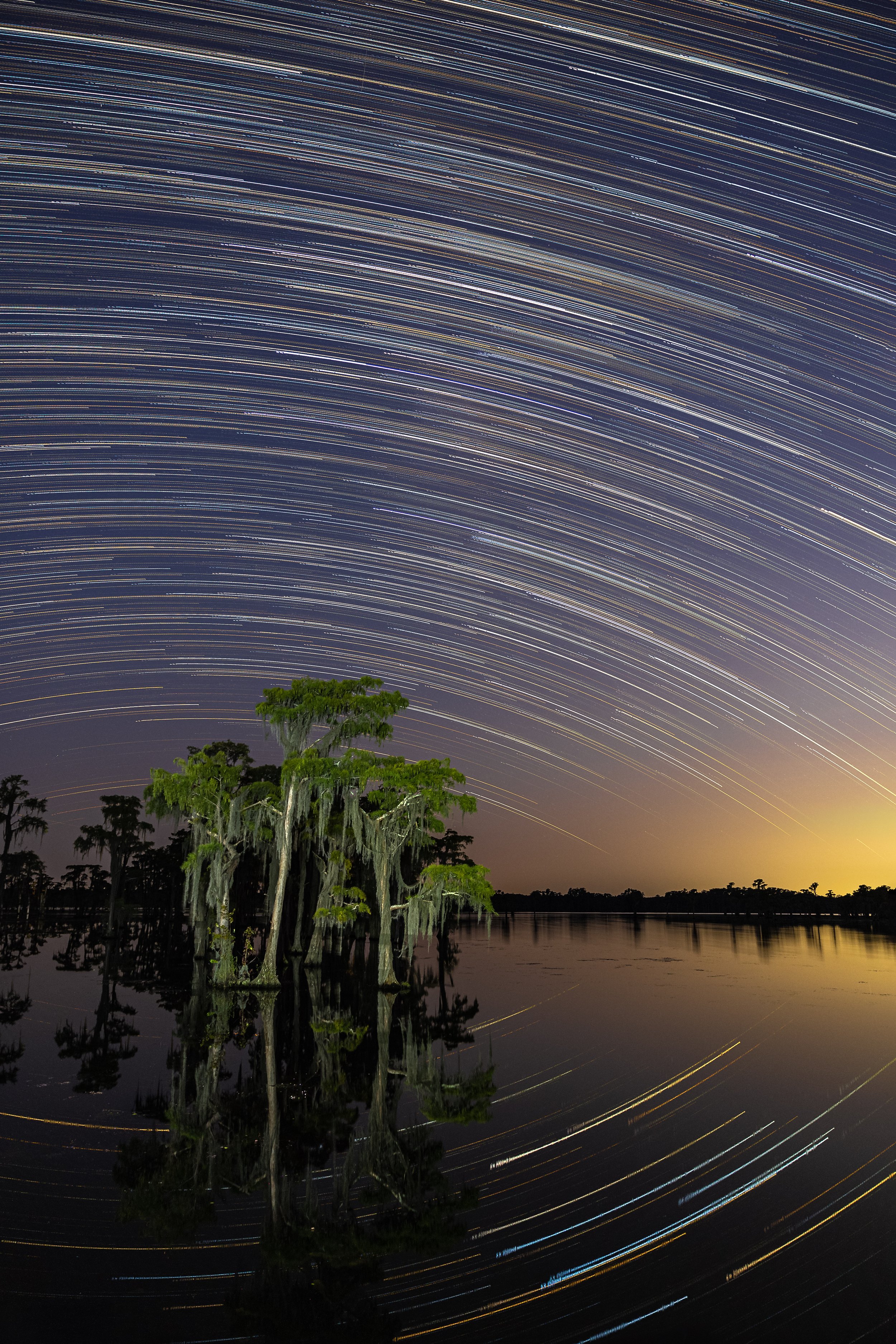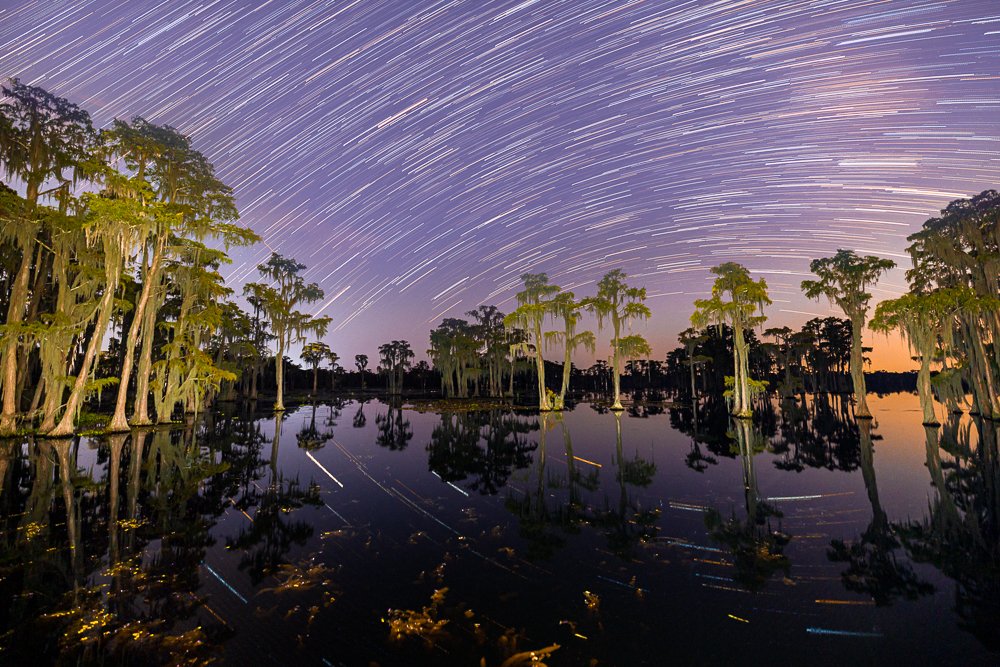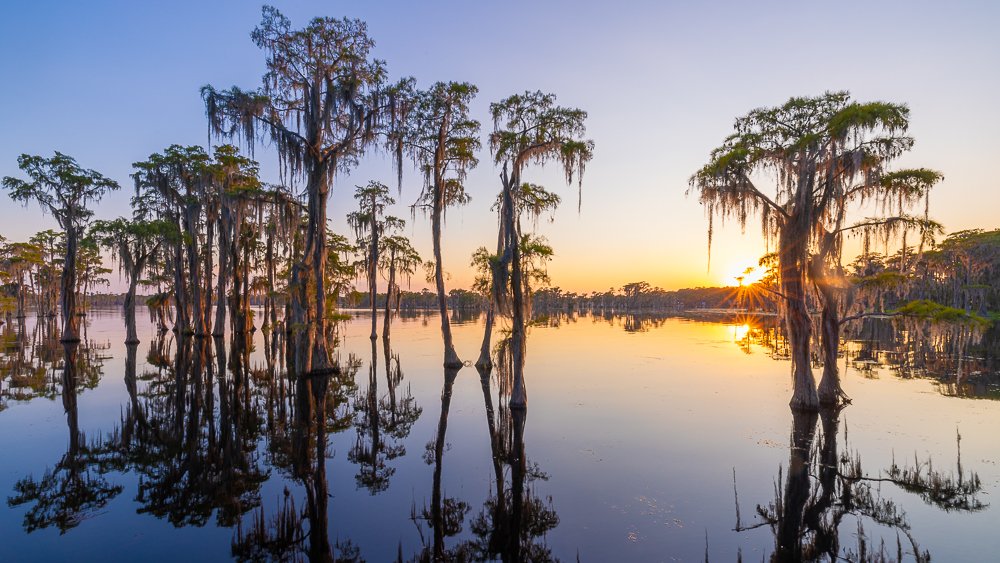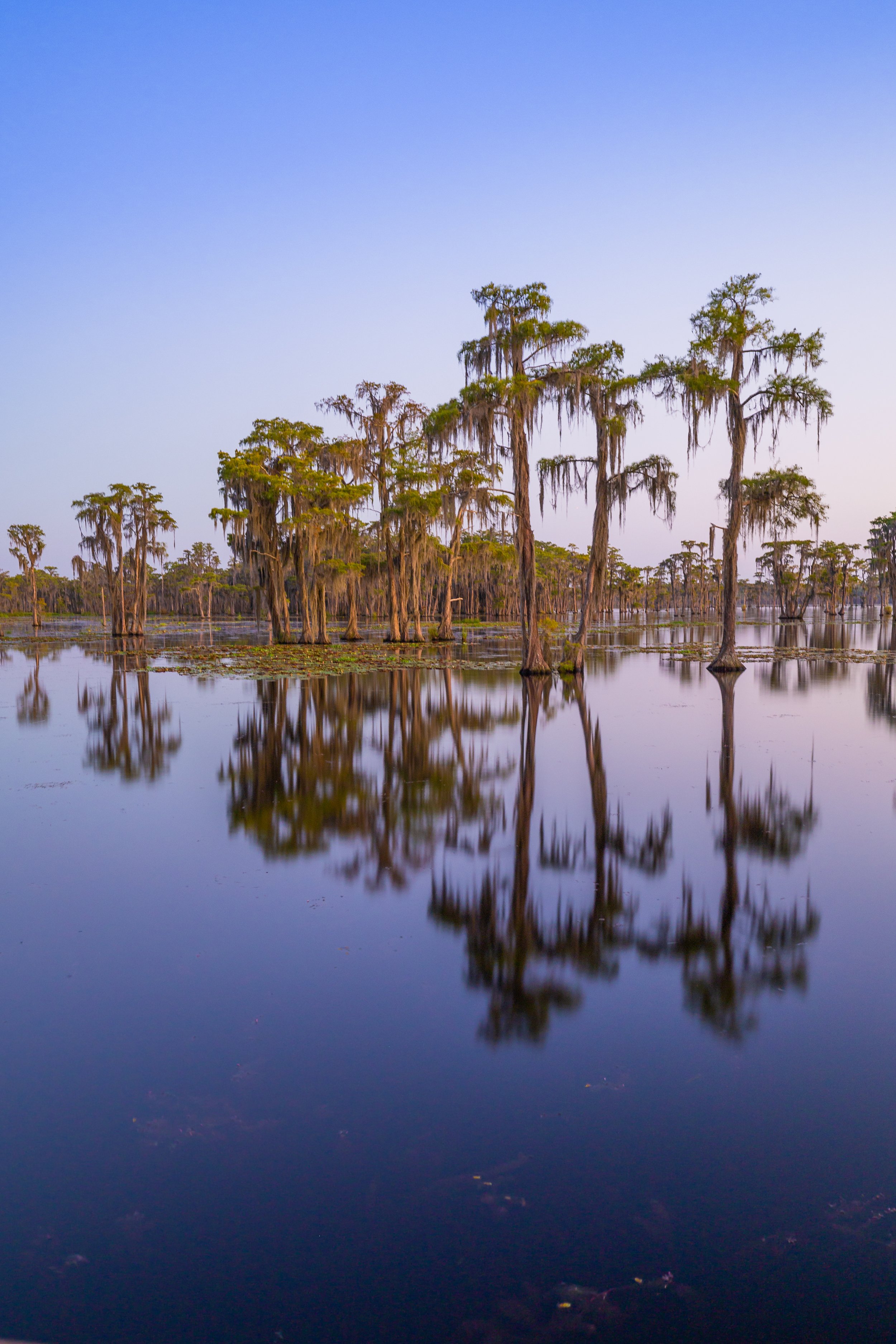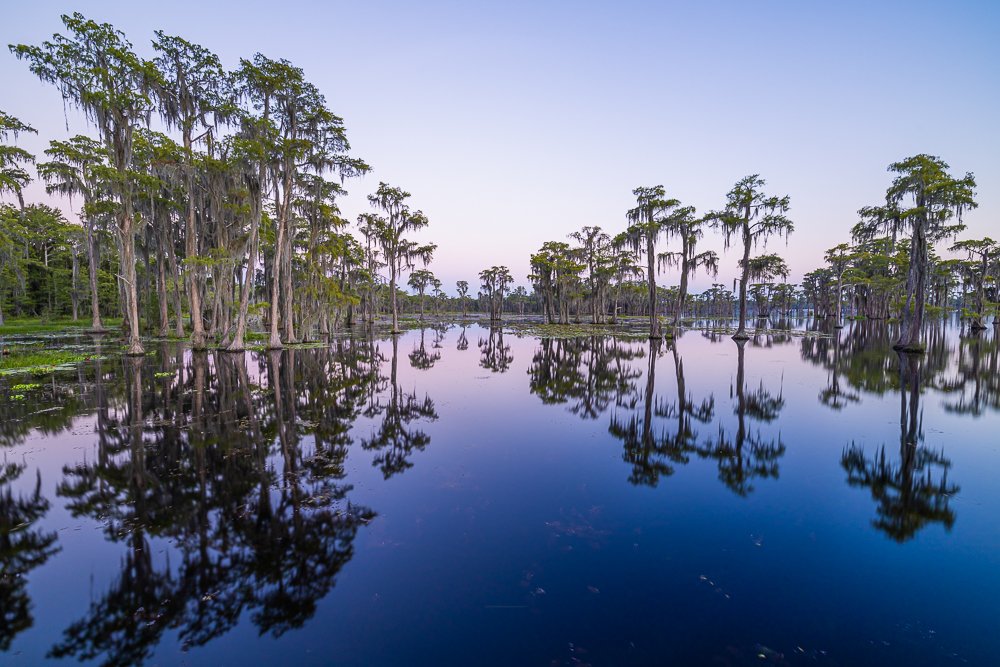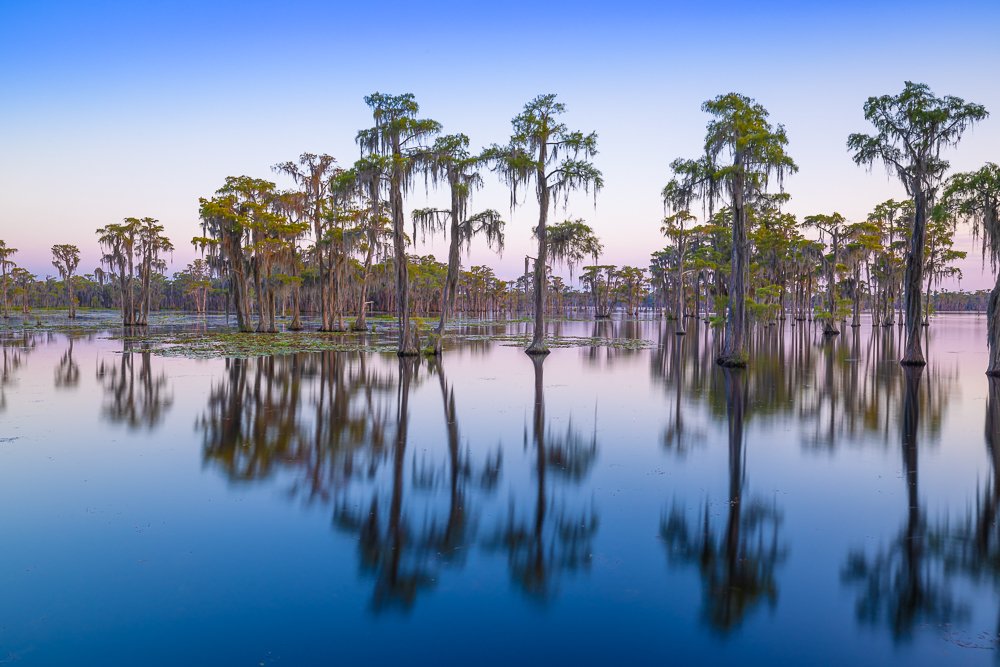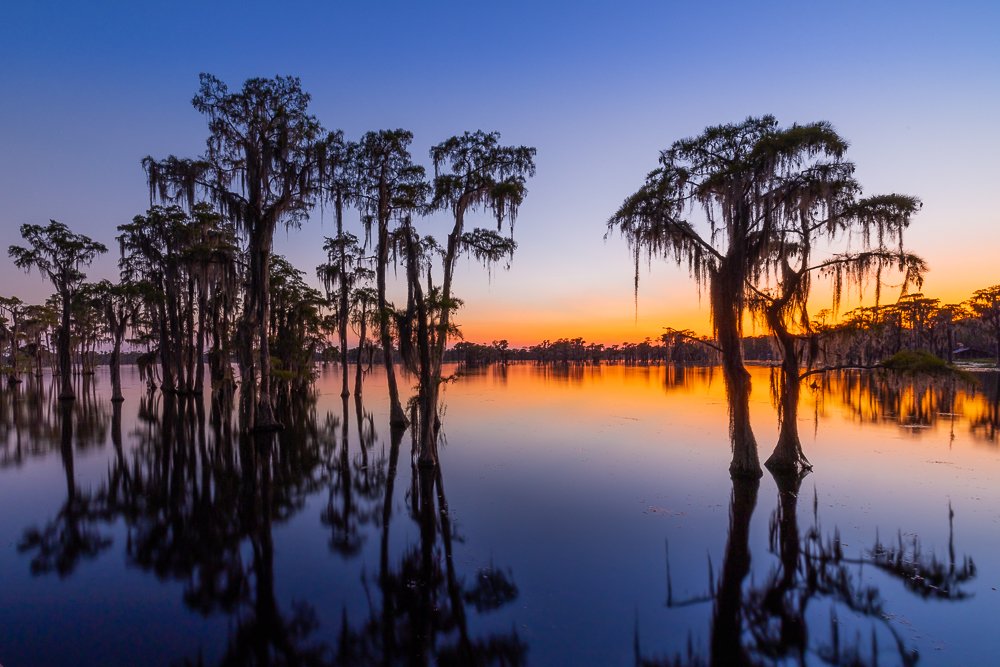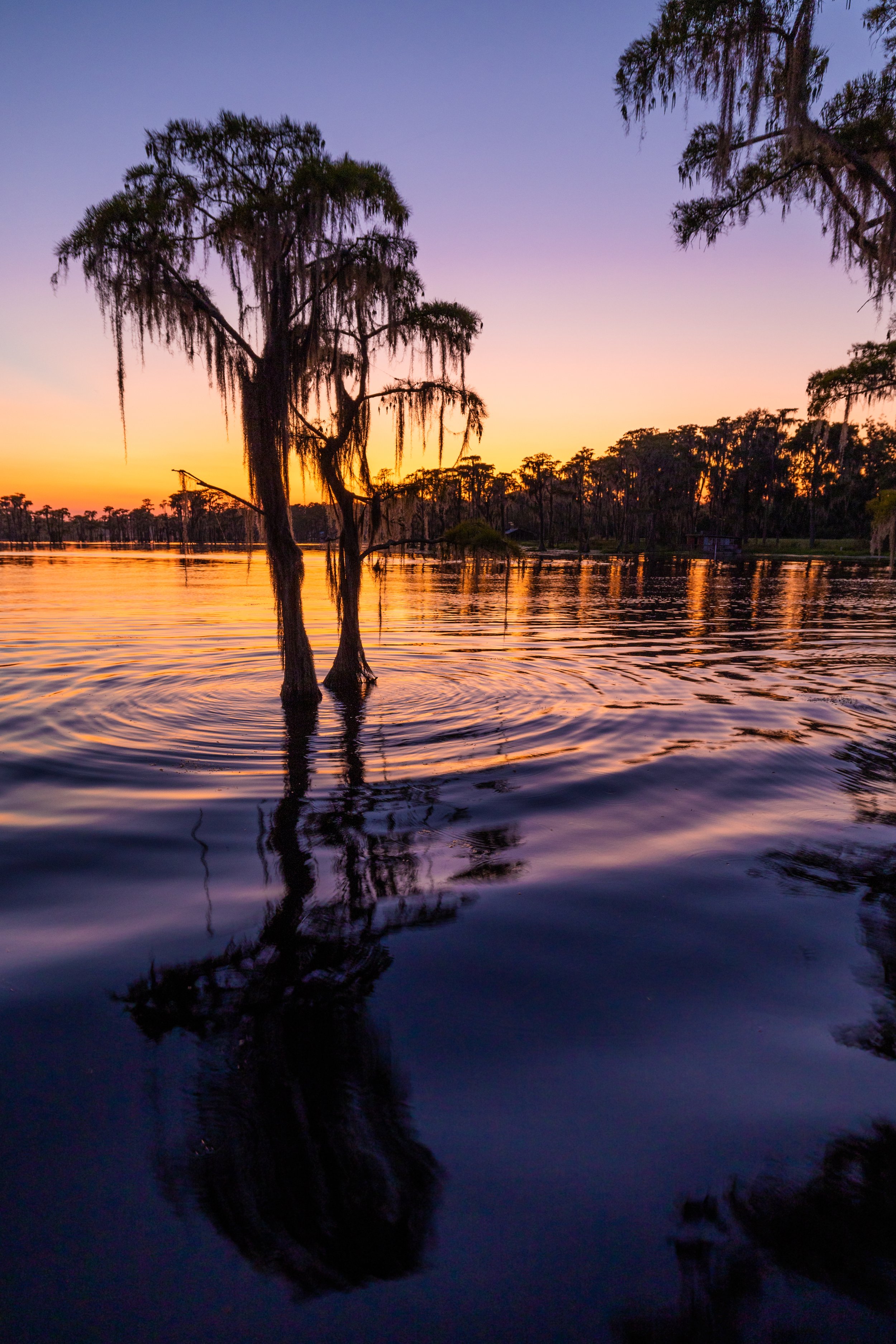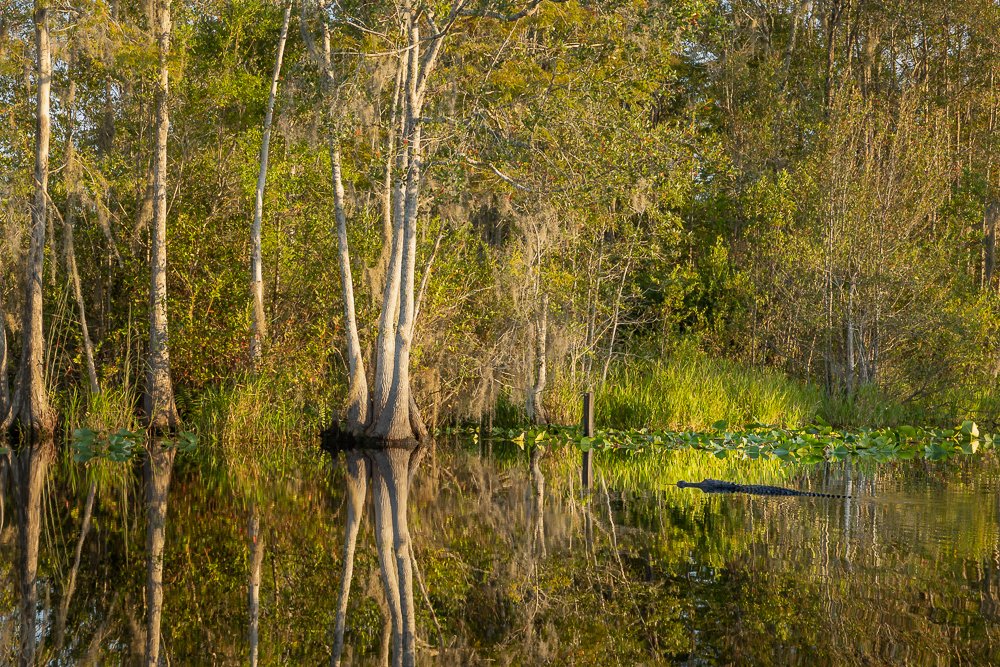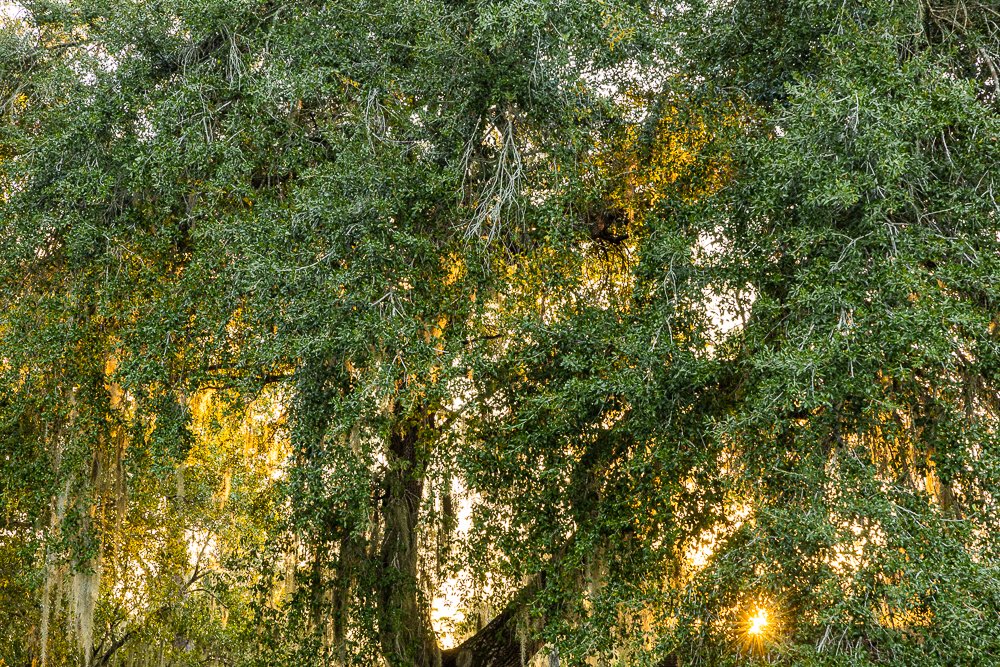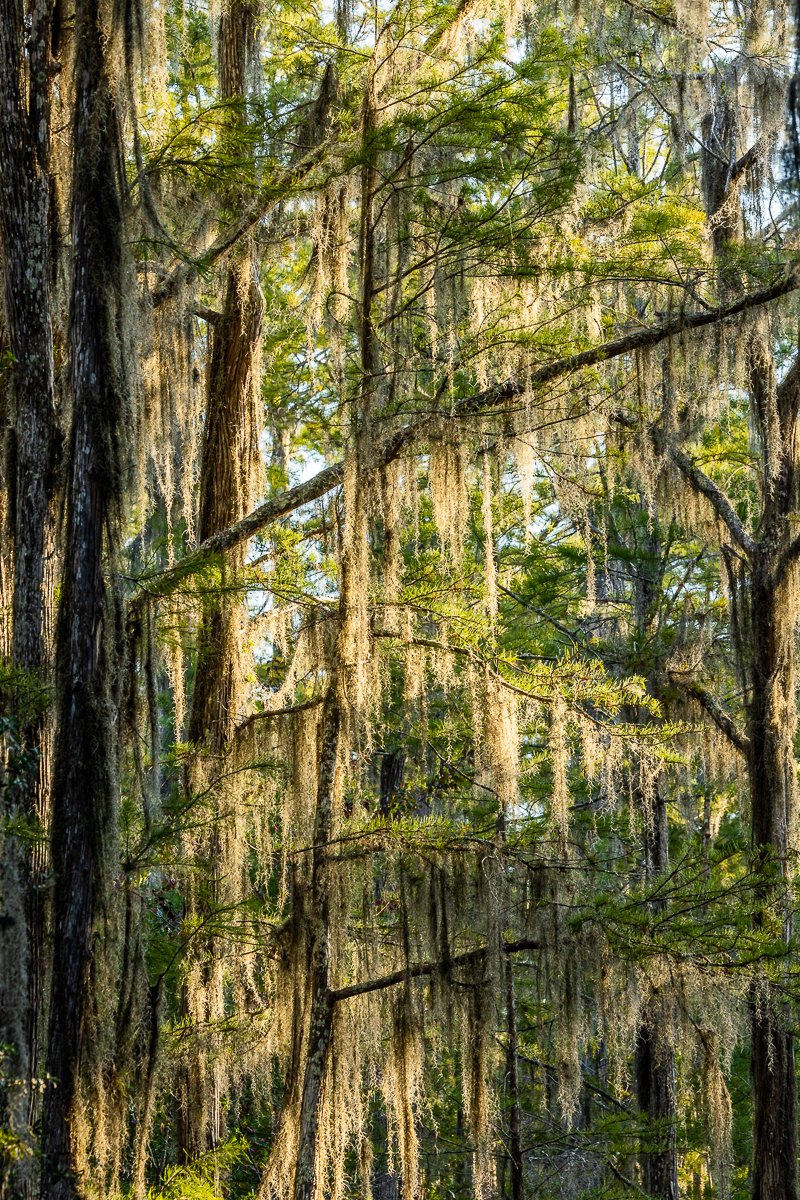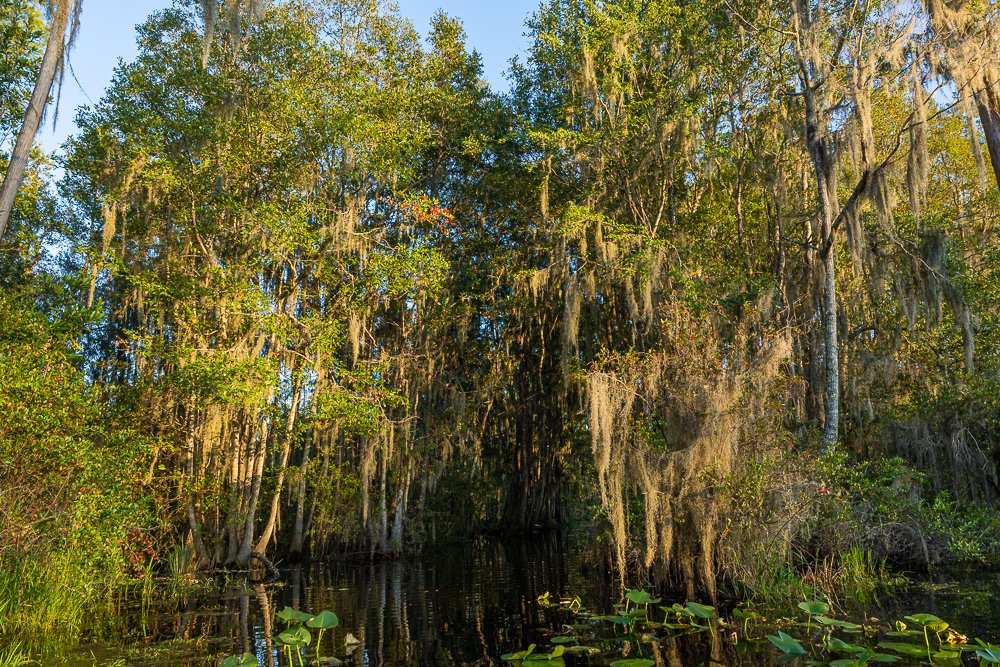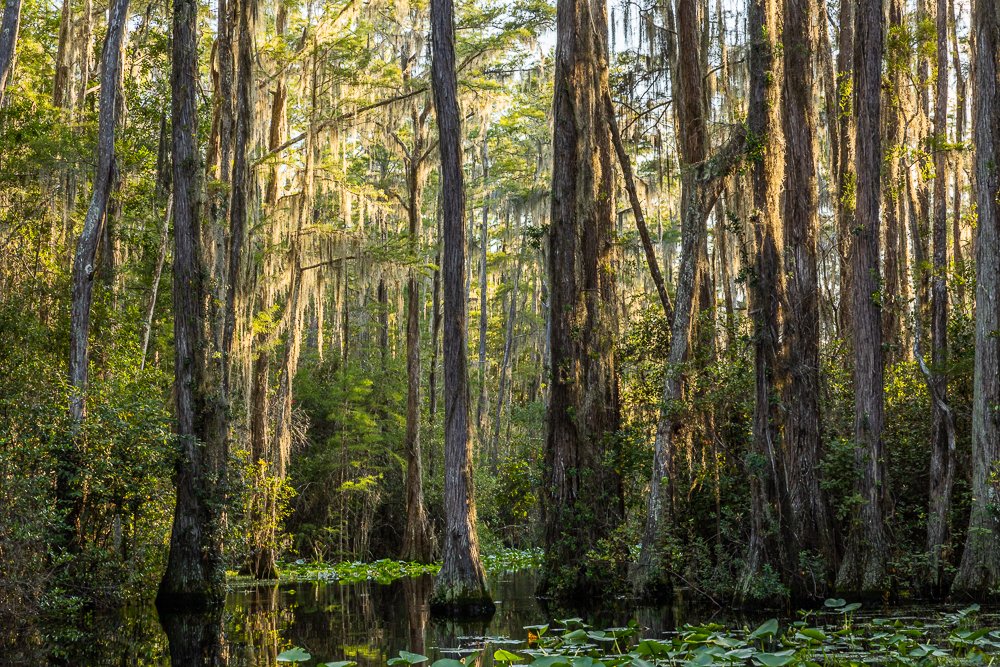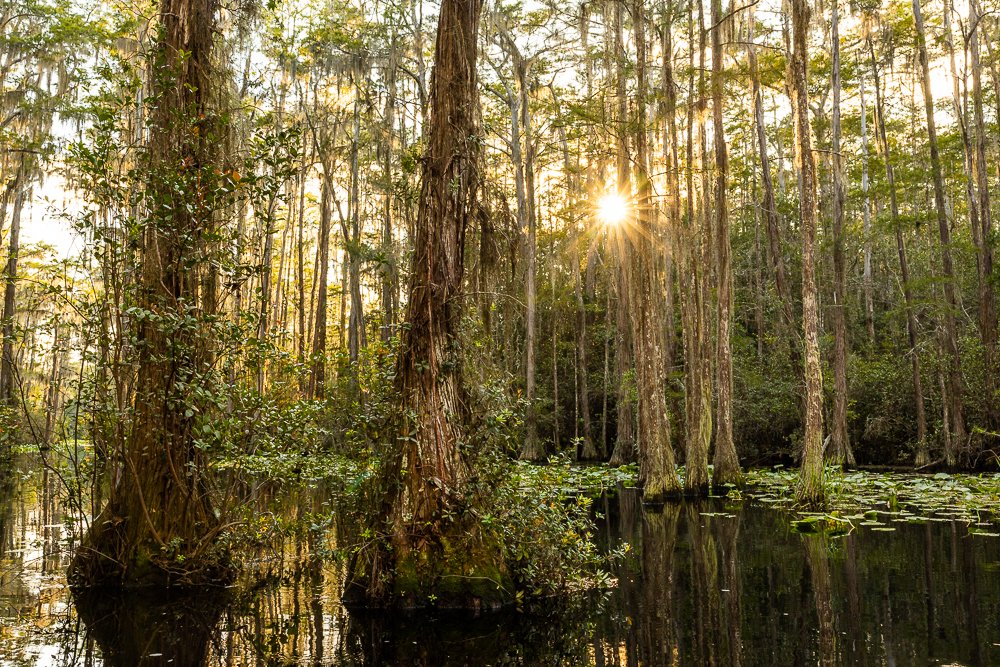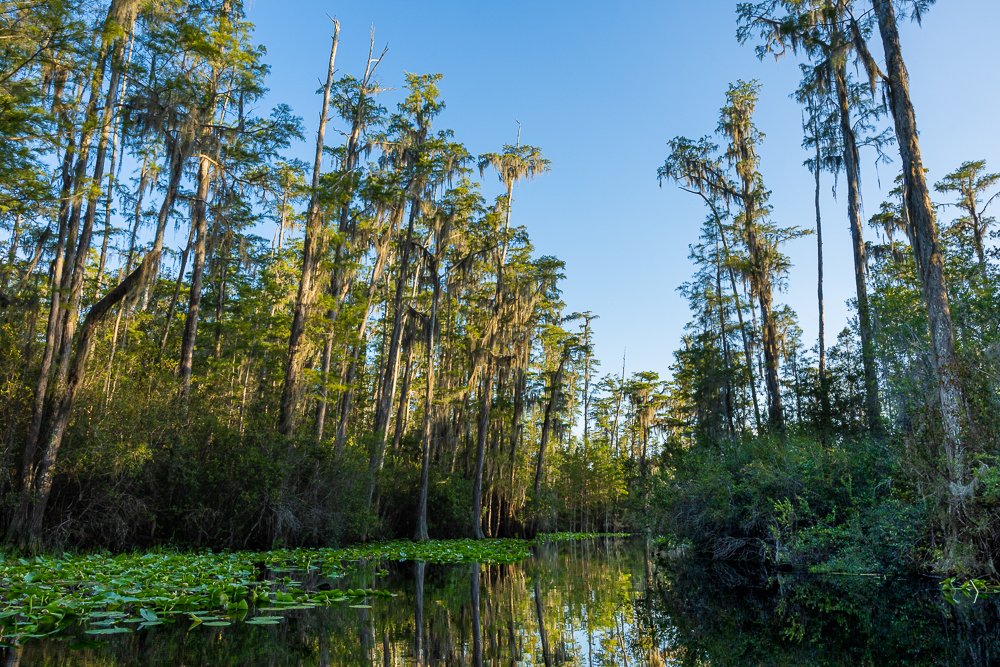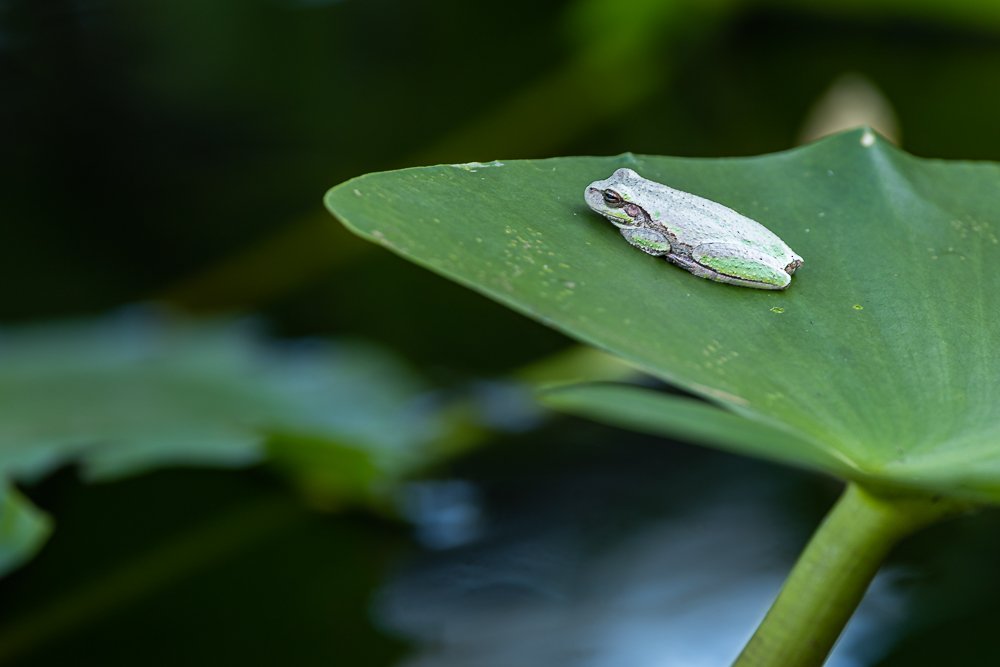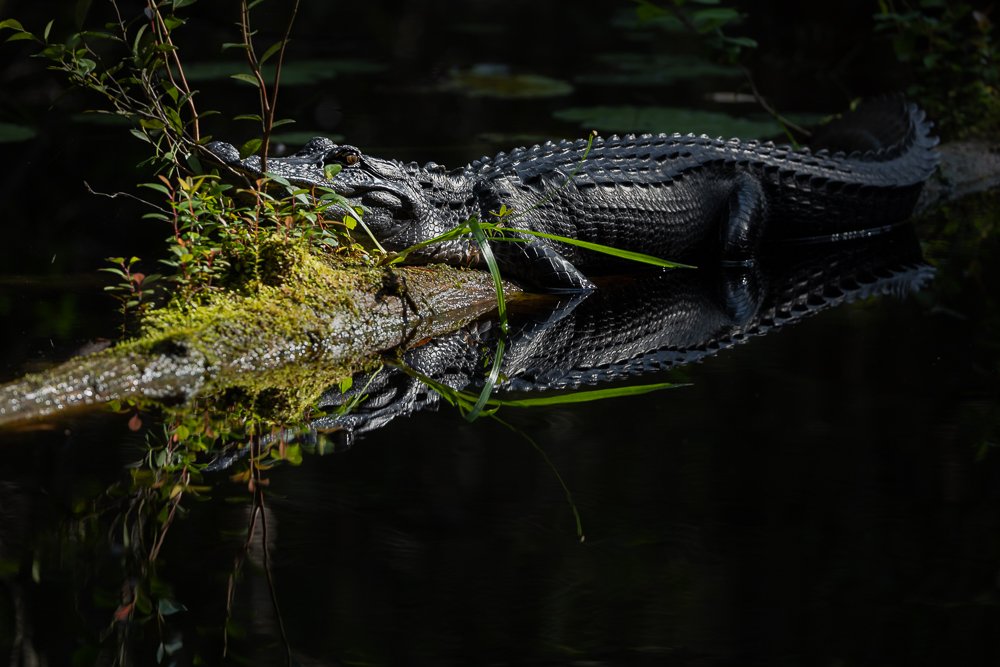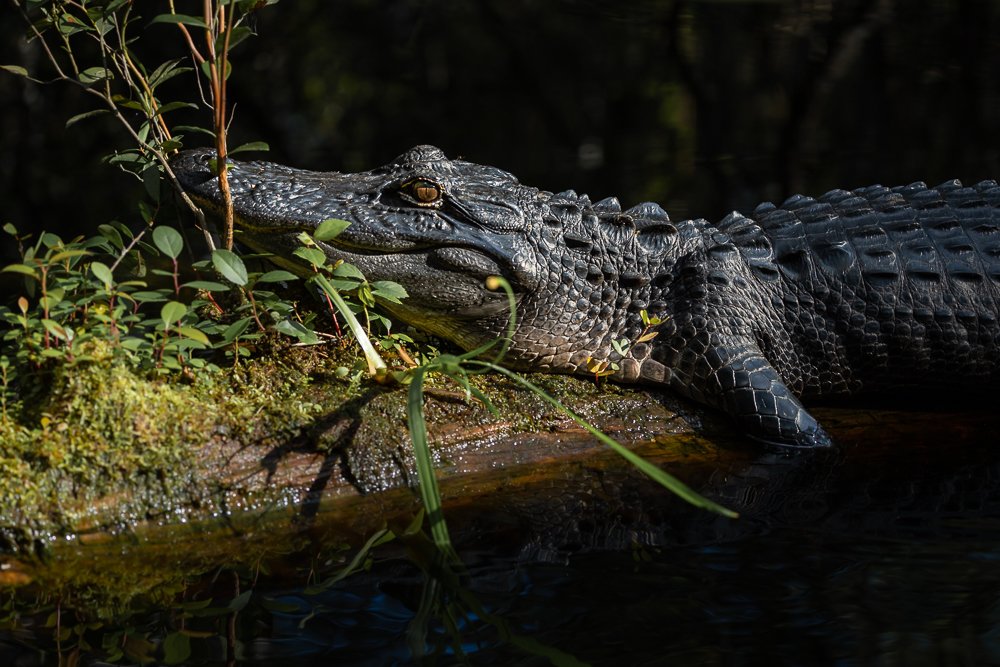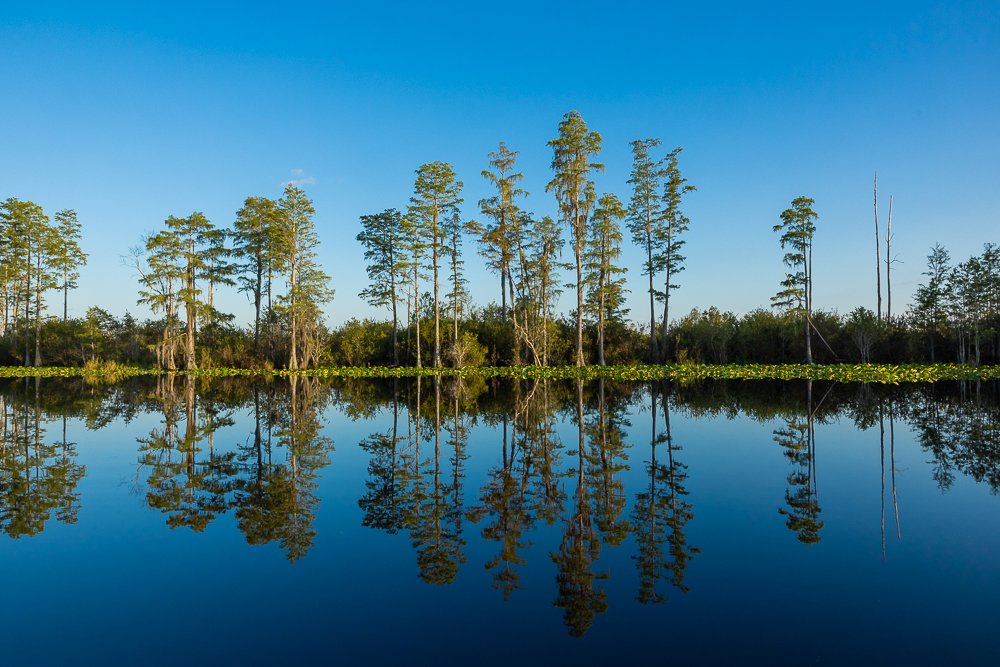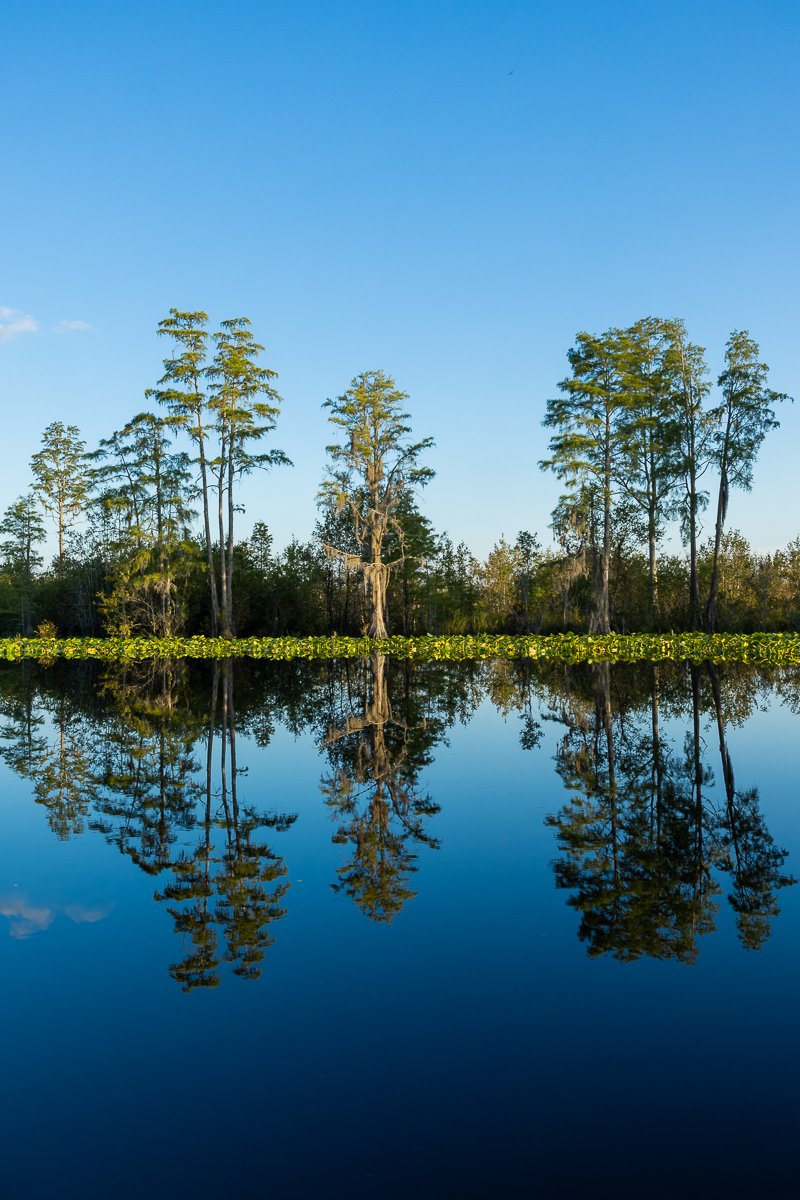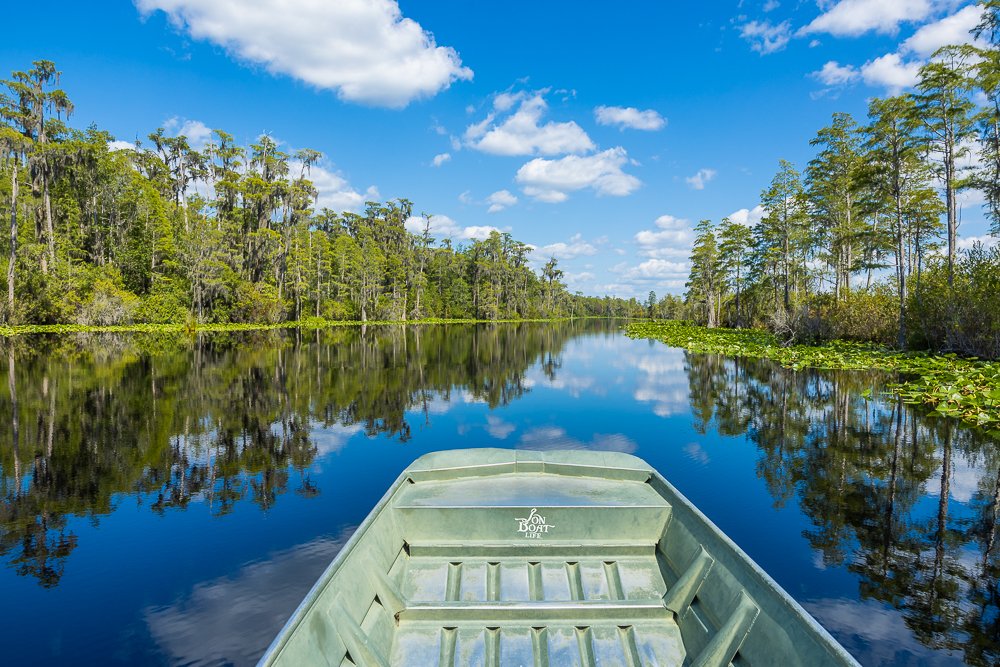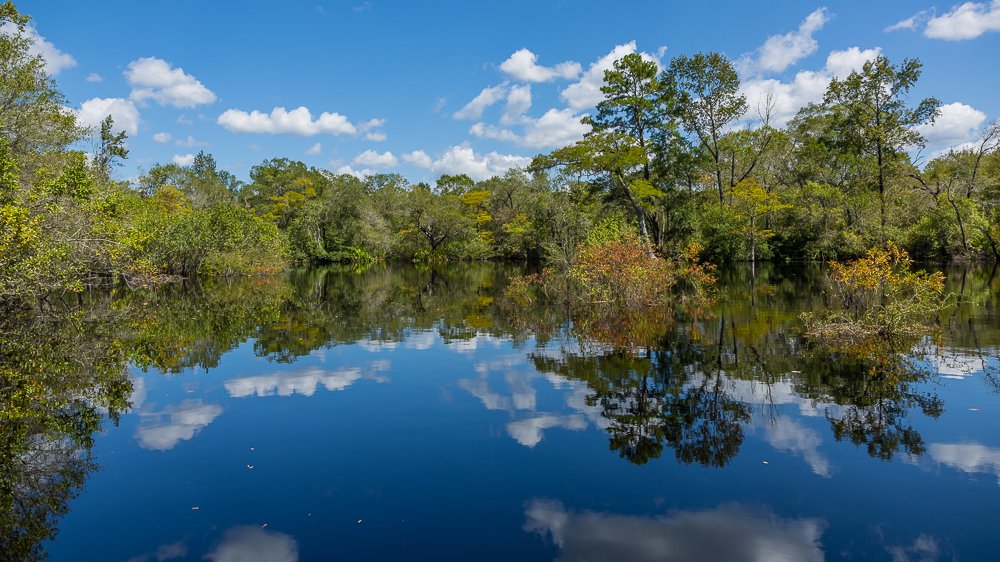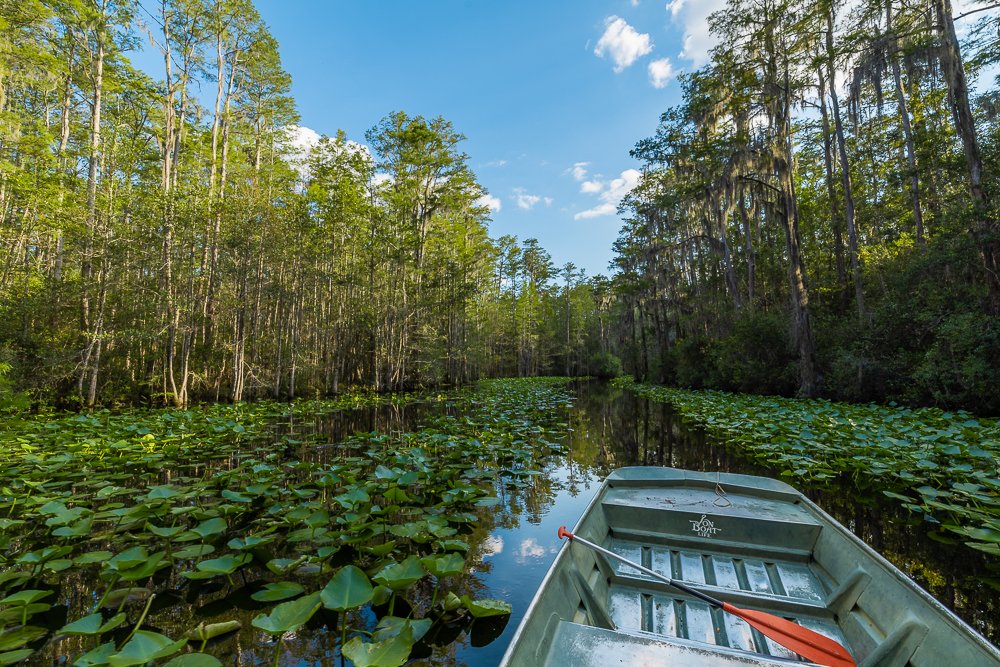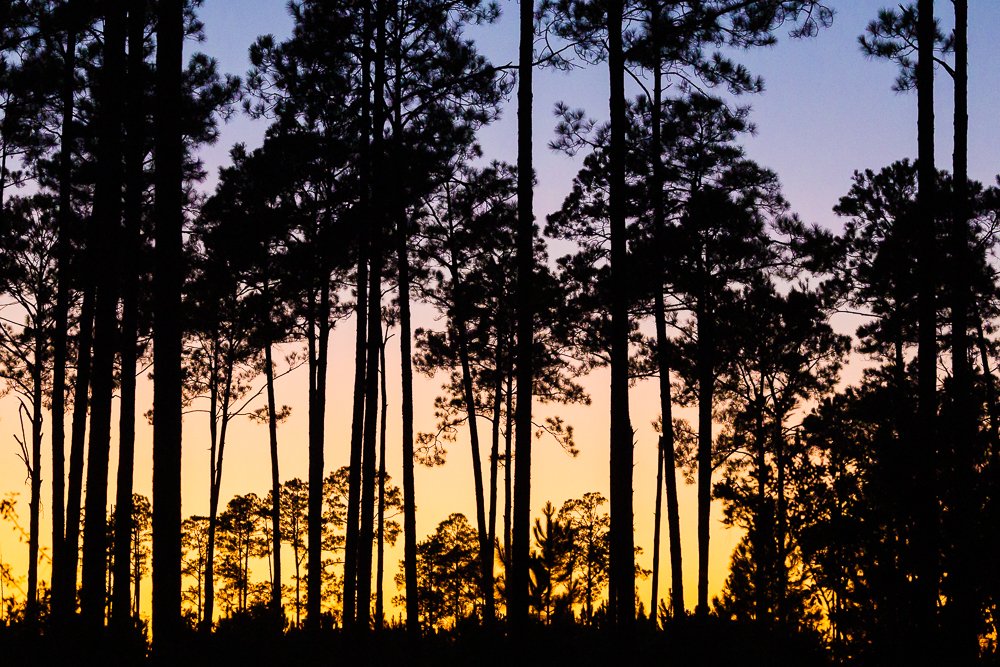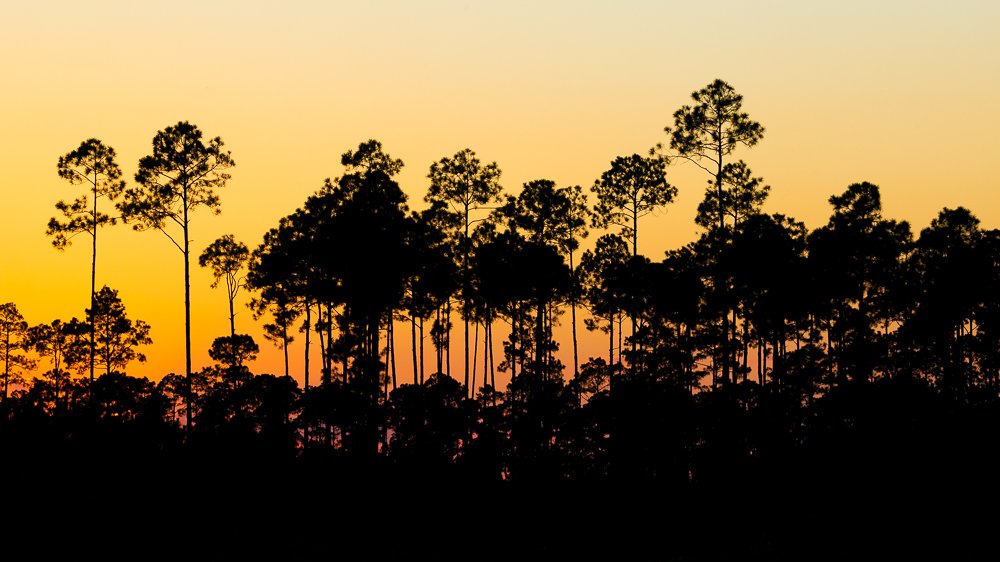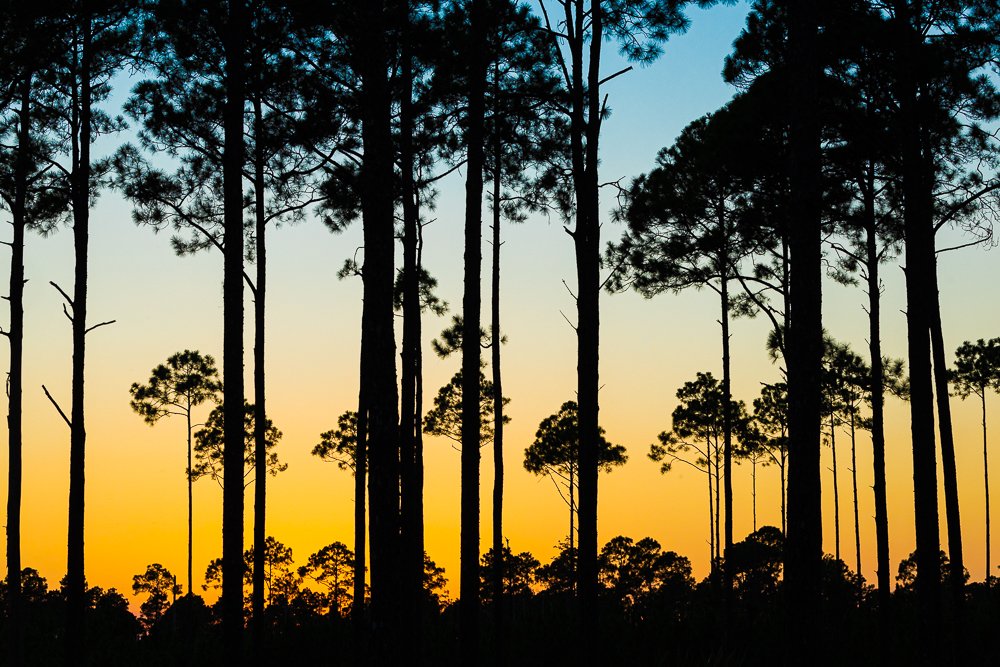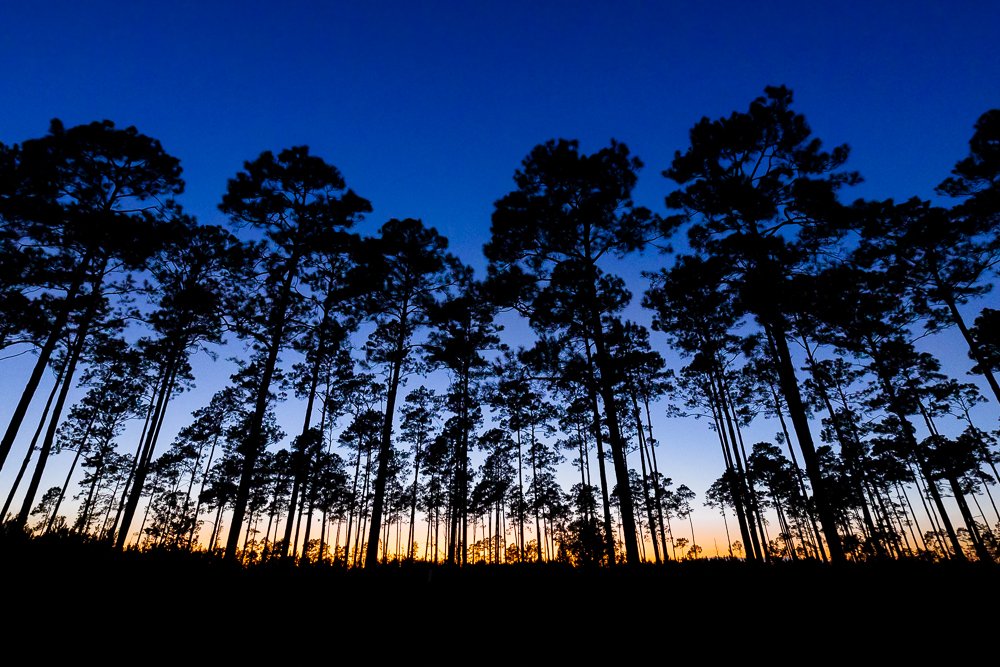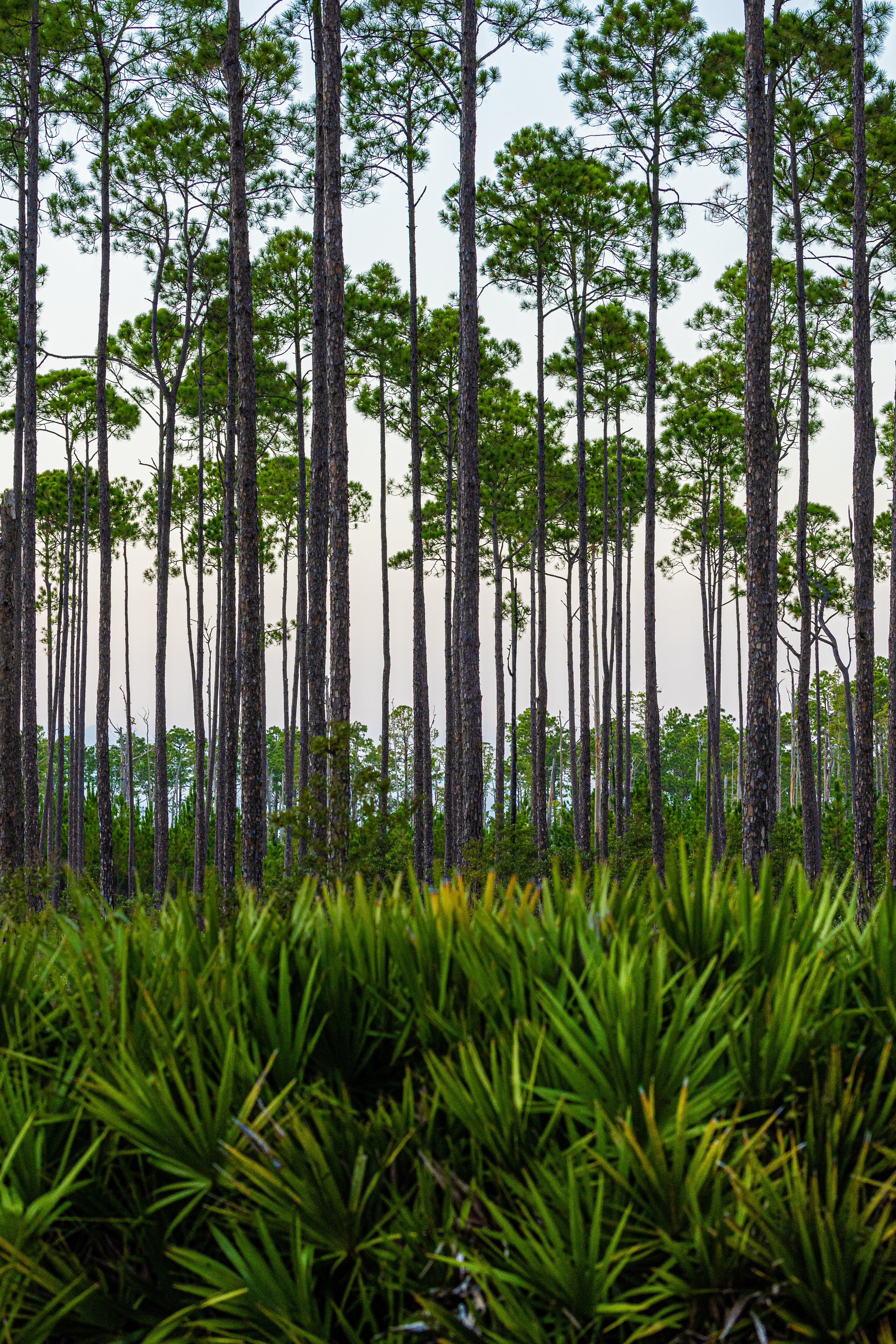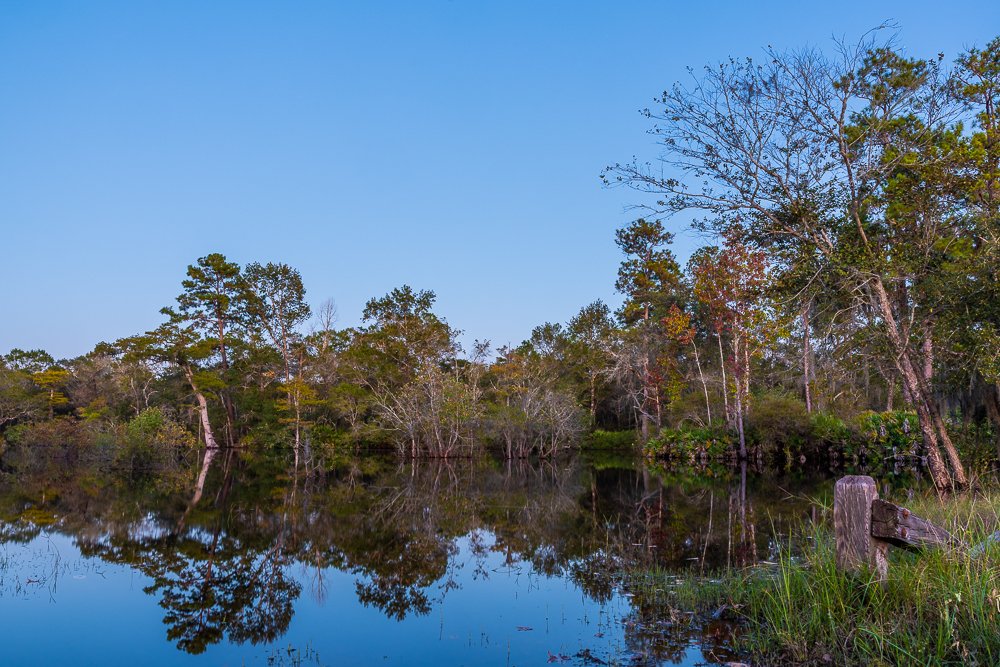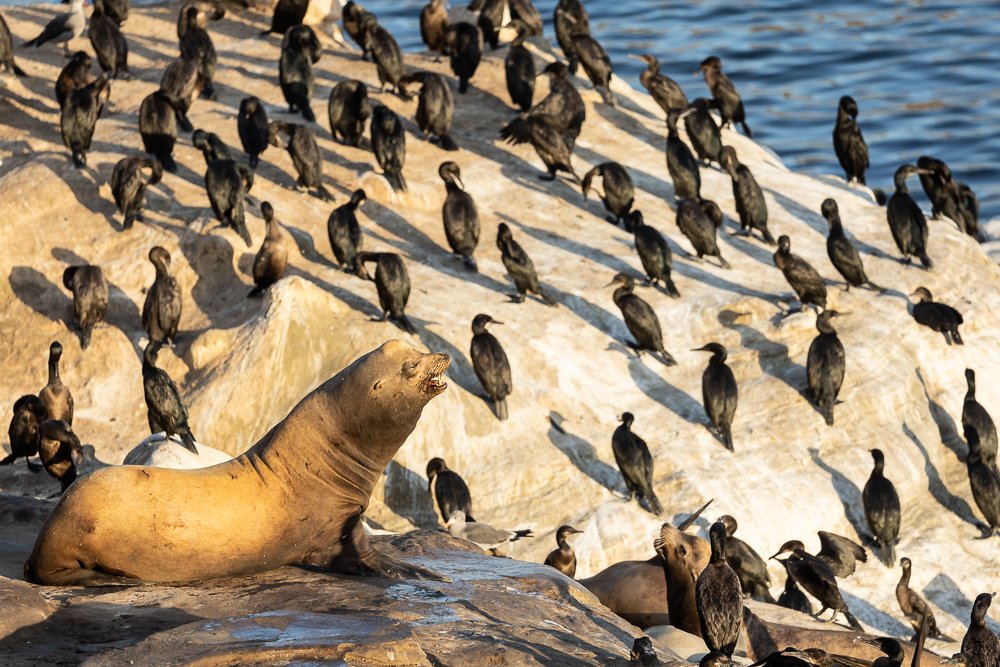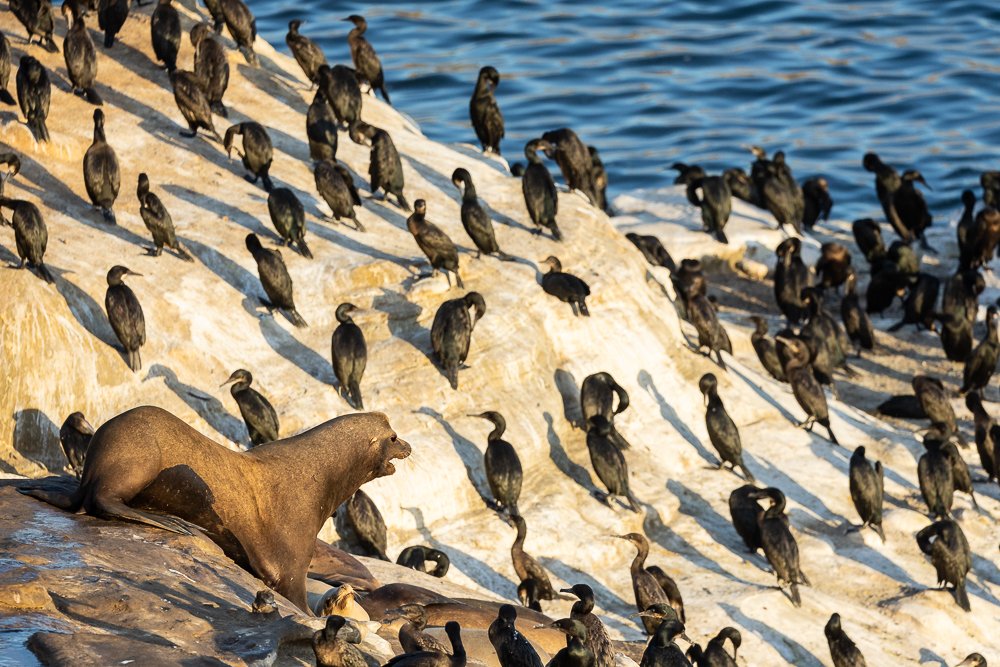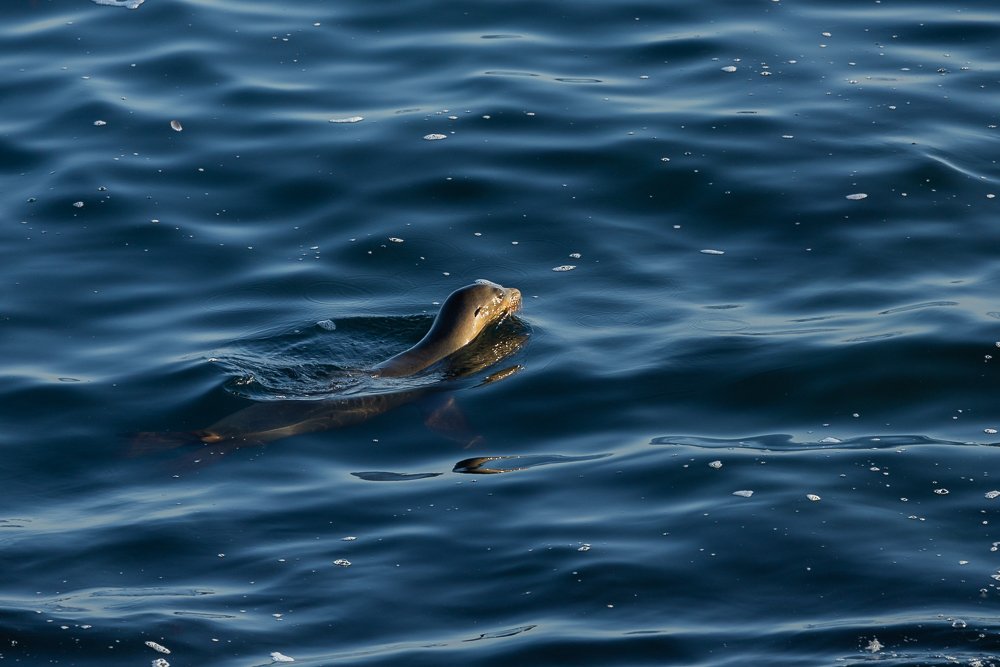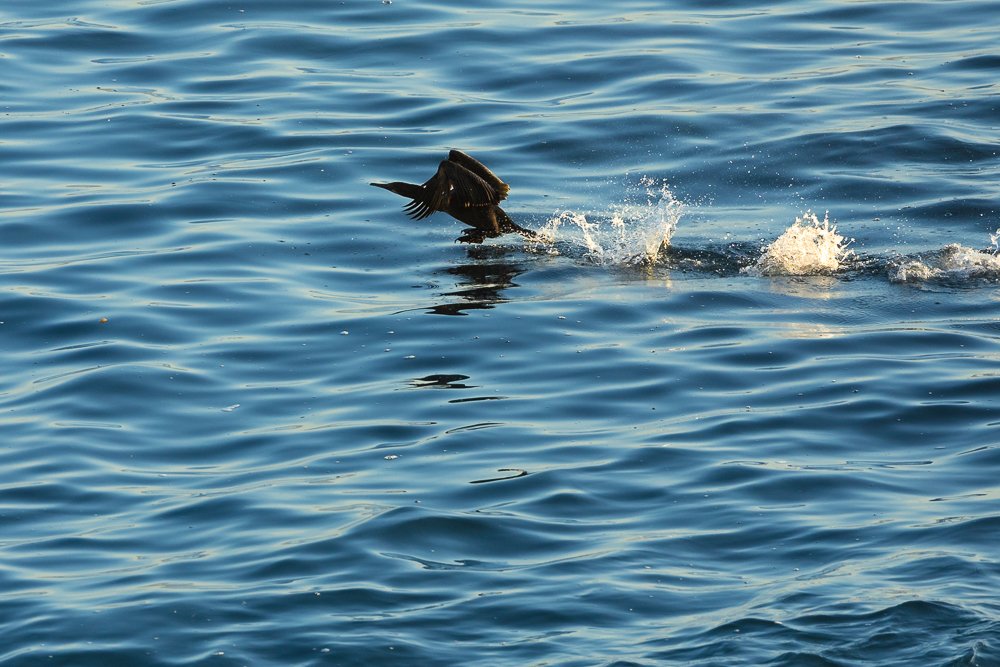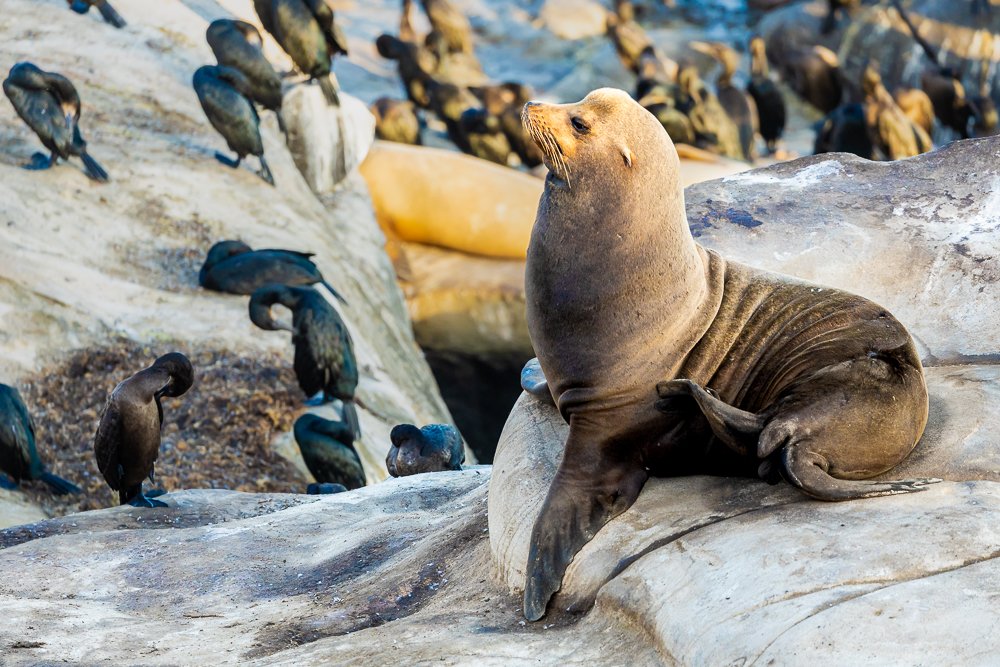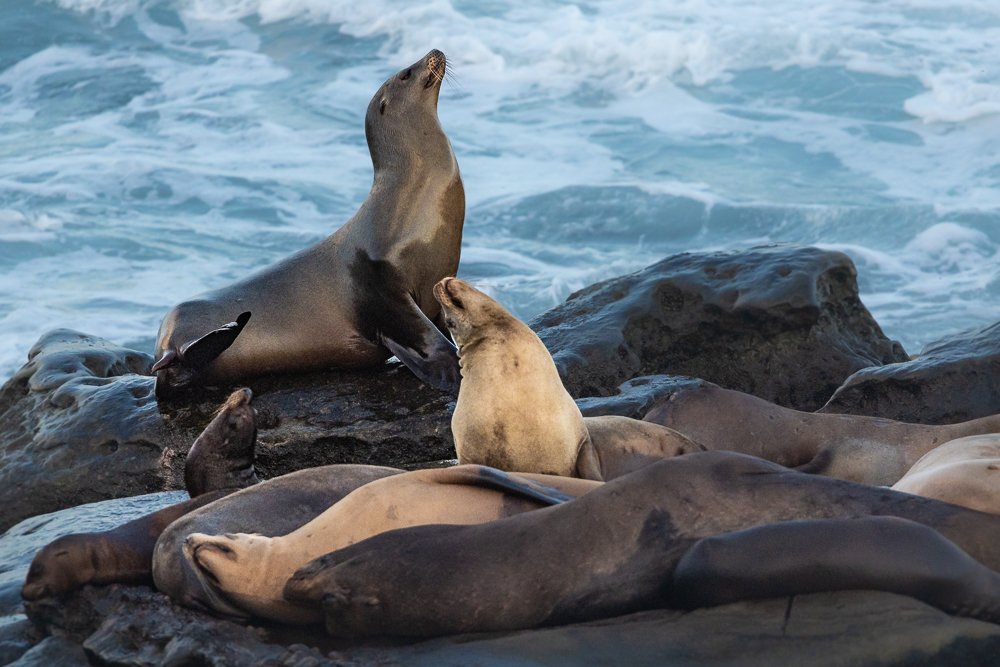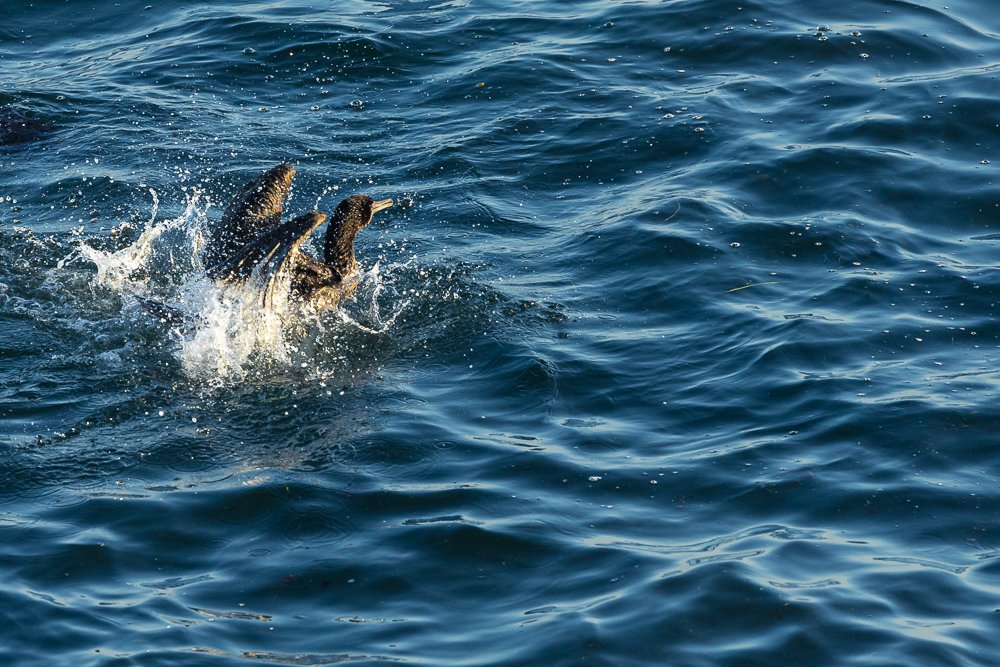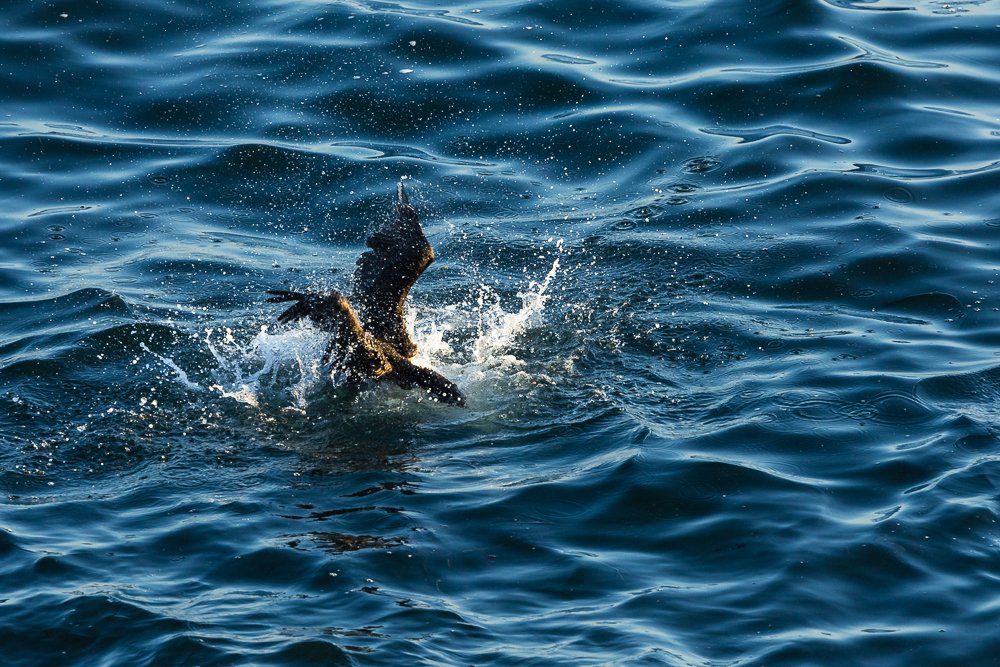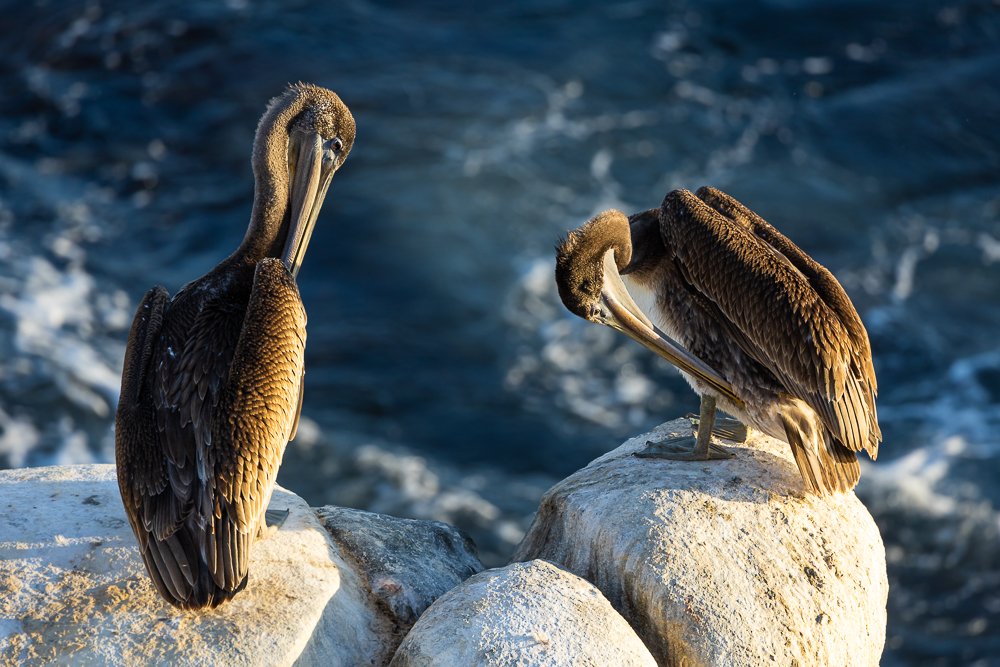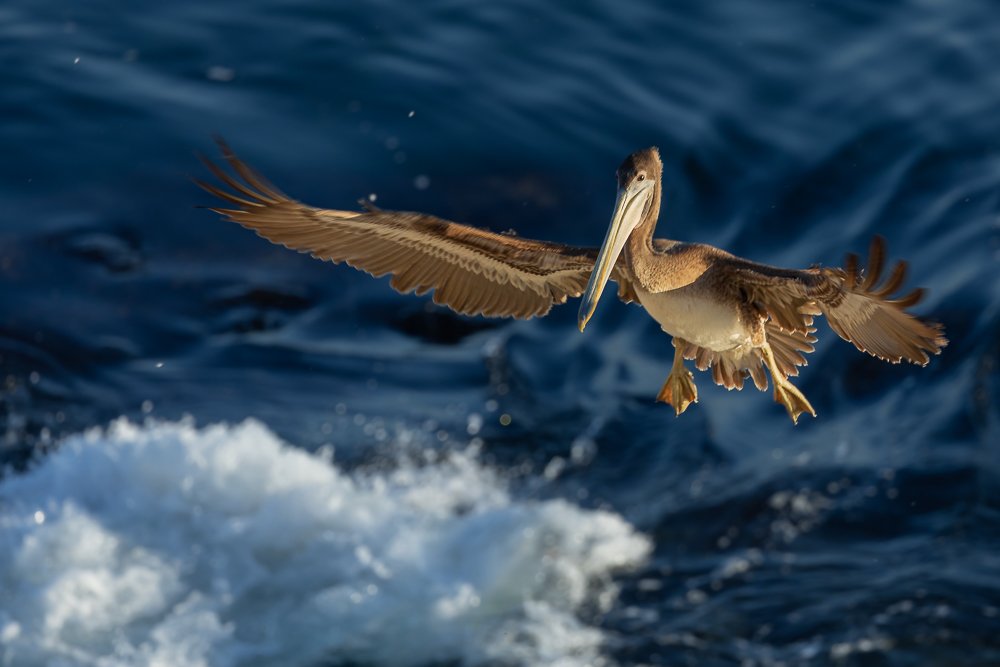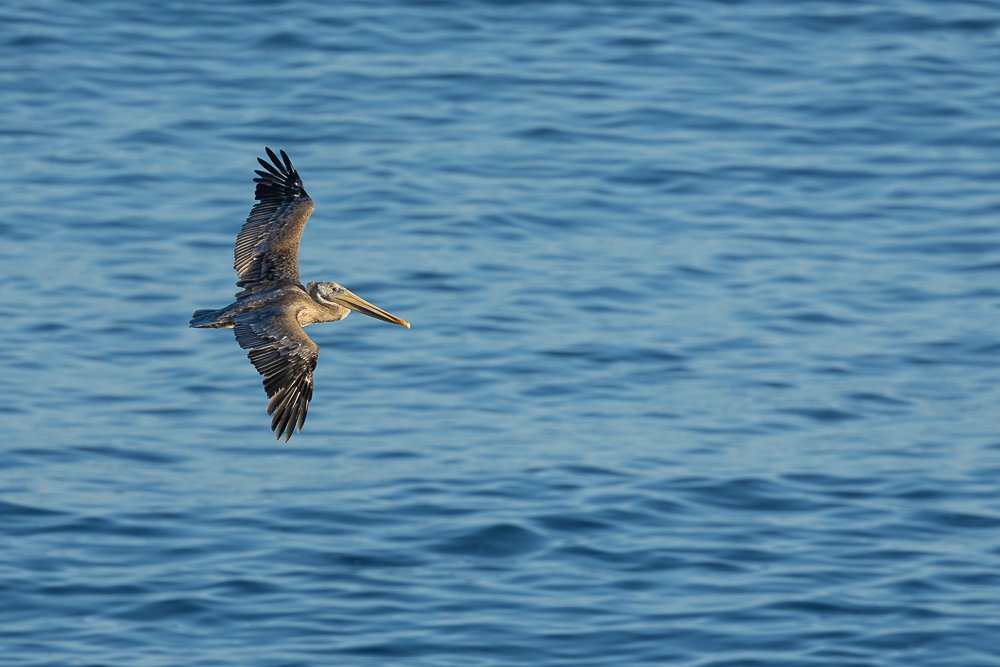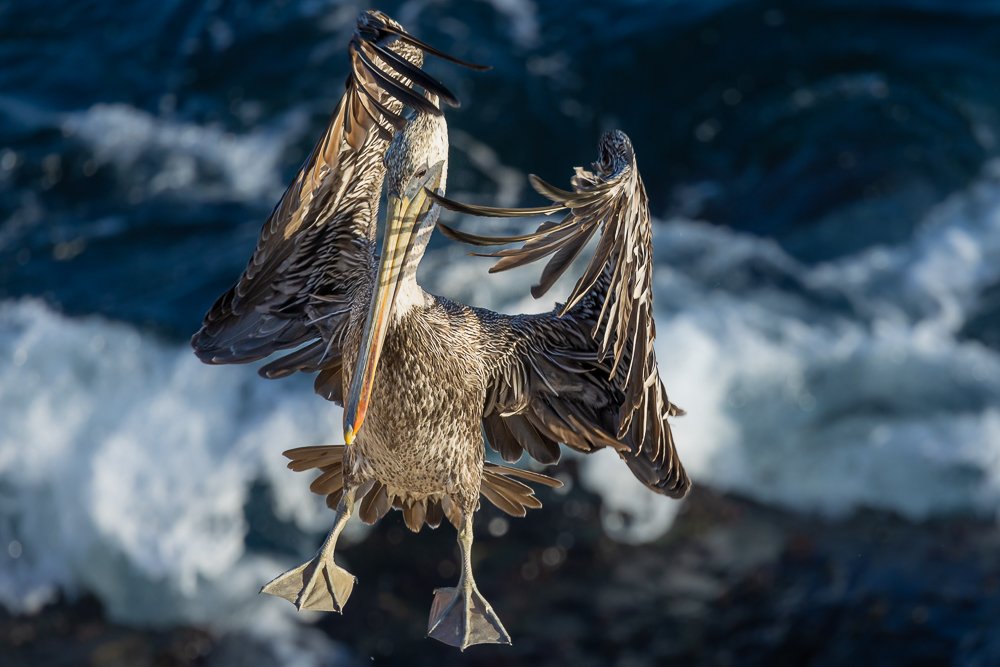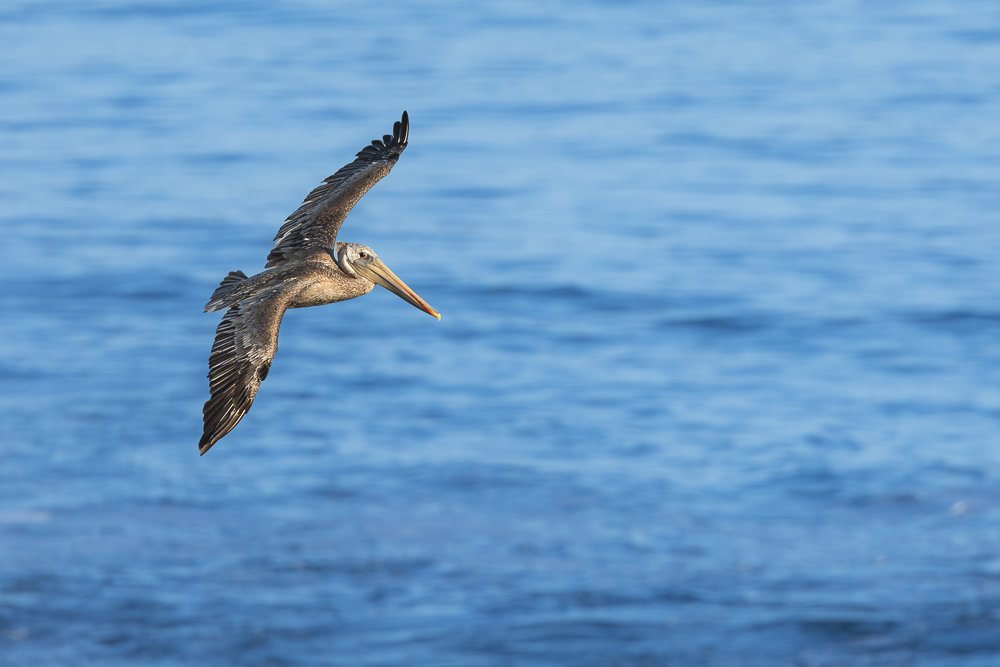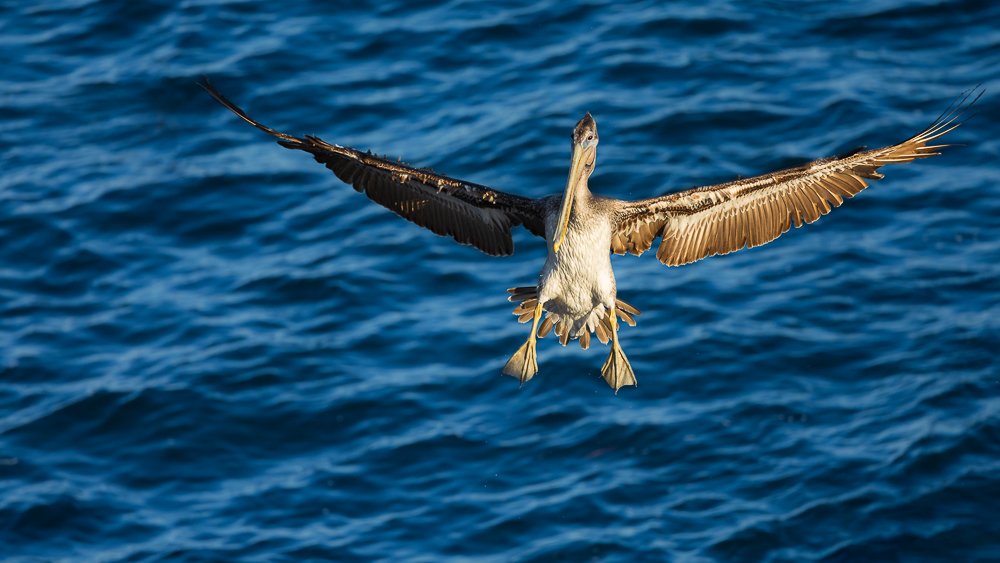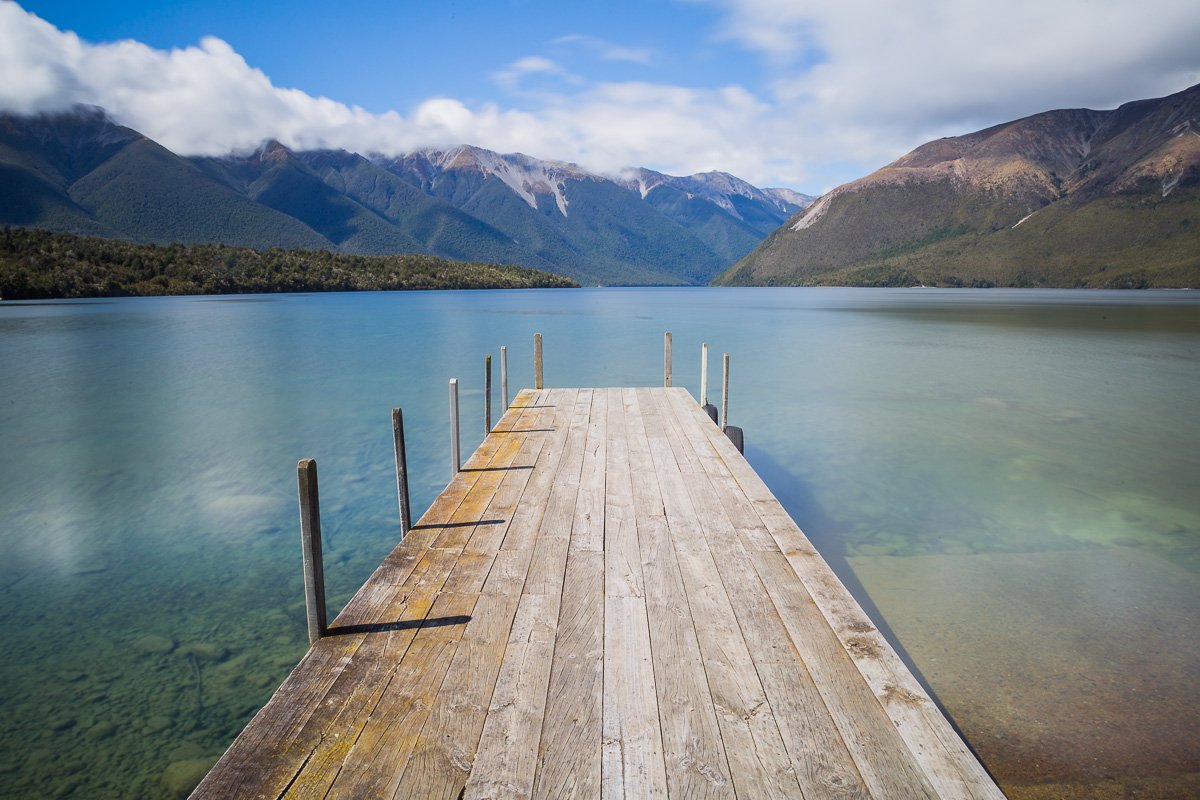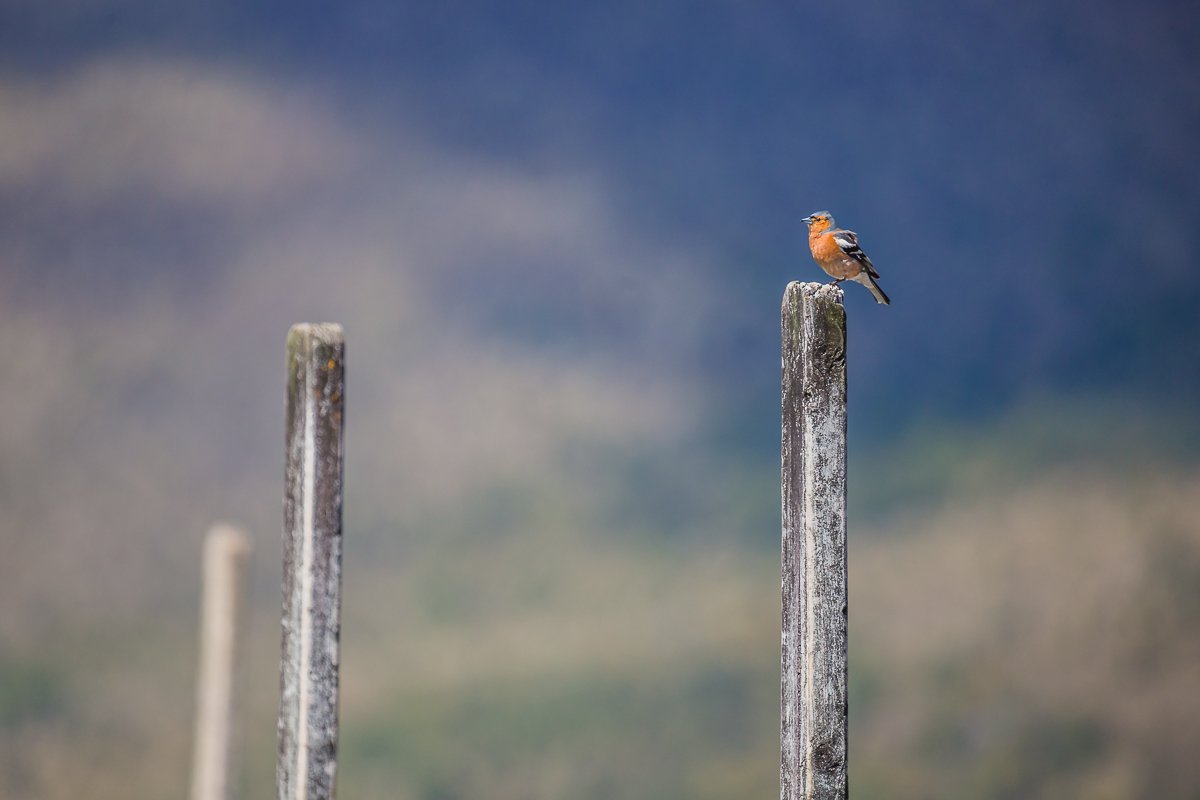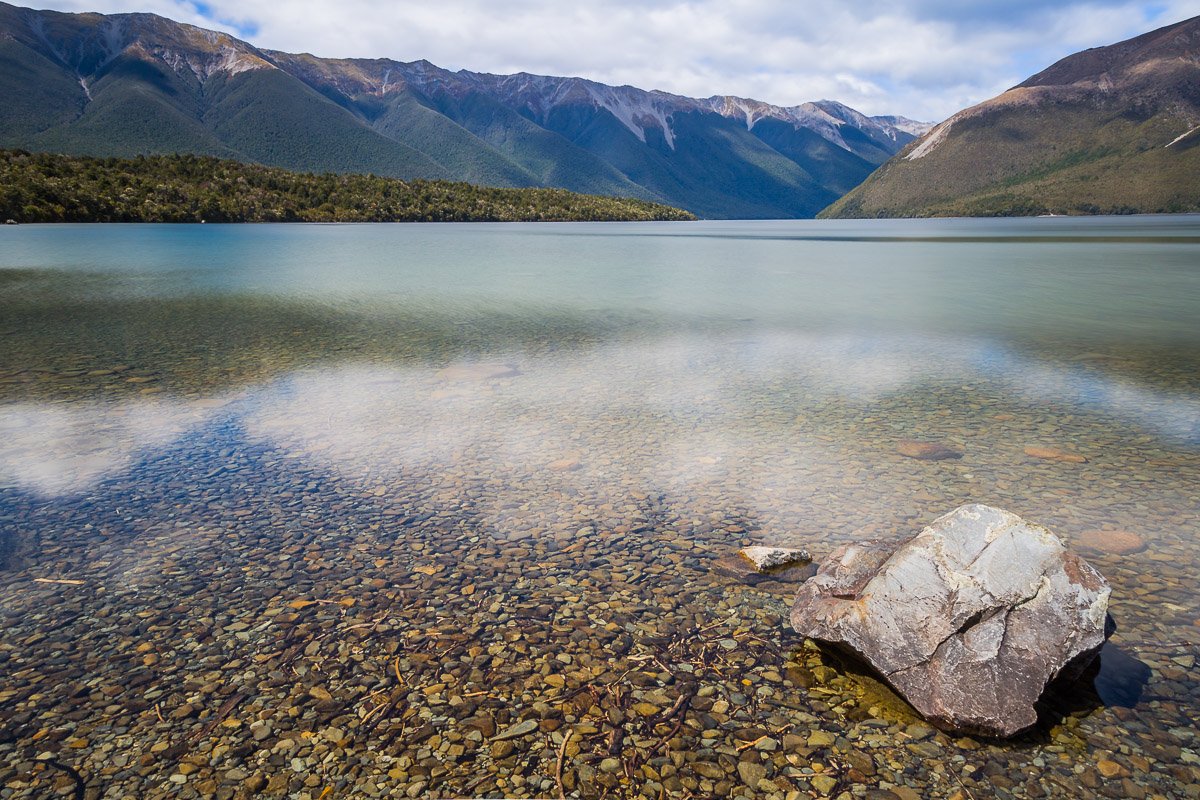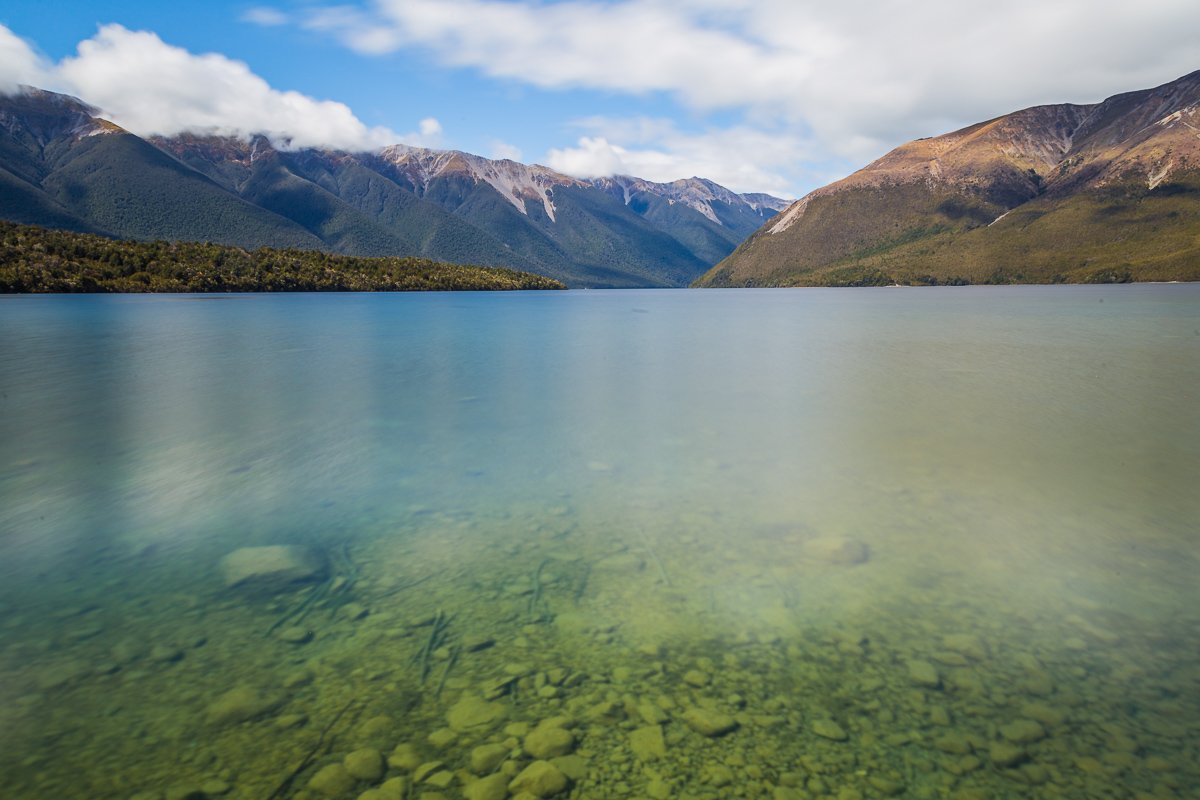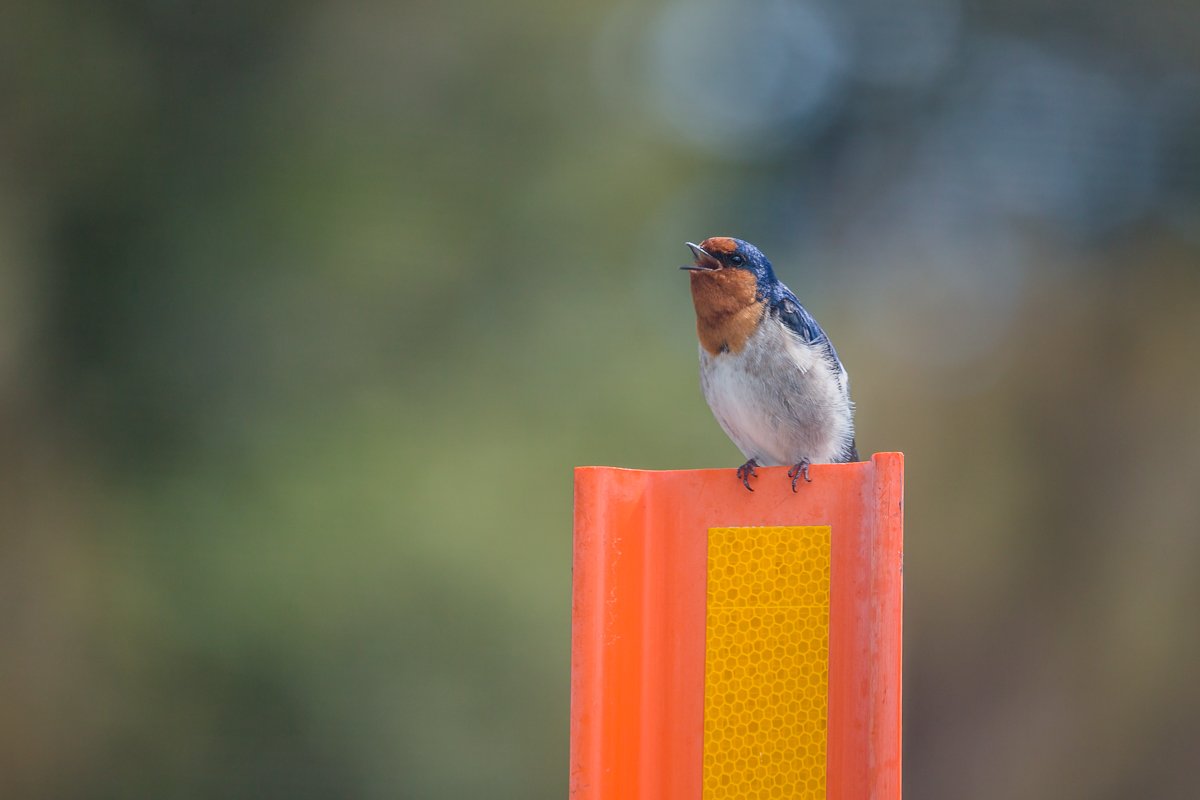Visiting Sequoia National Park during the autumn season - or fall, as we call it here -, I was greeted by a breathtaking display of vibrant foliage. At this time of year, the landscape transforms into a painter’s palette, with hues of red, orange, and yellow splashed across the bushes and trees. The contrast between the evergreen giants and the vivid autumn leaves created a picturesque scene that felt straight out of a postcard. Although it is not a popular destination in the autumn, the coloured foliage we did find made for some really lovely images.
blog
A Stop on the Road
We were lucky enough to catch a captivating sunset at the Generals Highway Scenic Overlook on our drive out of Sequoia National Park. This location was a welcome surprise on our travels, as we hadn’t really planned anywhere in particular for sunset and did not have particularly high hopes for it, given that the park is set in a valley. The viewpoint provides an elevated position to witness the sun descending below the horizon, casting a warm, golden glow across the surrounding landscapes and submerging the hillsides gradually in darkness. As day transitions into night, the rolling foothills, lush forests, and towering sequoias become immersed in the serene and enchanting colors of dusk.
End of Day at Moro Rock
Another visit to Moro Rock at Sequoia National Park this weekend, this time in the late afternoon as the haze and the falling sun transformed the skies into a beautiful mixture of oranges and yellows. There was a beautiful lateral light there as well which left half of the valley in light and the other half in shadow. Here, I made full use of my whole photography kit - from wide lenses to capture the expansive valley below, to a telephoto lens aimed at the few trees hugging the mountain ridges. The most incredible thing is that this wasn’t even quite sunset: we still made it down the valley and caught sunset at a different location afterwards.
Hall of Golden Light
Few landscapes leave me completely speechless, but this stunning sunset at the Joshua Tree National Park’s Hall of Horrors did just that. This place is named after its eerie rock formations, which resemble dungeons and other creepy structures. (Can you spot a skull-shaped rock in the images below?) It is also a popular hiking and climbing spot, and boasts the best sunset views in the entire park - or at least, I think it does!
Enjoy these images of a stunning clear day over the Joshua trees and rocky scenery surrounding them, under the changing lights and tones of an autumn sunset.
Africa Rocks Aviary at San Diego Zoo
It’s time for another big life change - we’ve made the move from San Diego in California to Baltimore, for a new postdoctoral position I’ve taken up. As we take the time to settle into a new city and get accustomed to our new surroundings, I will take the next couple of weeks to share some photos from my archives. In particular, I am excited to share some animal photography from the world-famous San Diego Zoo, where I spent many sunny days chasing birds with my telephoto lens. This weekend, I am sharing images from the African Rocks Aviary, featuring an assortment of species that inhabit the African continent, from the elegant North Carmine bee-eater to the oddly-named red-cheeked cordonbleu.
A Collection of Underwater Creatures
In this week’s blog post I’m going somewhat back in time to one of my first outings with a mirrorless camera, before I switched over all my Canon equipment. I wanted to test the capabilities of this newer equipment in one of the most challenging environments I typically photograph: aquariums. They are dimly lit, the subjects are constantly in motion, and focusing through thick and concave glass can prove extremely challenging. The images I am sharing here were taken at San Diego’s Birch Aquarium at Scripps, which offers a diverse collection of fish, molluscs, jellyfish, and more!
Memories of Sunnier Summer Days
Brrr! It sure has been cold outside these days! (For those of you who are not in the US, much of the country has been facing some serious ice storms this week). Although I do love the cold - and especially the snow -, I thought it might be a good idea to share some images of a warmer summer day at La Jolla Cove in San Diego. So, huddle up in your warmest layers and join me as I share some images of the incredible marine life of California, including sea lions, pelicans, cormorants, and even an osprey.
Florida's Silver Springs
The final state park we visited on our travels through Florida was the Silver Springs State Park, which is by far the largest of the three. This is a popular manatee rest stop in the winter months, but what brought us here in the summer was the chance of spotting its resident monkeys. The park is home to non-native rhesus macaques which were introduced in the 1930s with the goal of boosting the springs as a unique tourist attraction. The original plan was to limit them to one small island in the park, but the park owner at the time didn’t know they are very competent swimmers. Now, they have multiplied to far greater numbers and are spread throughout the whole park. We didn’t get to see the macaques in the end - they must have been hiding that day -, but hopefully the native wildlife I did photograph will make up for it!
Turquoise Spring Waters
Continuing along our travels through Florida, we paid a short visit to Wes Skiles Peacock Springs State Park. This state park is home to several springs, including Peacock, Ginnie, and Little River Springs, which flow into the Suwannee River. It is a popular spot for underwater cave diving, with over 14,000 feet of cave passages open to visitors. Although we stayed entirely above the water during our visit, we did have the rare opportunity of taking photos from the skies for an even more unusual view of this location: the skies! The drone flight did not disappoint, showing just how stunning the clear turquoise waters of the spring are from all angles.
Views from the Observation Tower
Time for my last “swampy” blog post in a little while! The Grand Bay Wildlife Management Area in Valdosta is a 7,000 acre area which serves as a refuge for local wildlife. It includes both wetlands (swamp) habitats and forest habitats, which you can view from designated boardwalks and hiking trails. We made a short stop here to climb up the observation tower for an aerial view of the surrounding land. Here are some of my favourite images from high above the bald cypress trees.
A Morning with the Cypress Trees
I have shared quite a few images of this place throughout my last few blog posts. For those of you who are just itching to see something other than Banks Lake National Wildlife Refuge: I promise this is the last one, and there will be a new location featured next week! But if you are enjoying seeing this stunning swamp through my lens, in all sorts of different lights, then you may enjoy this final post. Following a spectacular golden sunrise over the lake, we watched the sun climb a little higher in the horizon and peep through the cypress trees. I hope that these images of clear blue skies and early morning light will brighten up your day!
The Swamp Awakens
It was an early start to get to Banks Lake National Wildlife Refuge in time for sunrise. I loved this place so much the night before that we just had to come back for more. I certainly did not expect it to get even better than it was in the previous visit - and for several reptilian visitors to adorn the landscape. This was one of those incredible golden mornings that you don’t see very often. Sometimes nature puts on a real show.
Night Falls over Banks Lake
In my previous blog post, I hinted that I would be sharing quite a few more images from Banks Lake National Wildlife Refuge in Georgia. This week’s blog post continues on to a peaceful evening at the lake, featuring a little bit of astrophotography. The last two photos are star trail images: compilations of tens or hundreds of images of the night sky, merged together to show the movement of the stars over time. With a clear and unpolluted sky, you can really see how the milky way shifts around across the frames. In this particular place, the brightest stars are also reflected in the still waters, creating mirrored star trails on the surface of the lake.
A Hidden Treasure in South Georgia
We arrived in Valdosta, a small city in south Georgia, with absolutely no expectations of what we would find there. On a spare evening, we opened up Google Maps and searched for “things to see” in the area. Apparently there was a somewhat interesting swamp visible from a boardwalk, so we packed up our camera gear and went to see the sunset. Little did we know what we were about to encounter!
The Banks Lake National Wildlife Refuge is truly a hidden gem and was an absolute surprise. We loved it so much that we just kept coming back for more! So be prepared for a few more blog posts featuring this amazing place.
Sunset at the Swamp
This place was so incredible that I feel compelled to share a little more. This time I feature the soft golden light outlining the cypress trees of Stephen C. Foster State Park in southern Georgia. Unfortunately, we didn’t quite catch the sunset, as rental boats need to be returned by 7pm, but we made the most of the three hours we had at this stunning place. Please join me on another scenic boat ride through the Okefenokee Swamp below…
Afternoon on a Boat
Stephen C. Foster State Park is a hidden gem in Southern Georgia. It is just over an hour’s drive from Valdosta, “the capital of South Georgia” and the gateway into the Okefenokee Swamp. We enjoyed a calm afternoon on a rented motor boat exploring the water trails (note: there are no walking trails!) of the park, which are a collection of waterways through the swamp environment brimming with giant tupelo and bald cypress trees. It is the home to many bird species, amphibians, fish, and alligators!
Pine Trees at Dusk
I’m very fortunate in that my work allows me to travel all over the world (more recently, throughout the US) and see some amazing places. Over my next few blog posts, I want to share some of the images I took a few weeks ago when I spent some time in southern Georgia and had a free couple of days to explore the surrounding areas.
These first few images are of the pine trees at Stephen C. Foster State Park and the surrounding Okefenokee Swamp area at dusk. I was so surprised by the natural beauty of these swamps; they were completely different from any other place I’ve visited before. Keep your eyes peeled for much more over the coming weeks!
Sea Lions and Friends
Another highlight of La Jolla is the local colony of California sea lions, which bask among the crowds of (almost perfectly evenly spaced) cormorants. The easiest way to tell them apart from the Pacific harbor seals which also inhabit these shores is to look at their ears: sea lions have ear flaps, whereas seals have only holes with no pinnae. Additionally, while sea lions live in La Jolla’s beaches year-round, seals are only seen there in large numbers in the winter.
In this blog post, I share a few photos of these amazing pinnipeds, as well as some of the feathered friends they share their habitats with. Enjoy!
Pelicans at La Jolla
There’s something so captivating about the highly contrasted golden light that follows a dramatic sunrise. Following on from my previous post, where I shared some images of the cormorant colonies at La Jolla Cove, this week I want to showcase this stunning light on the local California brown pelicans.
The birding enthusiasts among you will quickly note that these birds are not in breeding plumage. This visit was late in the summer, after the chicks were fully fledged and looking almost indistinguishable from the adults. However, I have plans to return in January next year to see them in all their breeding plumage splendour. Here’s to hoping that the stunning light makes up for their drab feathers this time!
Last Stop in Aotearoa
The Nelson Lakes National Park was the final destination on our travels through the South Island of New Zealand. The region is known for its large lakes with crystalline waters. In the winter, it also serves as a ski destination, nestled perfectly between the lakes and the surrounding alps. An excellent way to end our time in Aotearoa, and one of the very final places we had left to see here.
Keep an eye out for my blog posts over the next few weeks to see what I’ve been up to since moving all the way from New Zealand to the United States!

